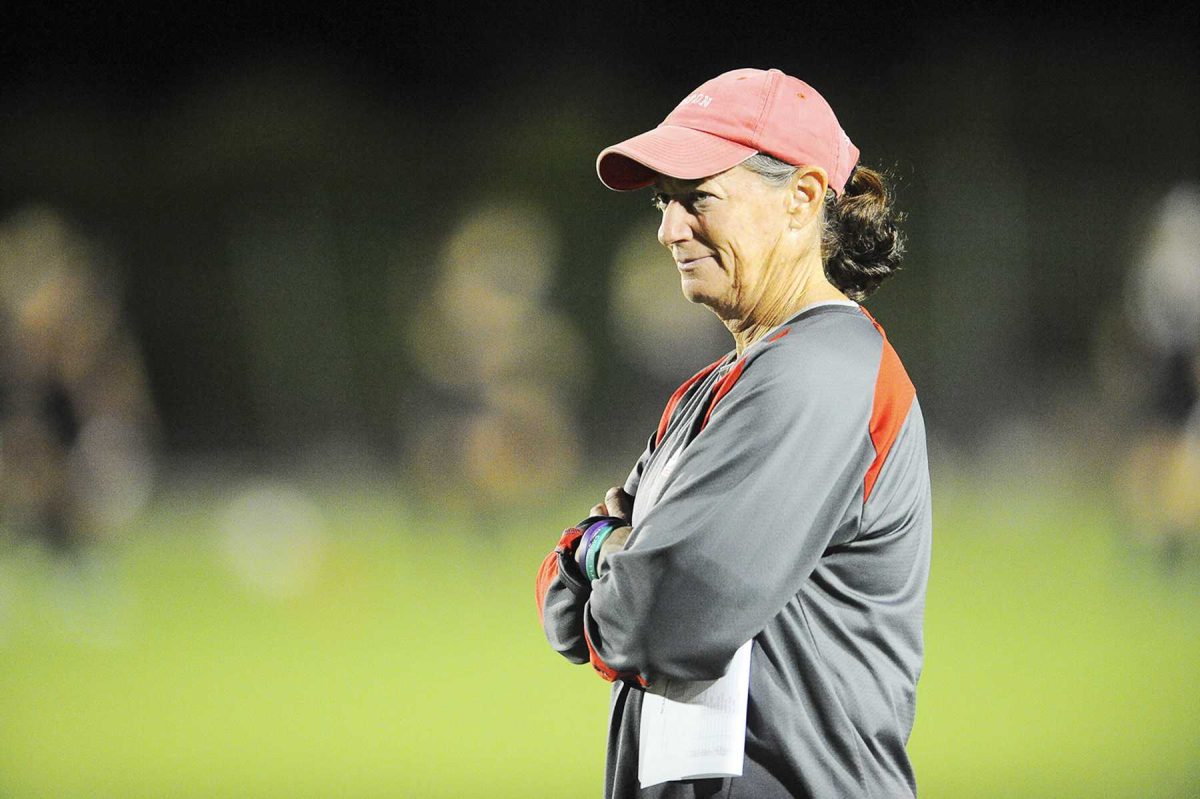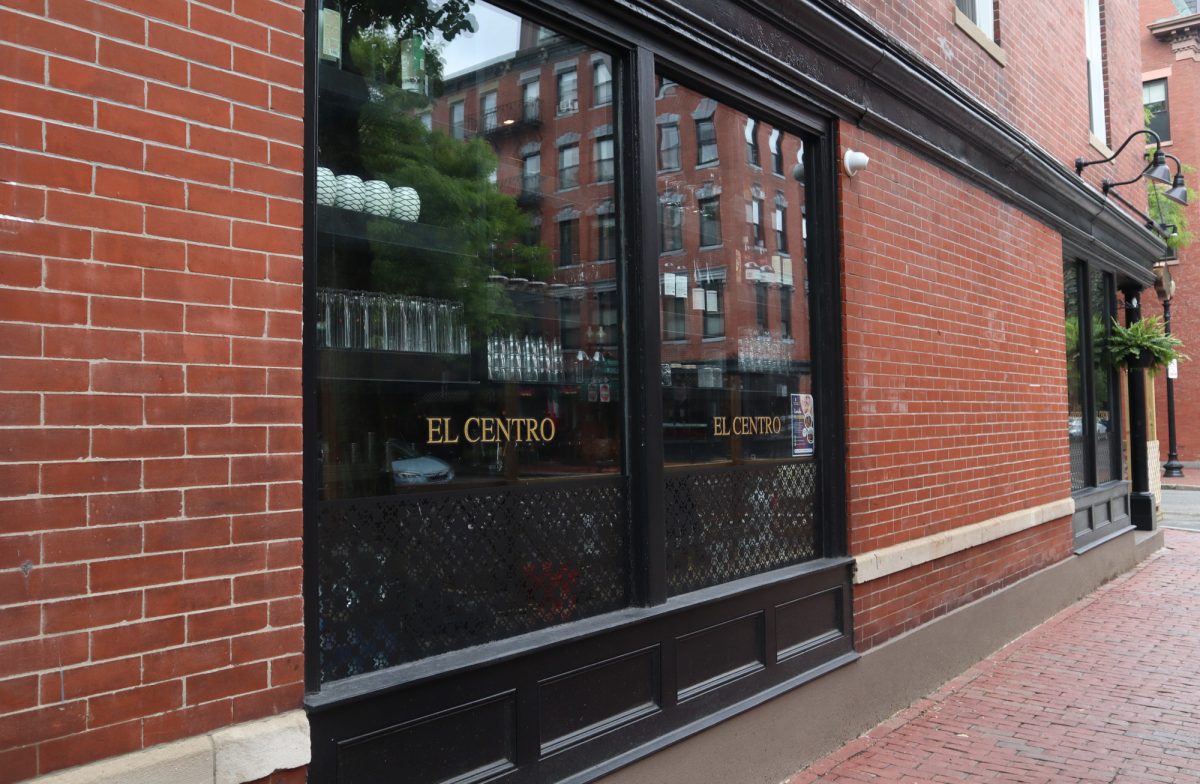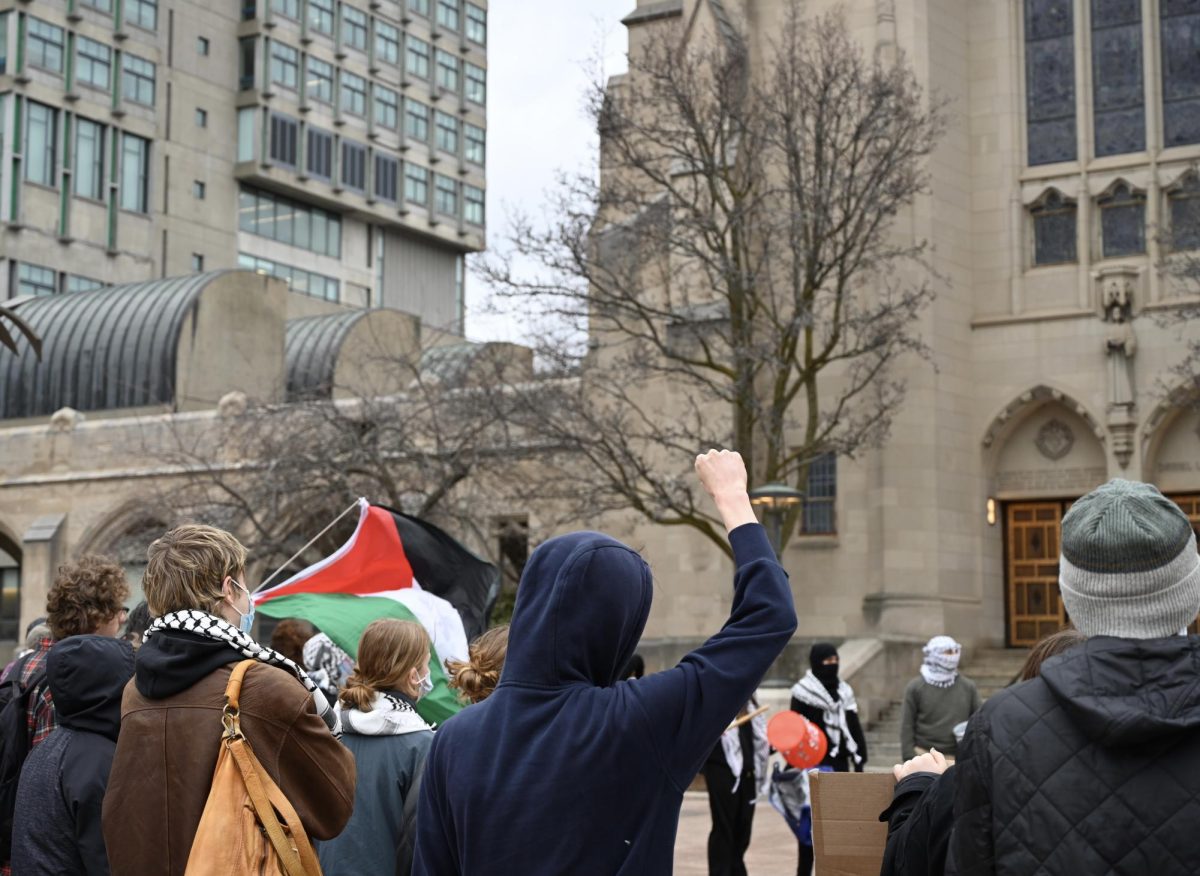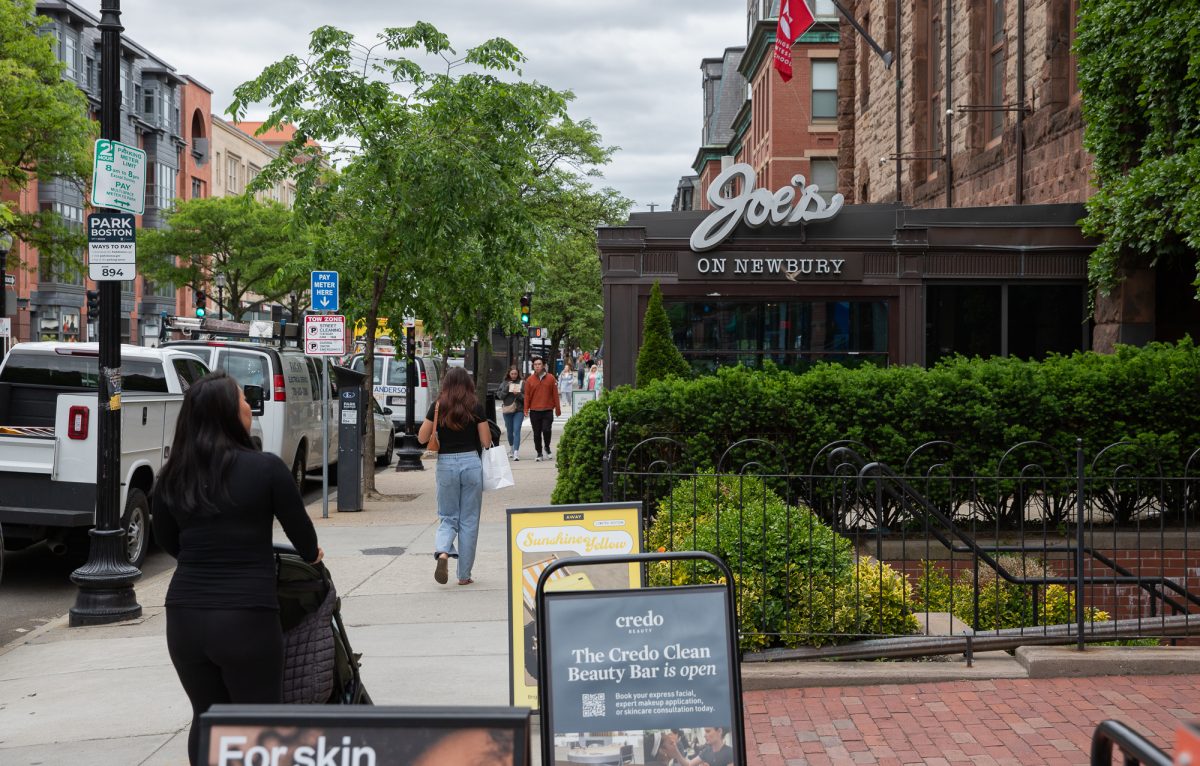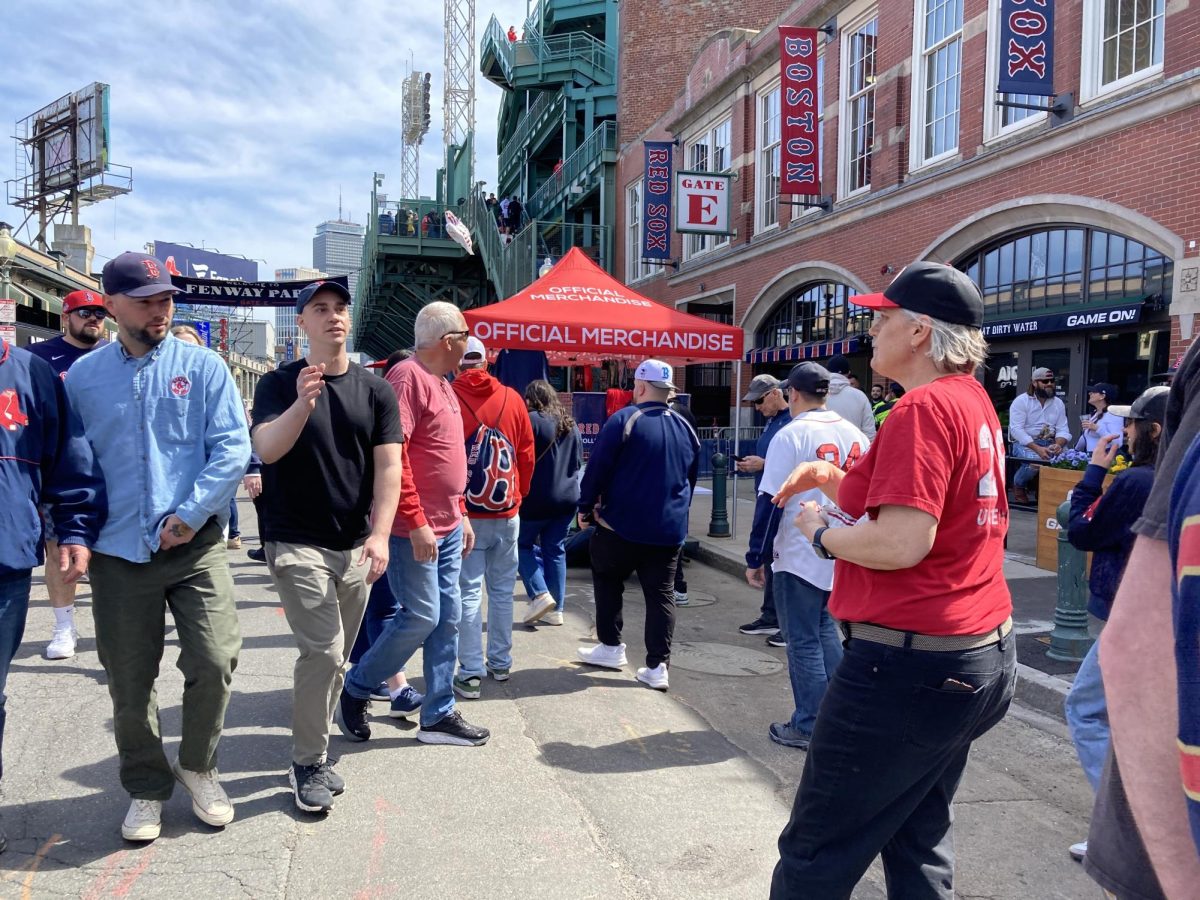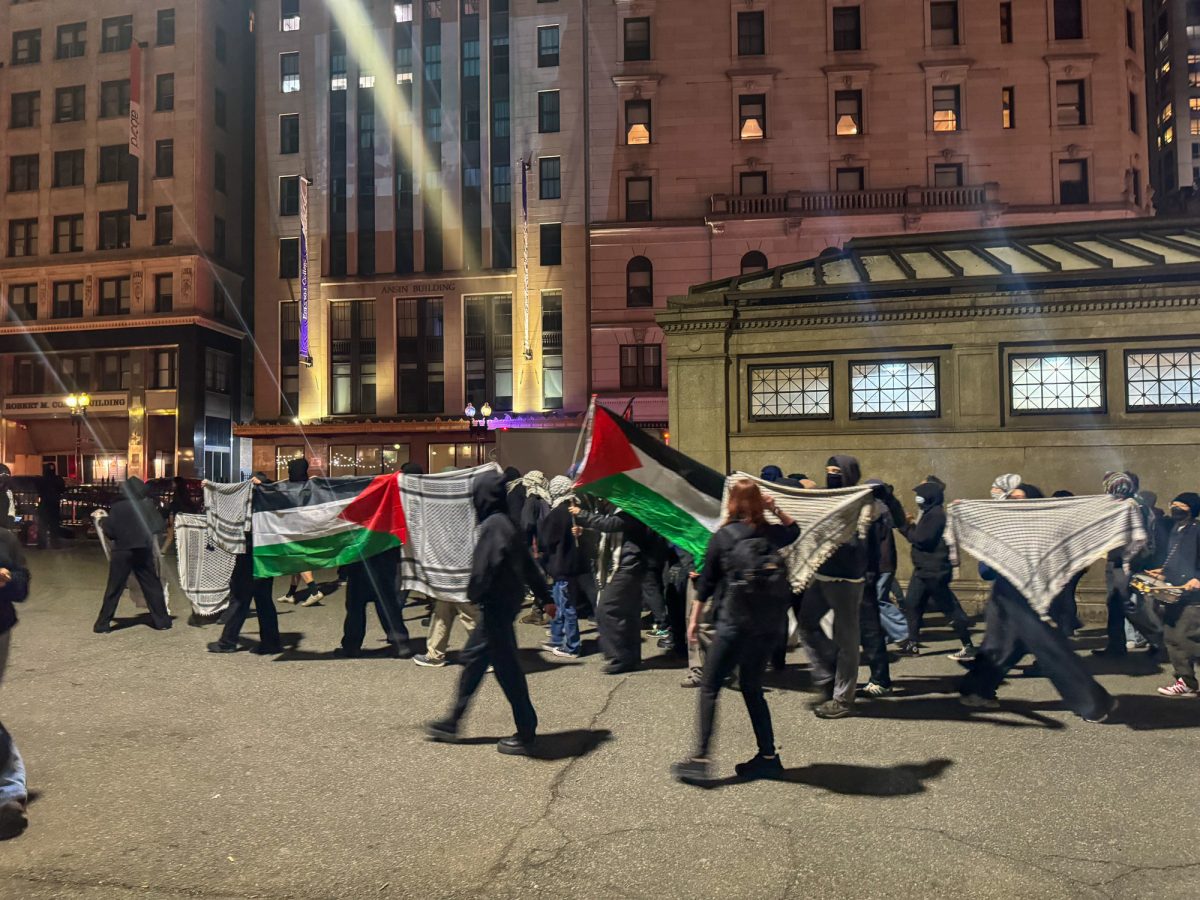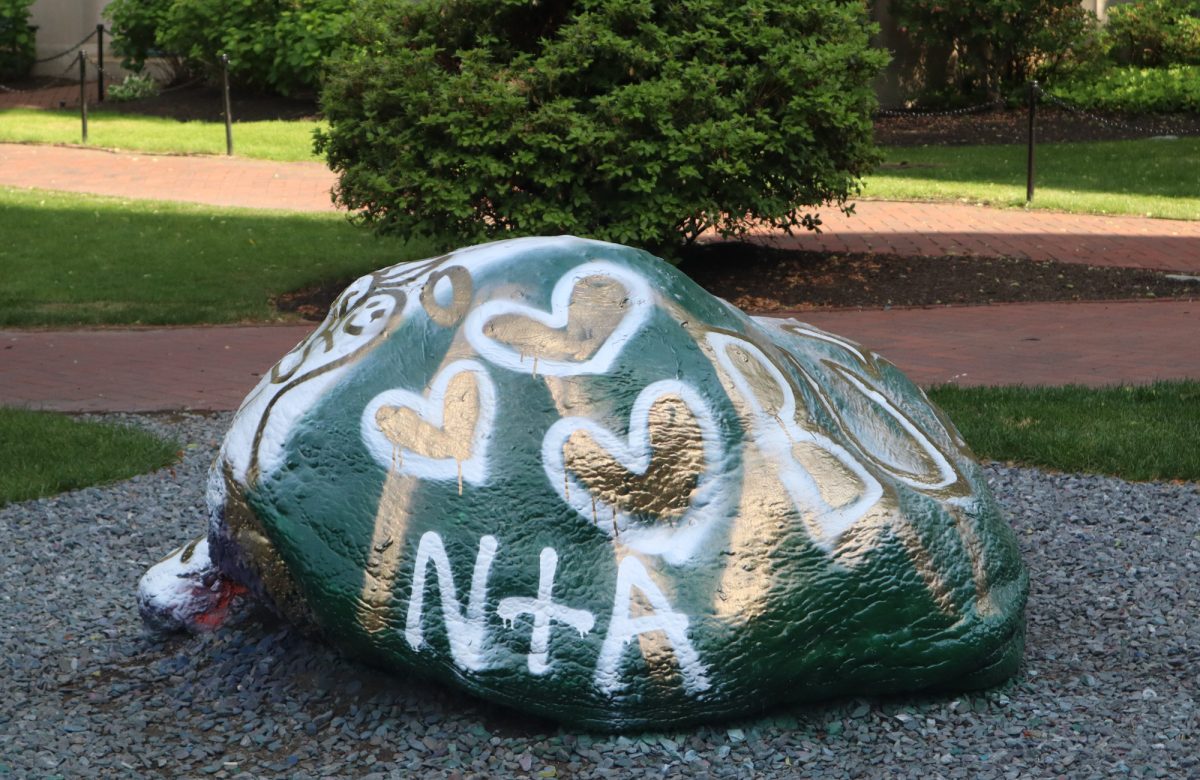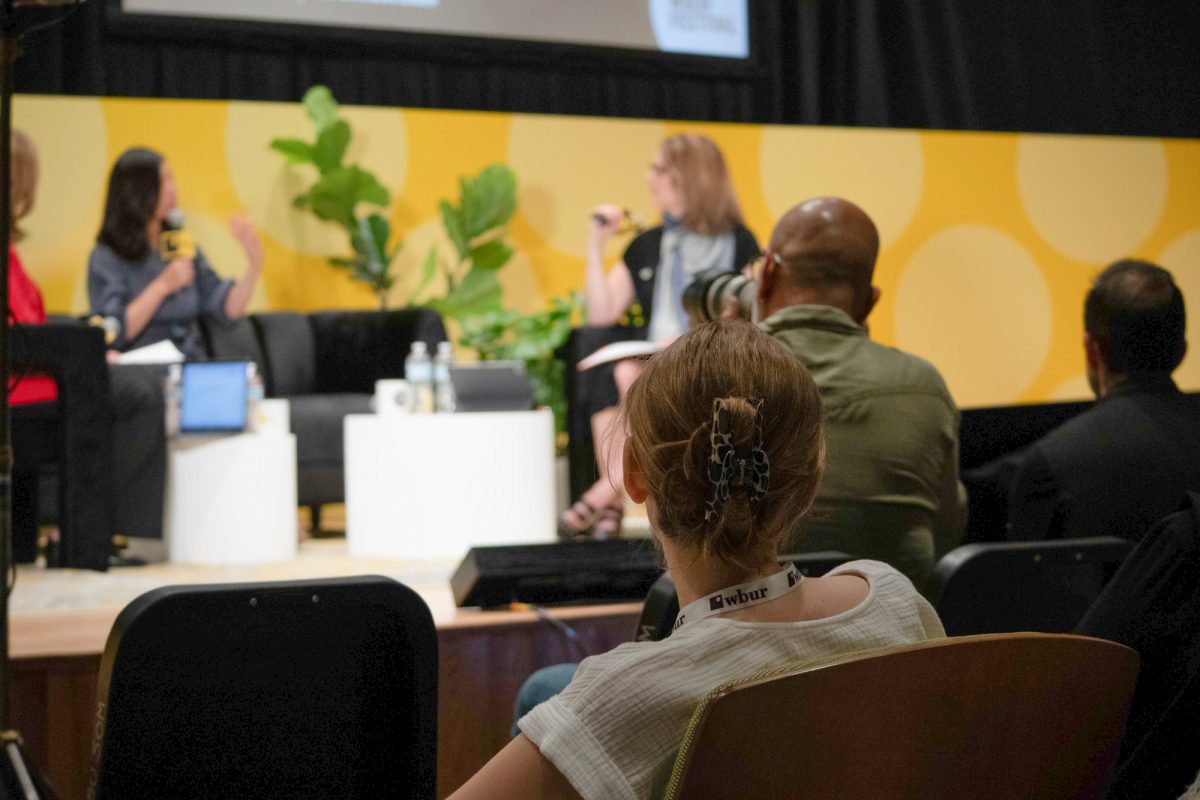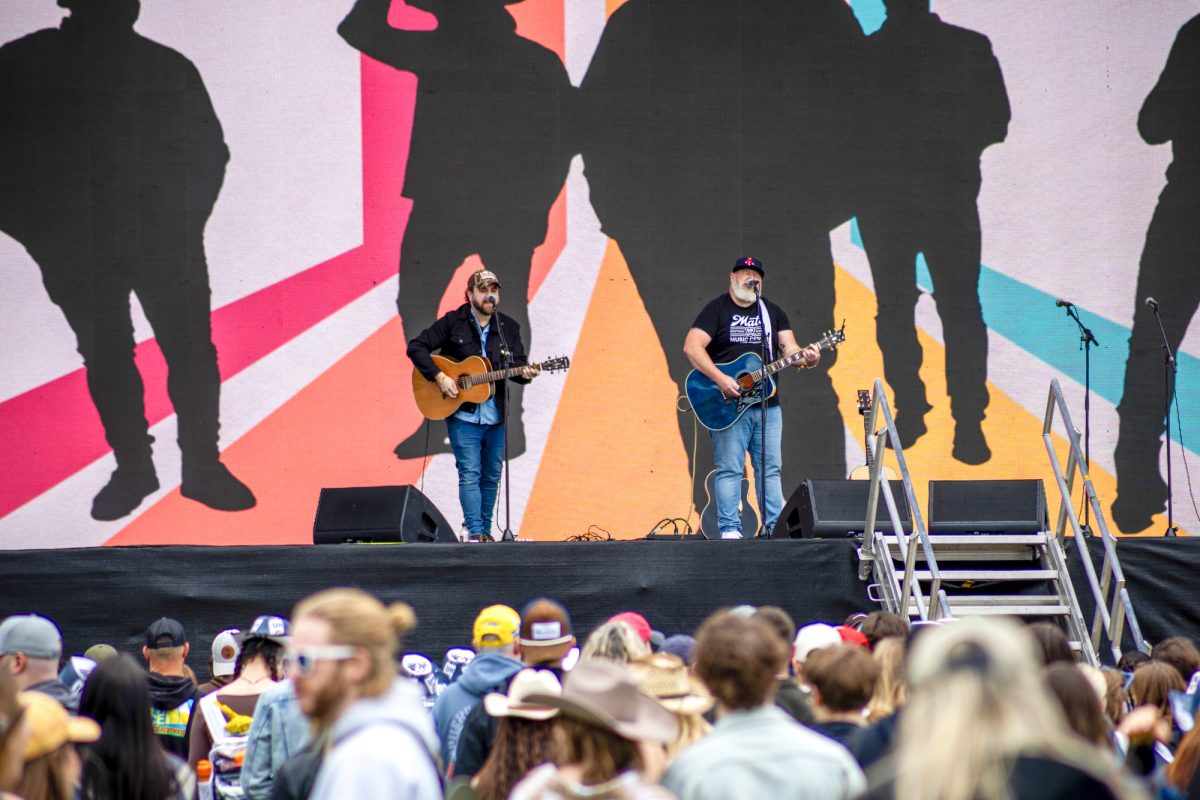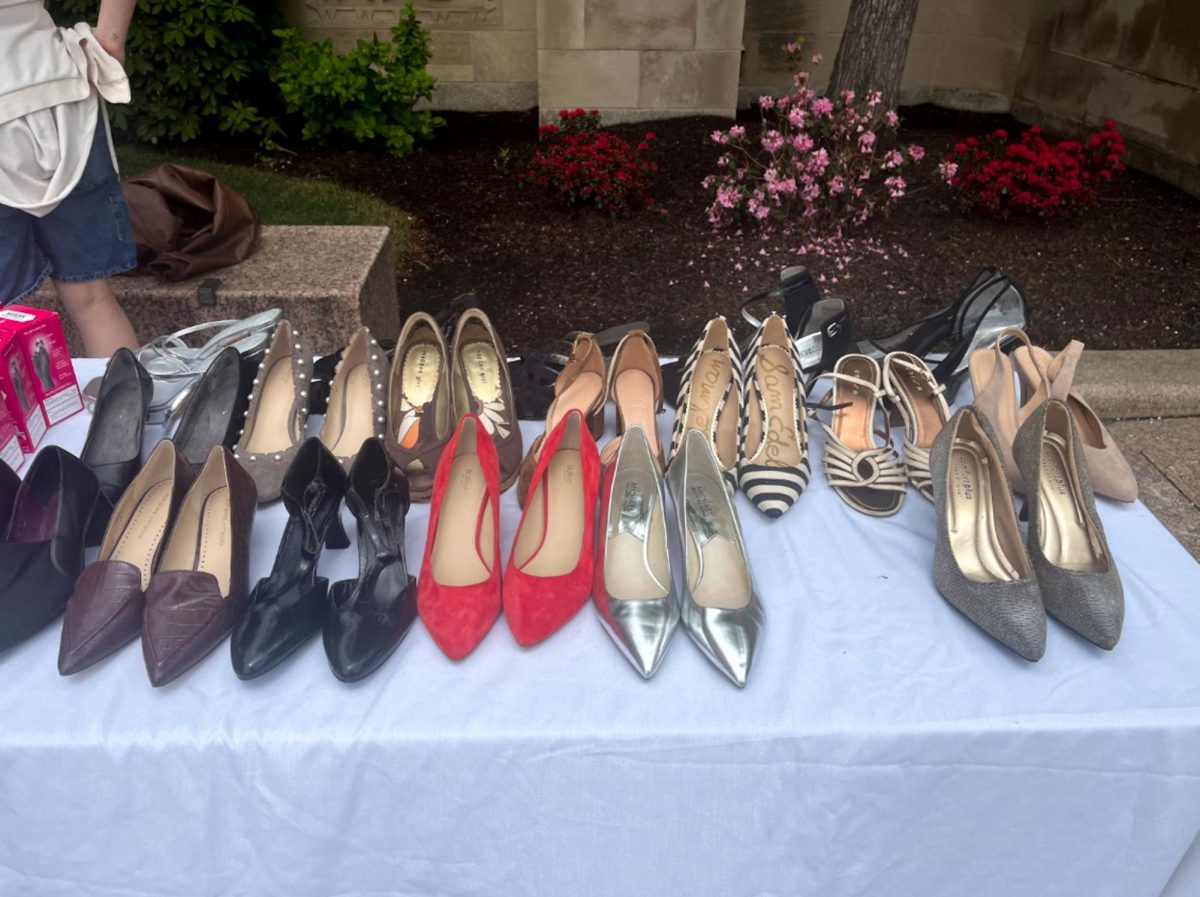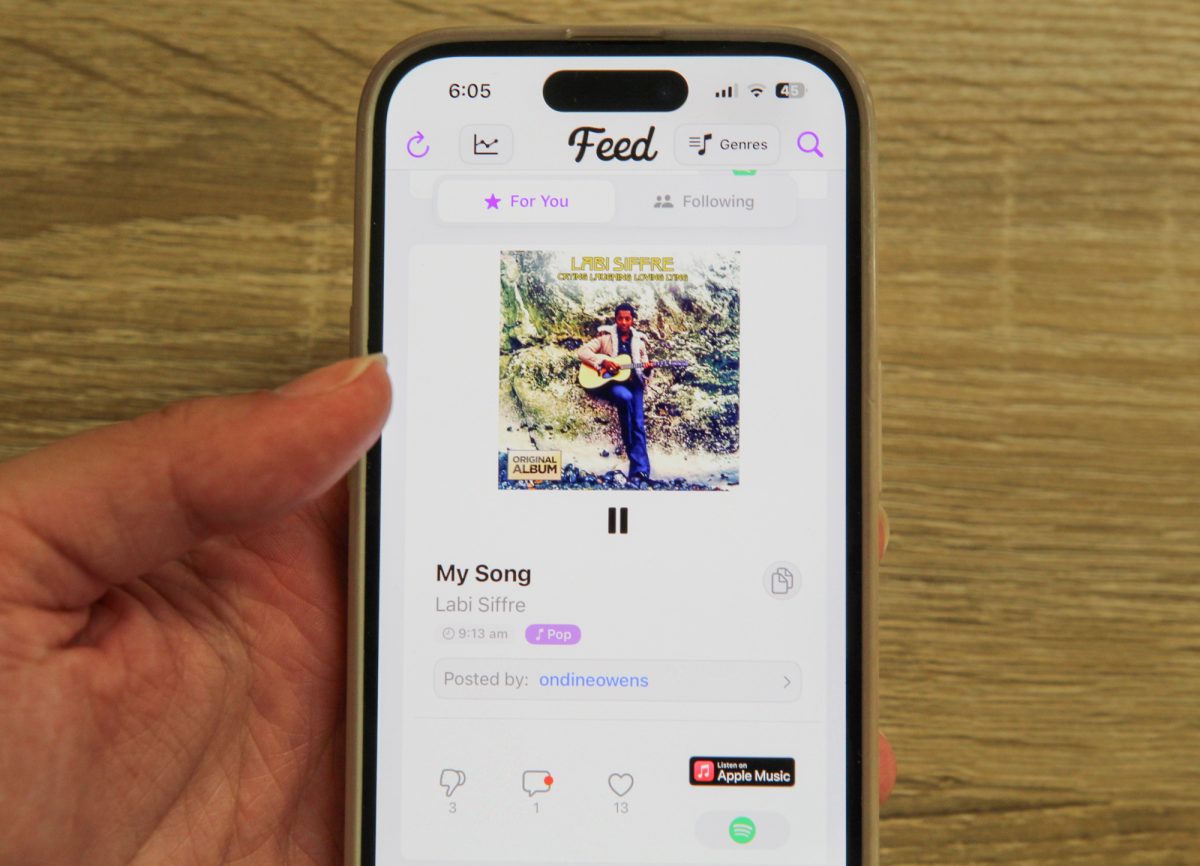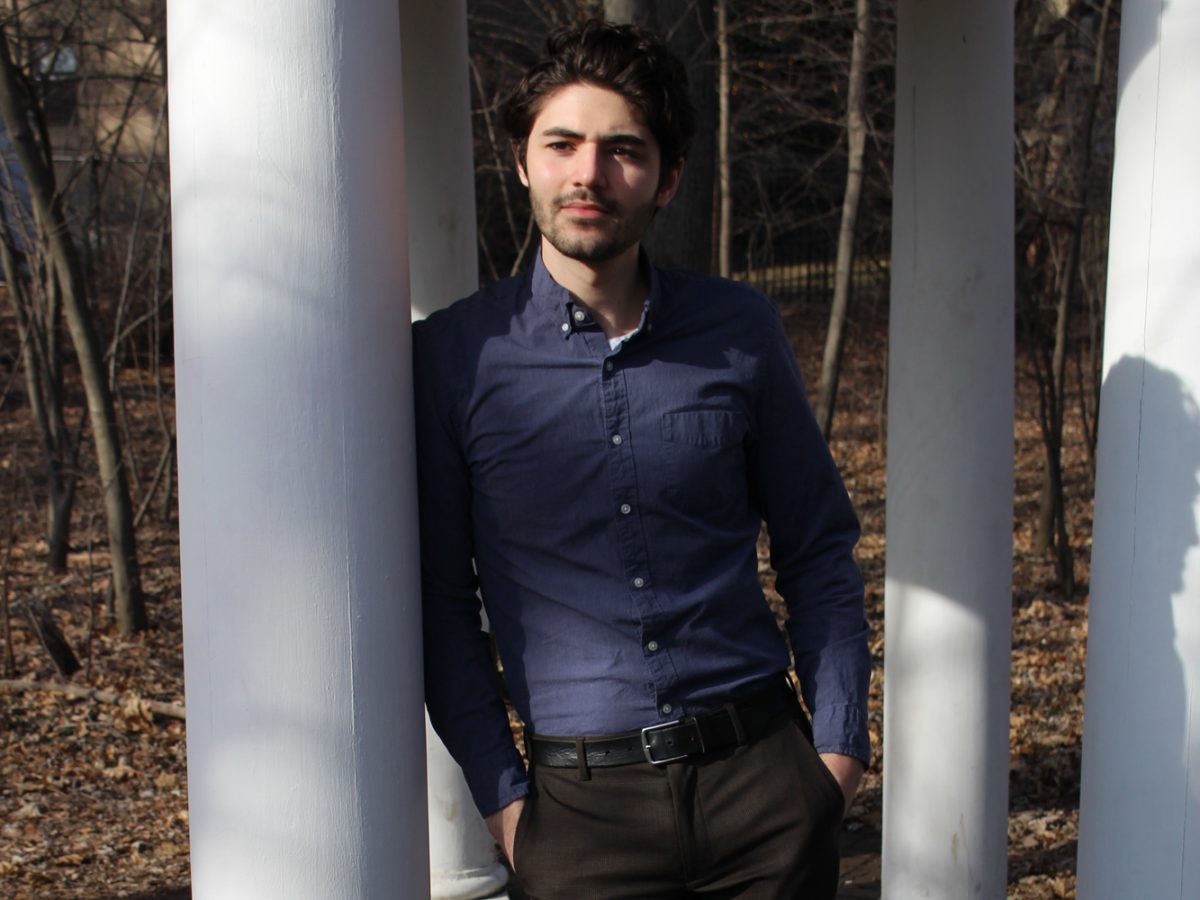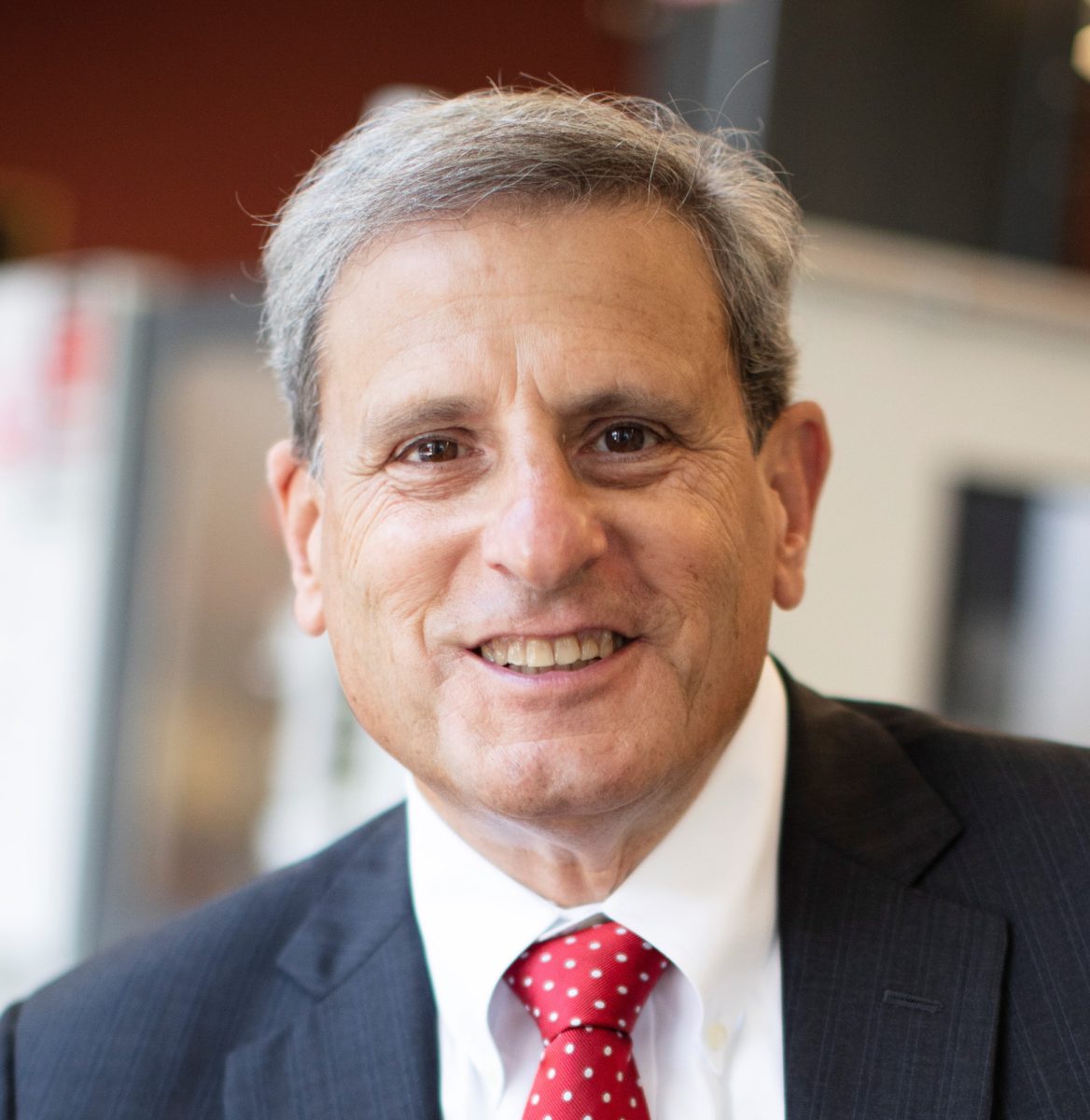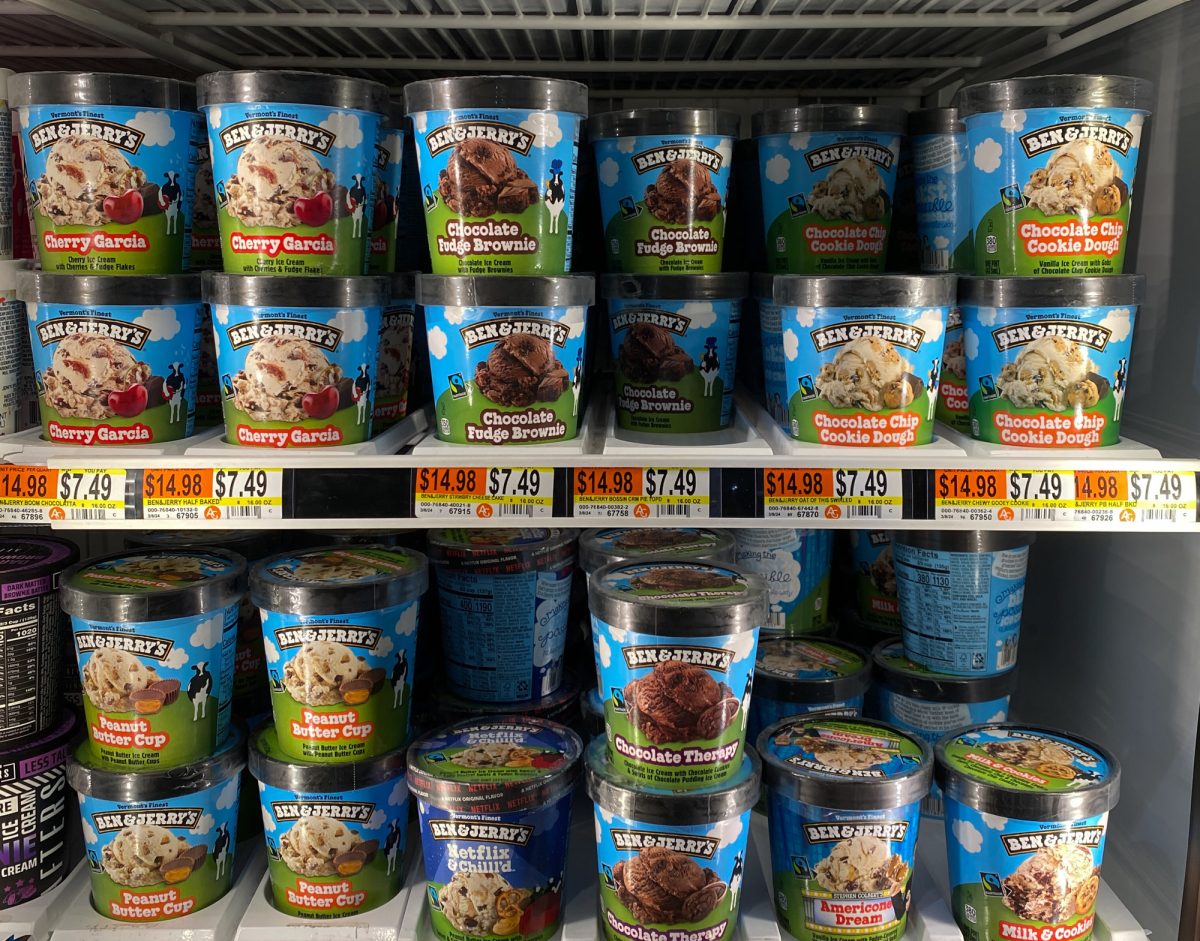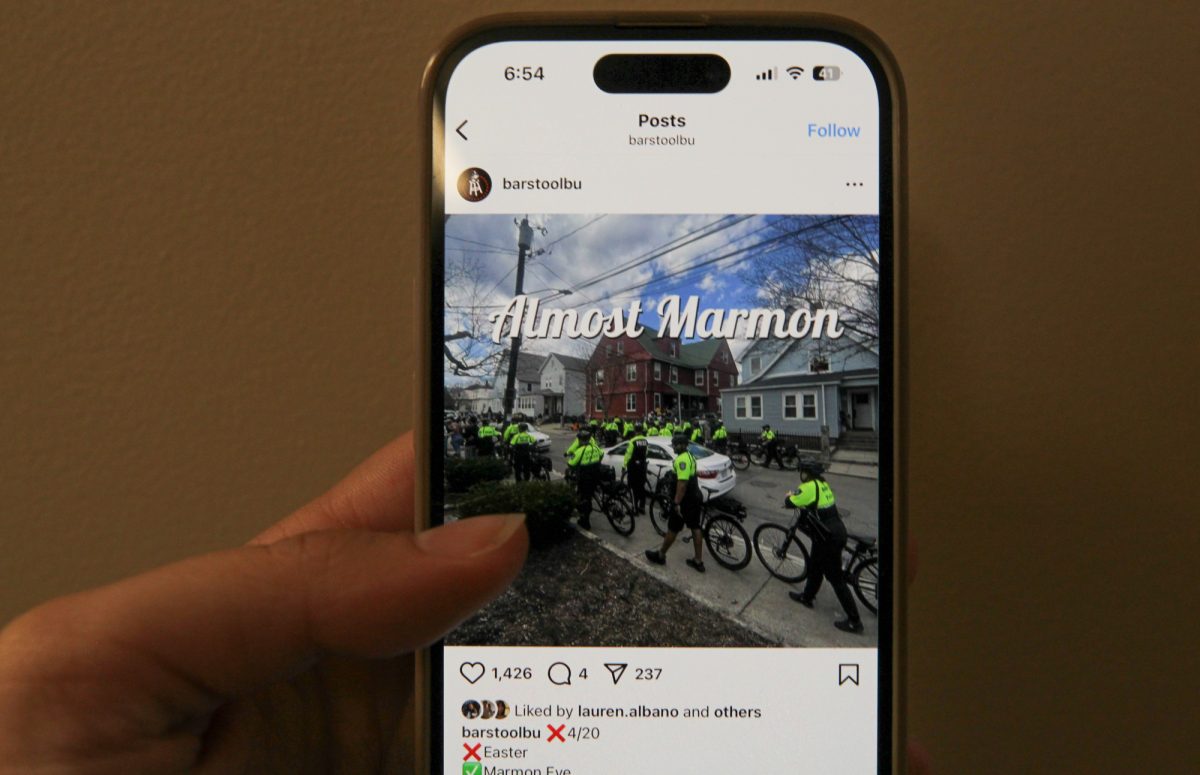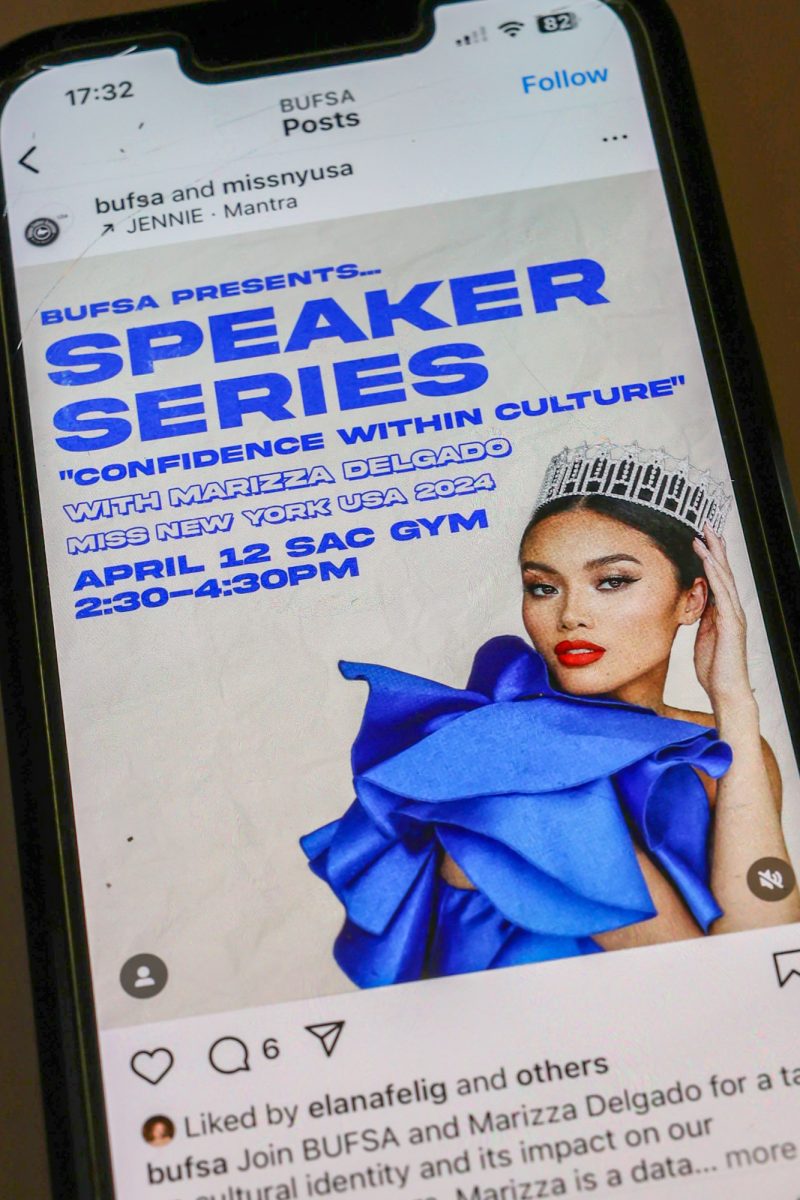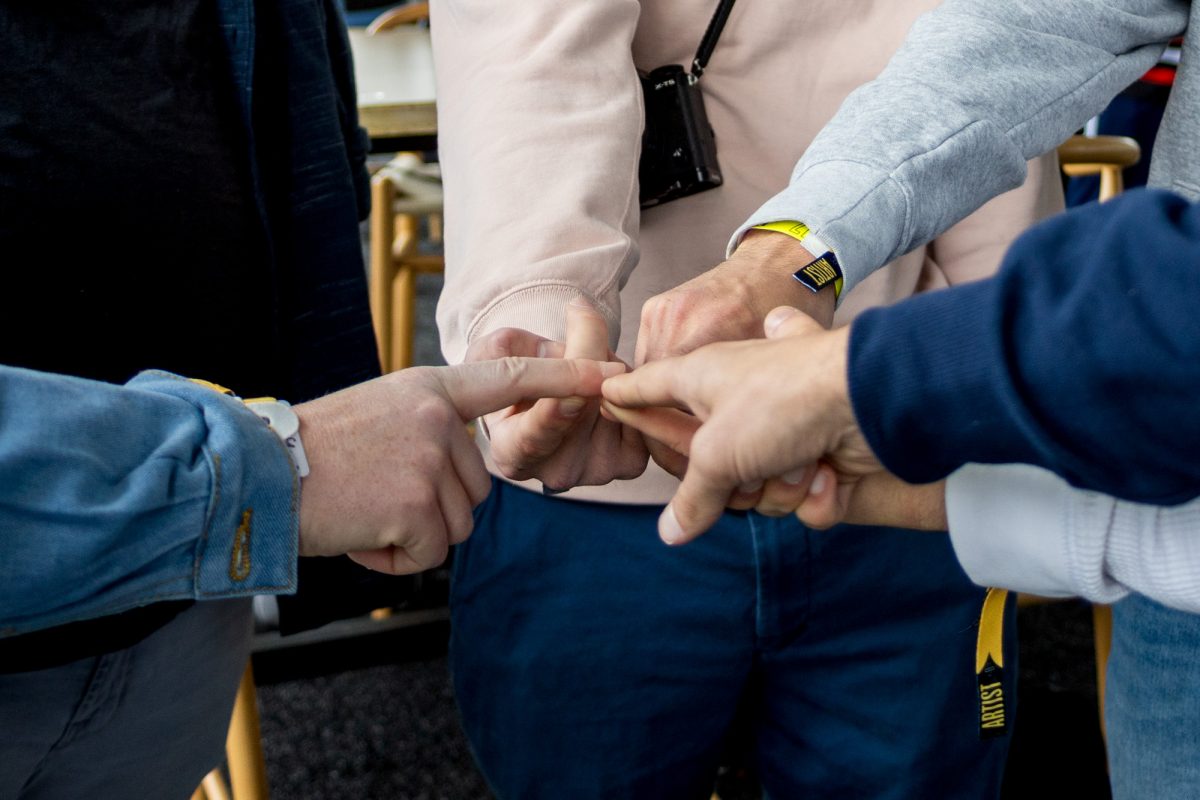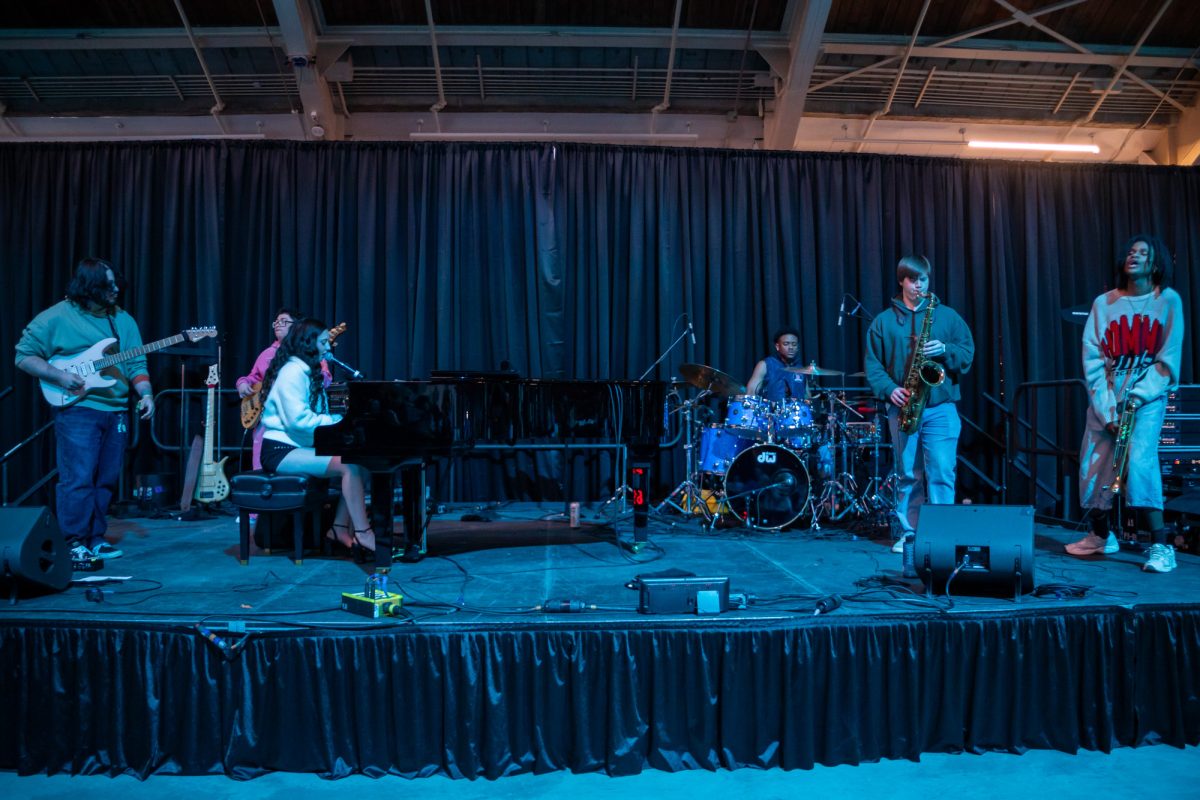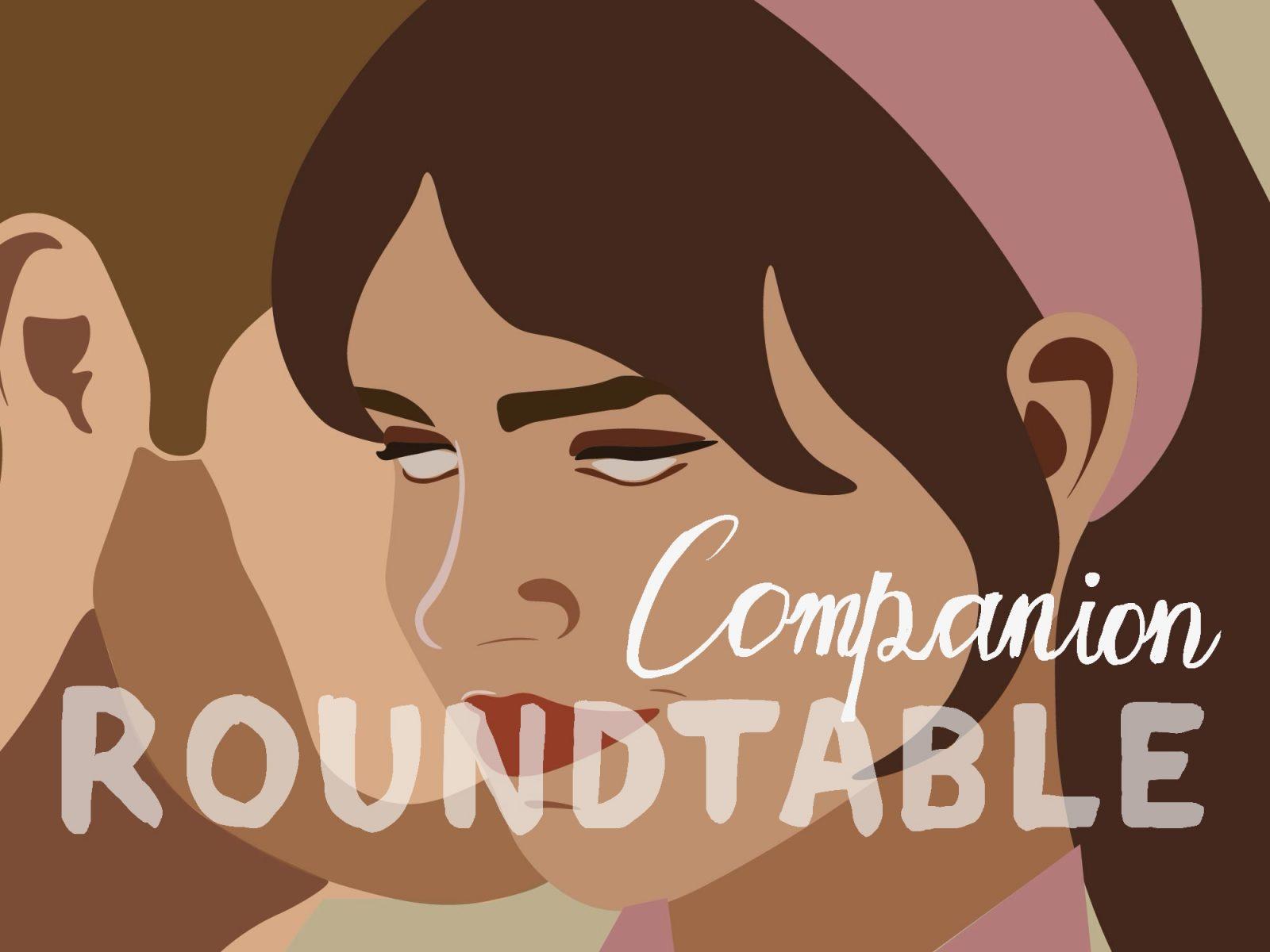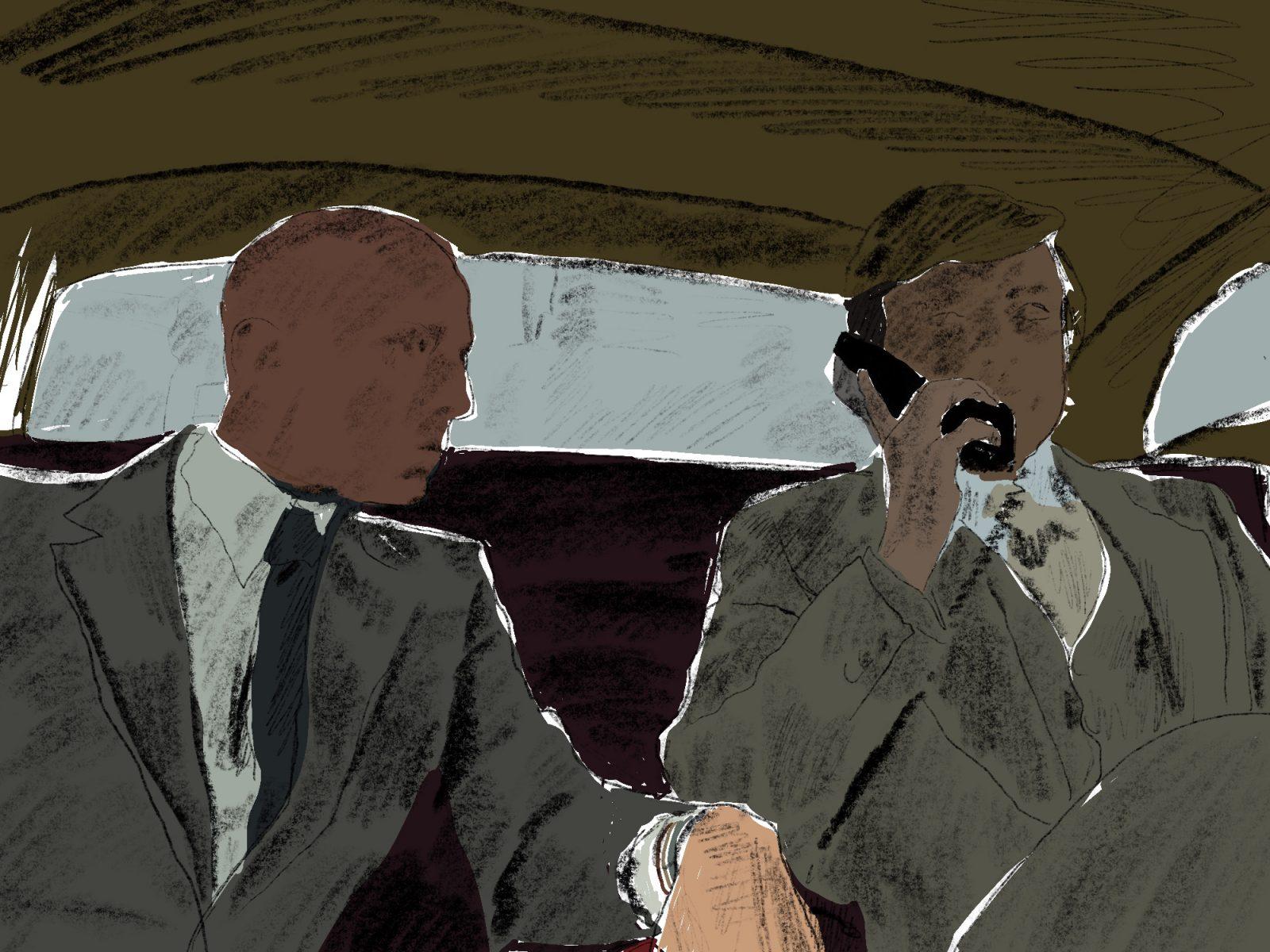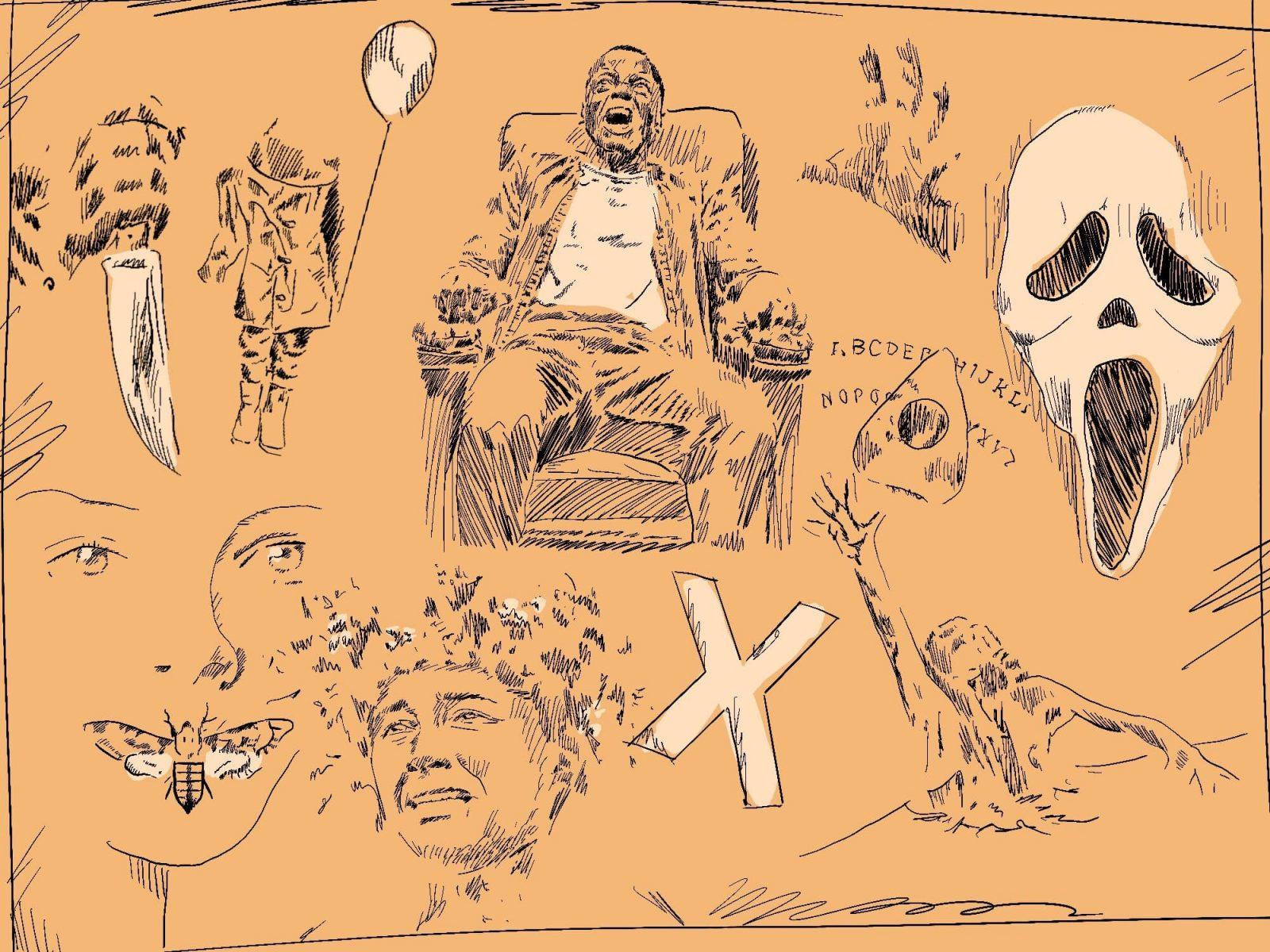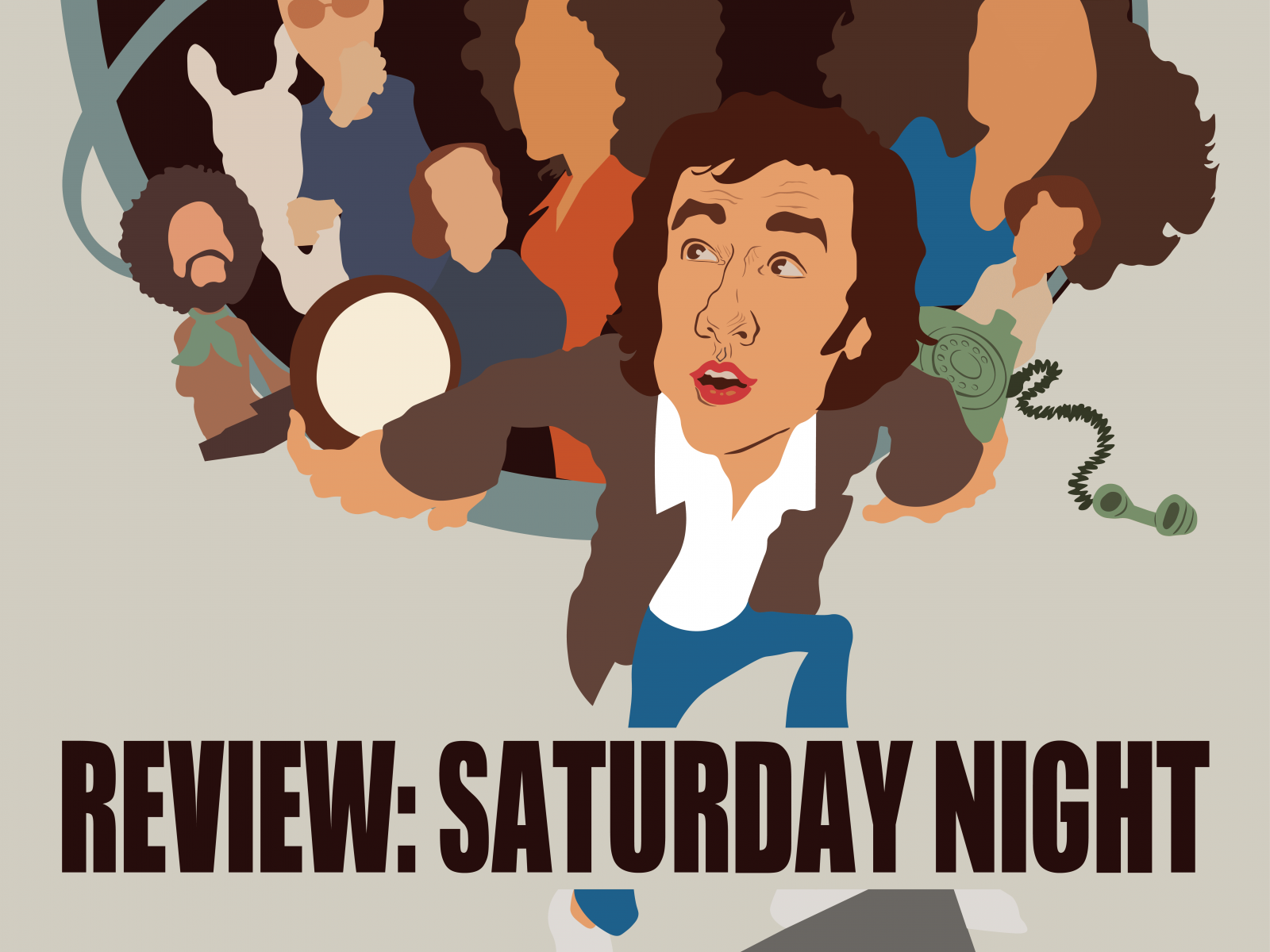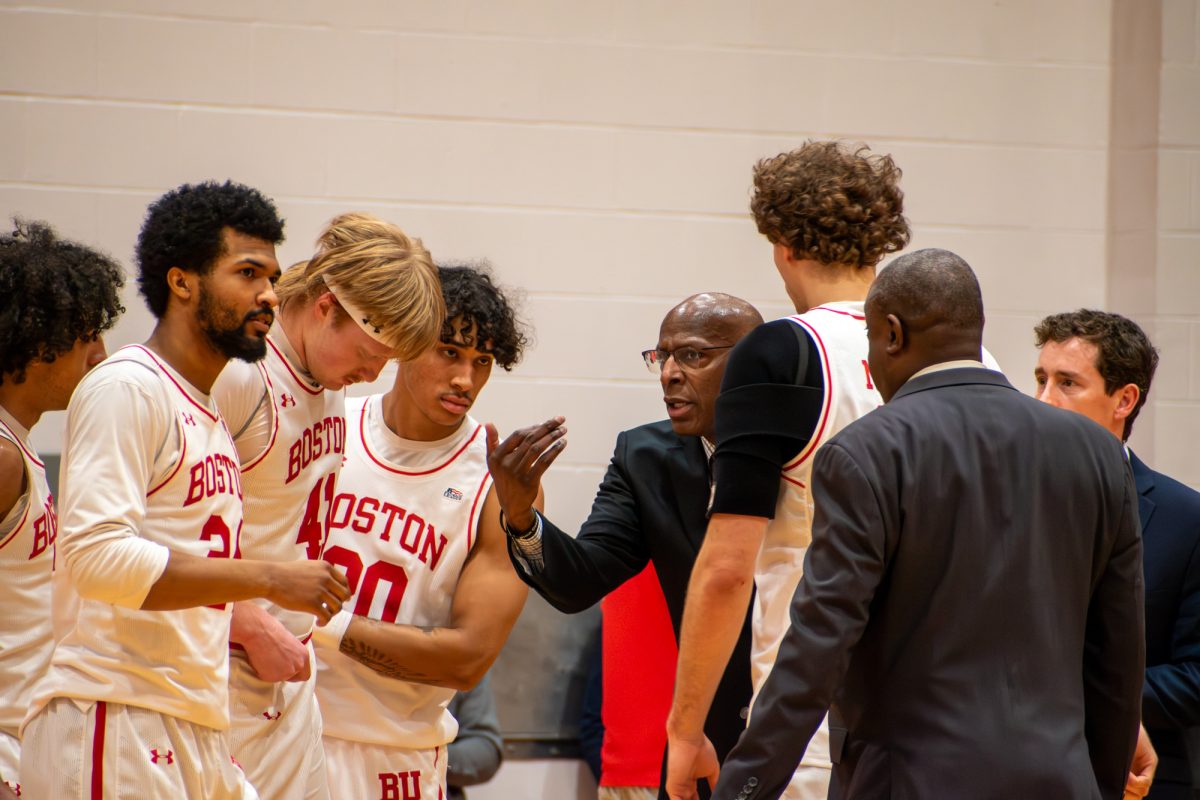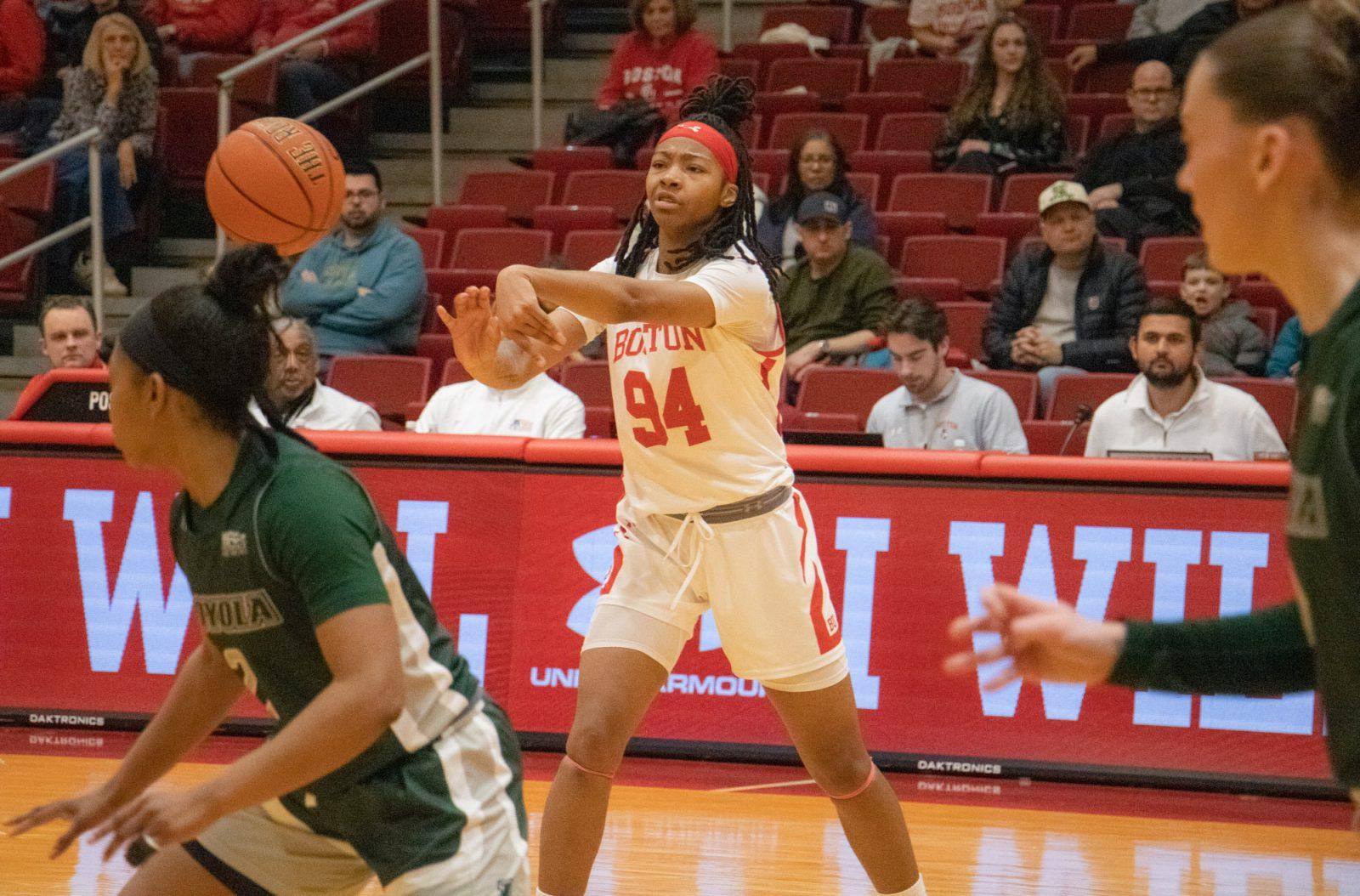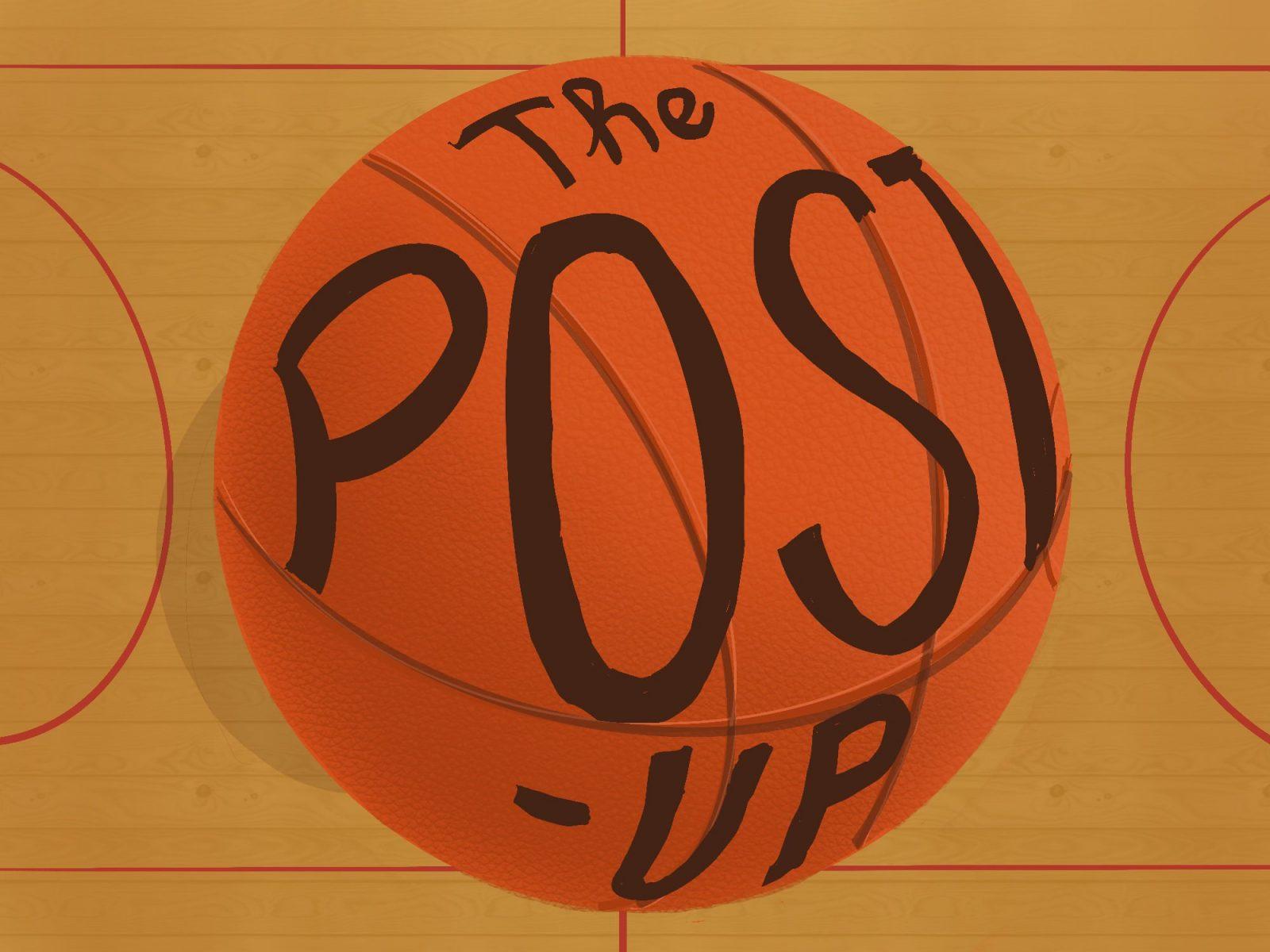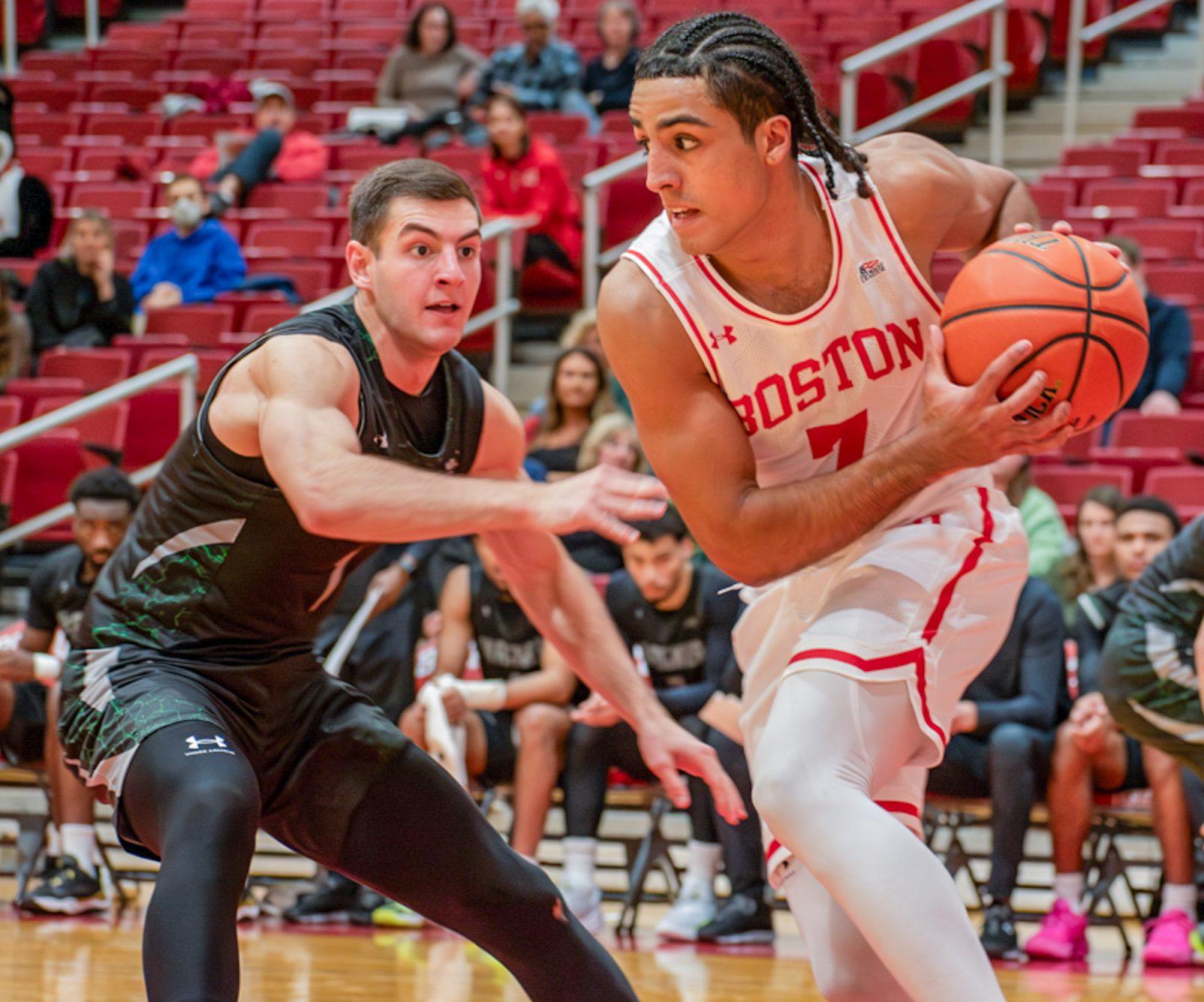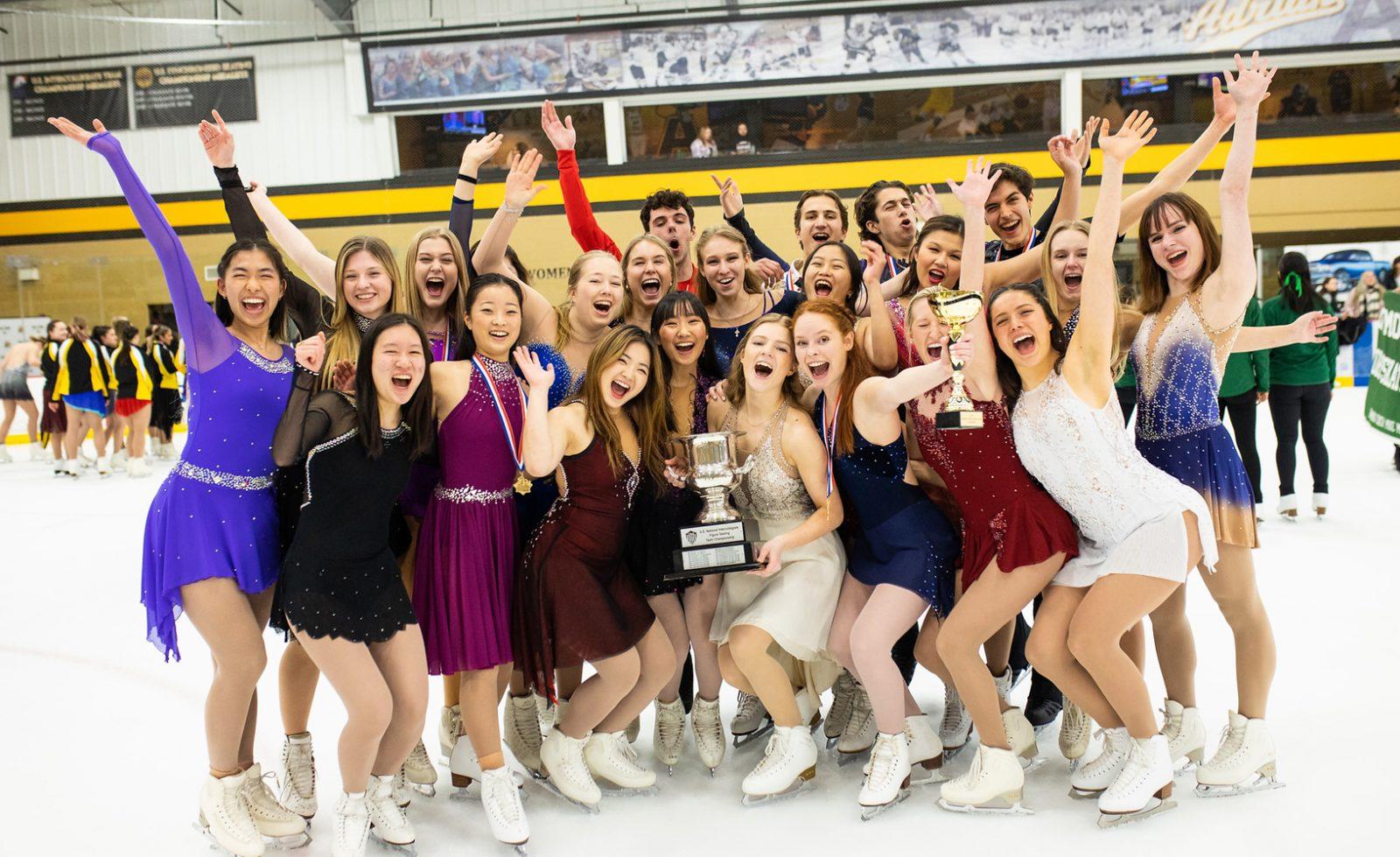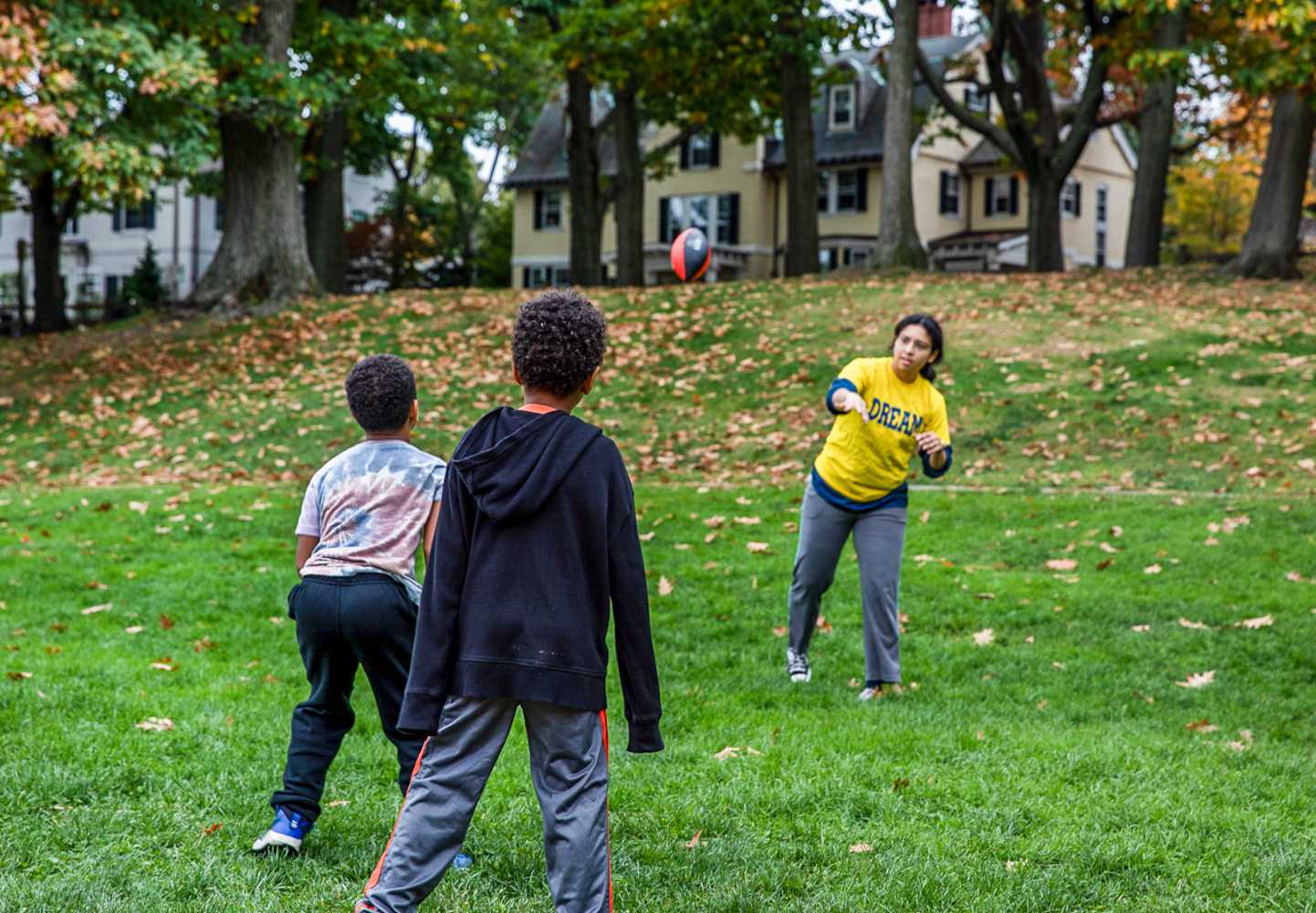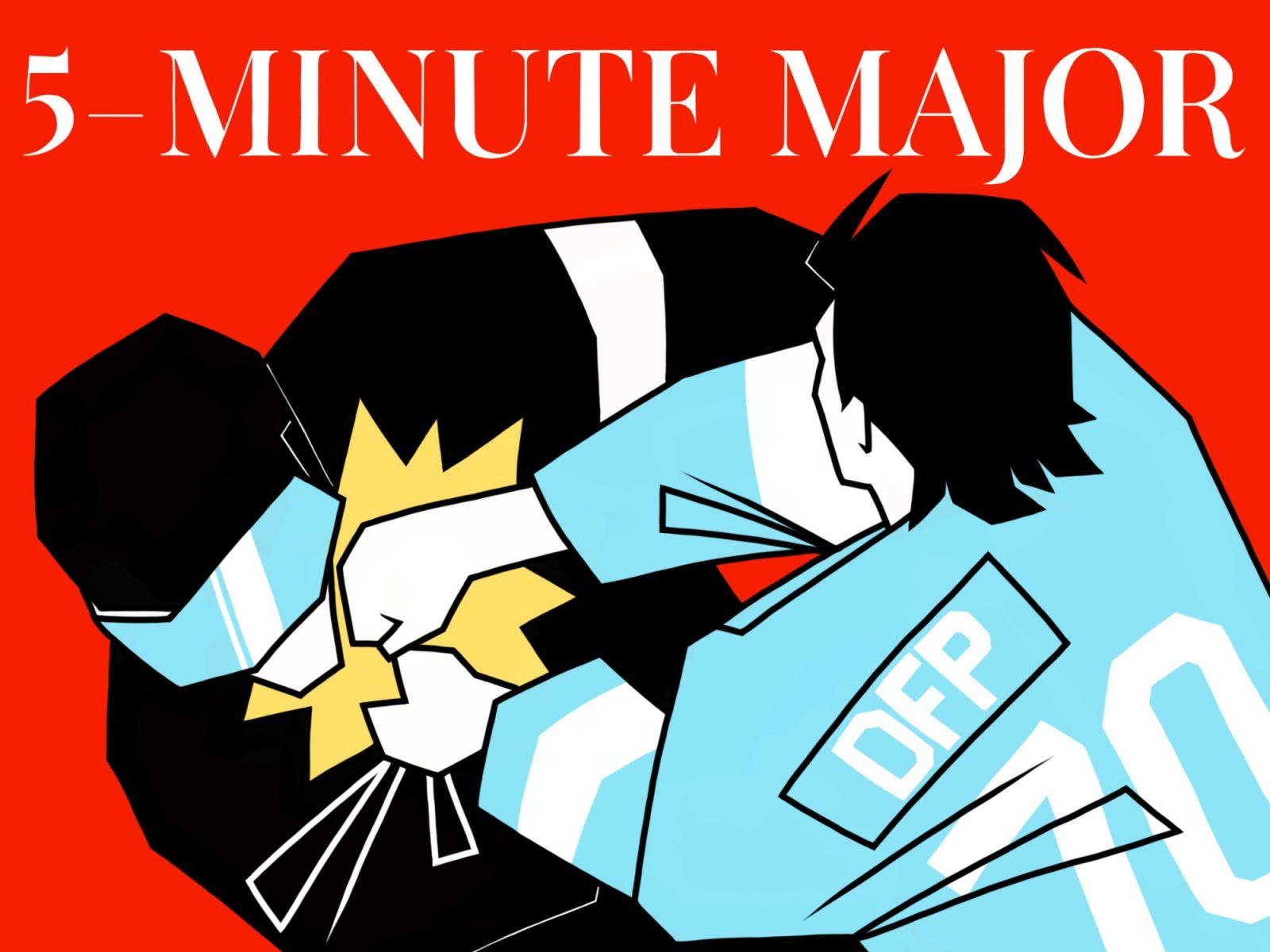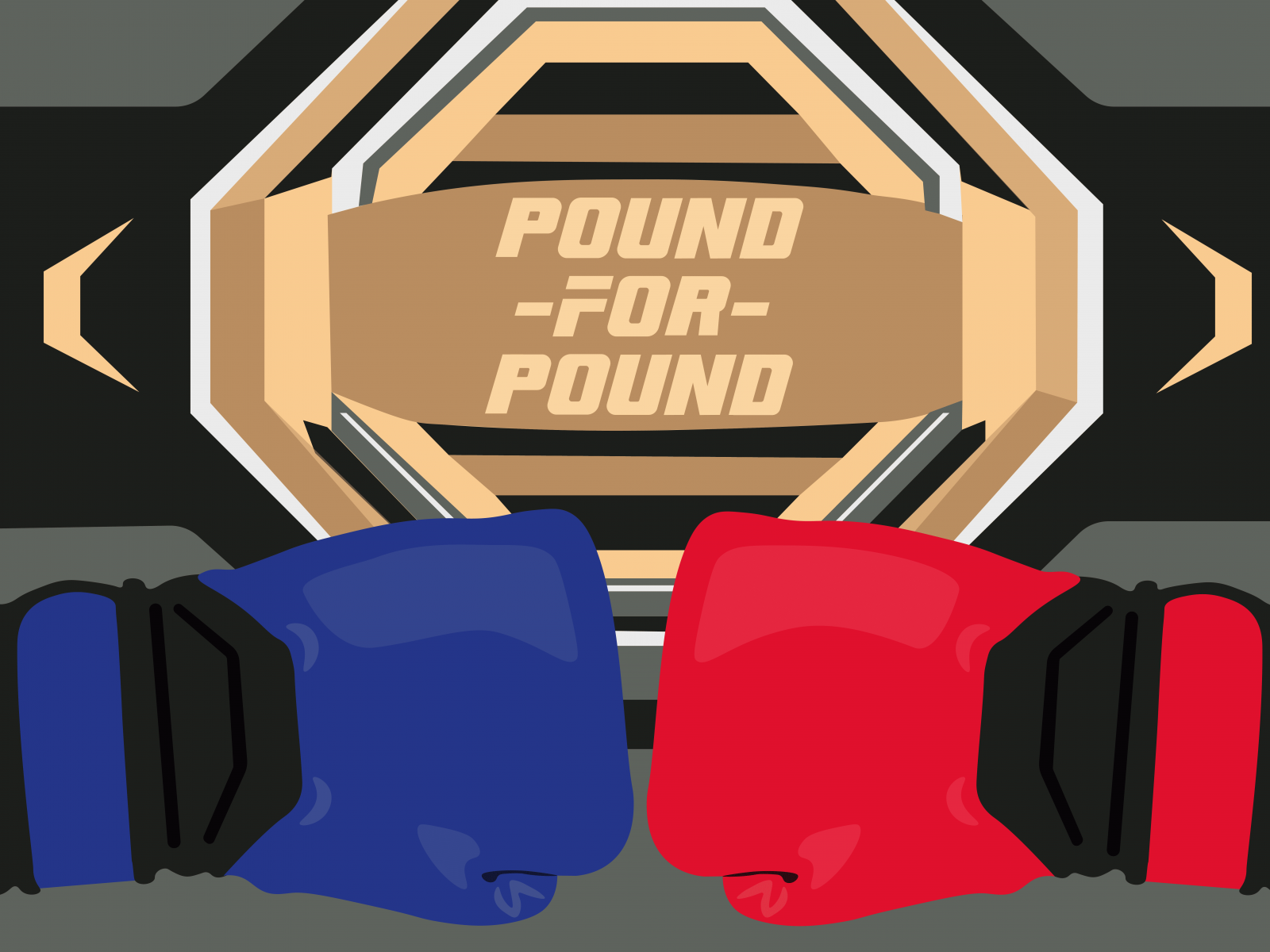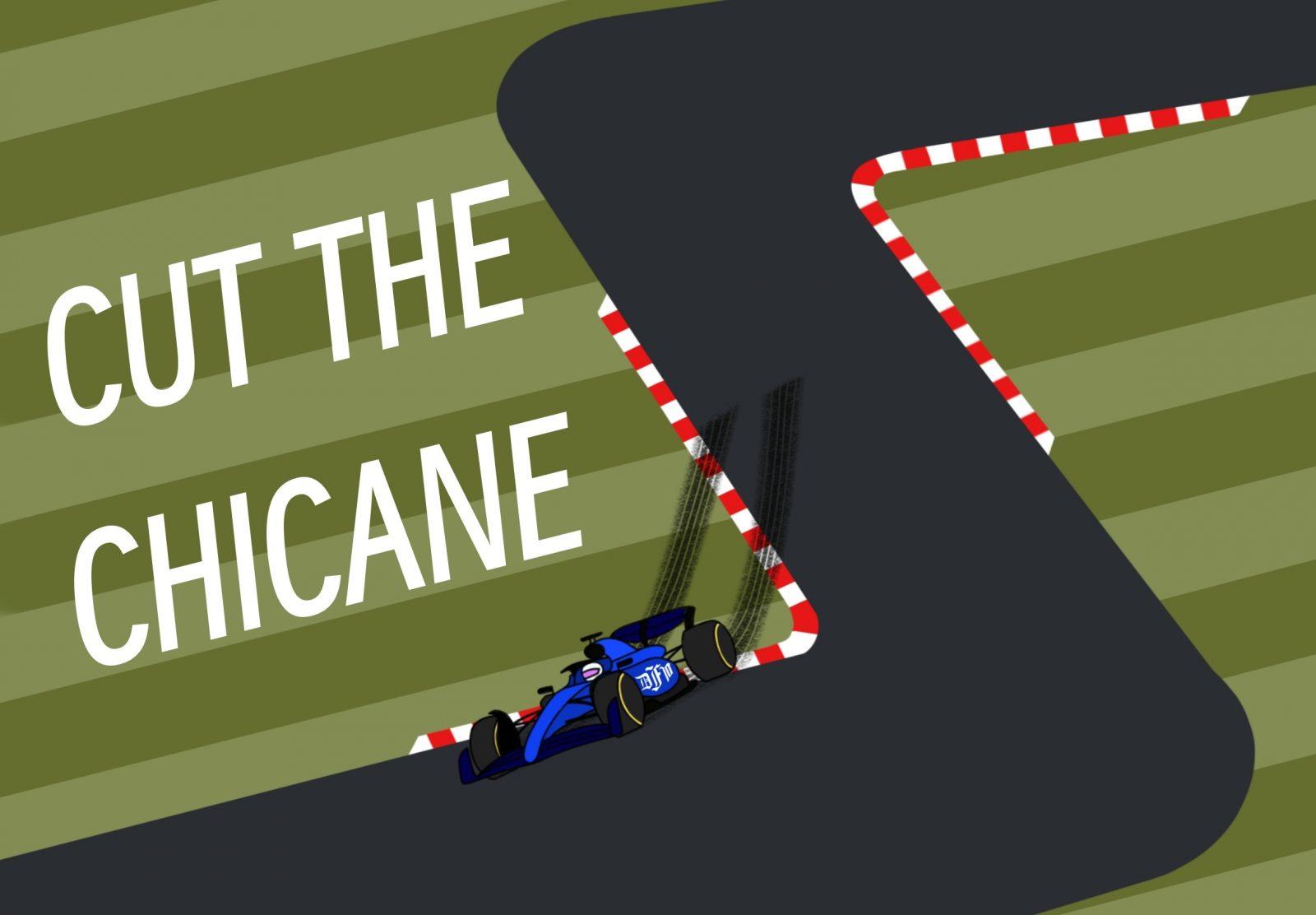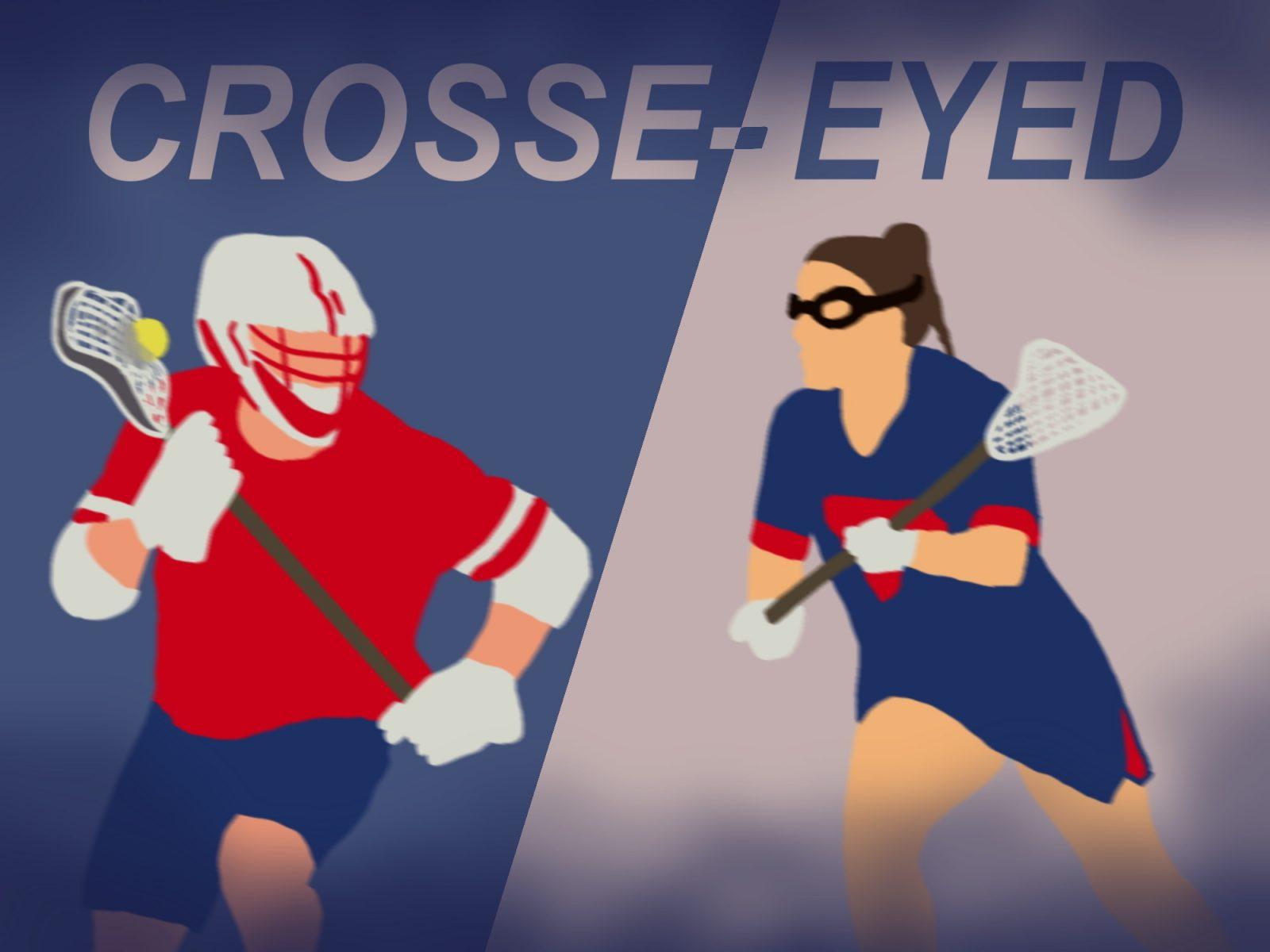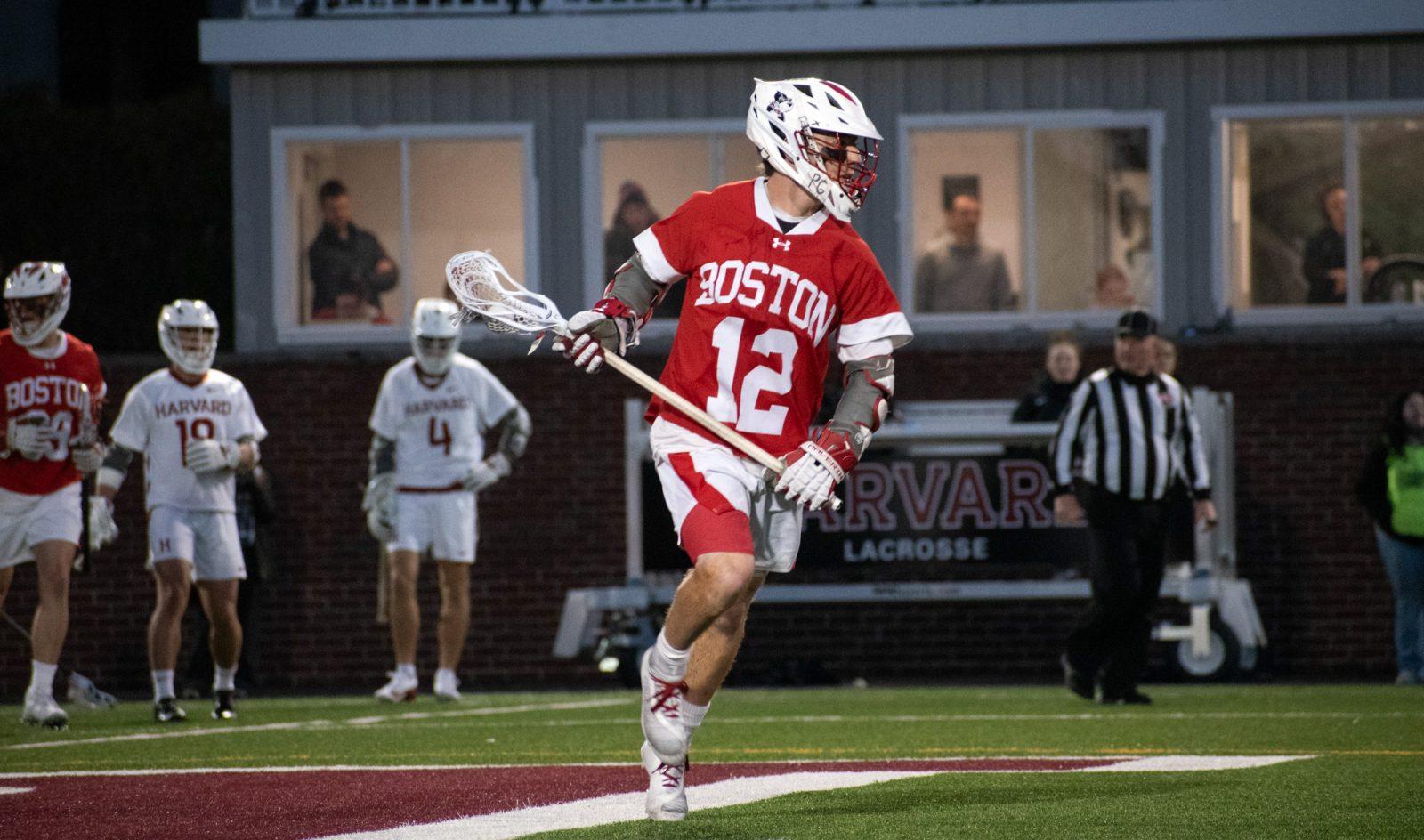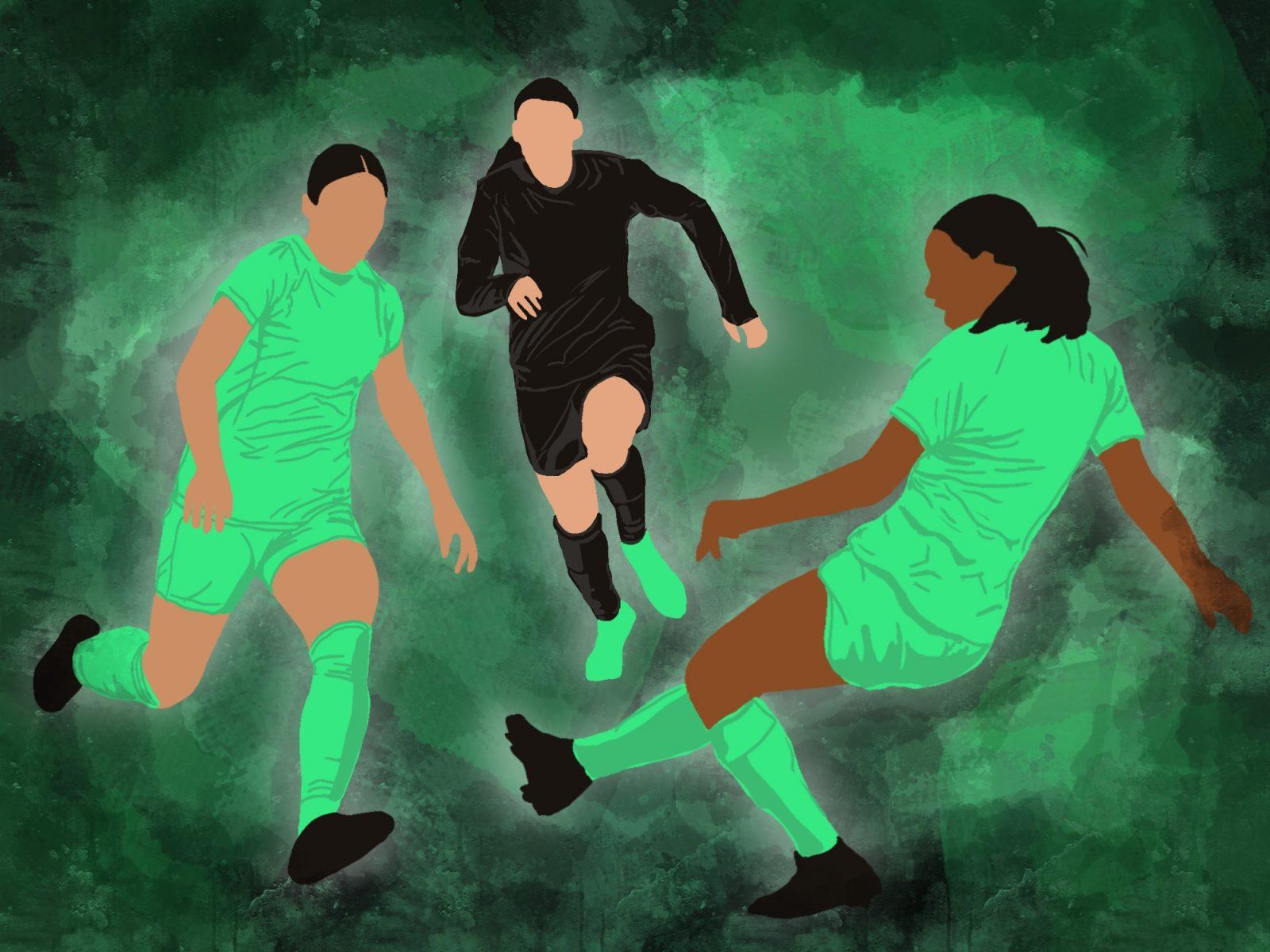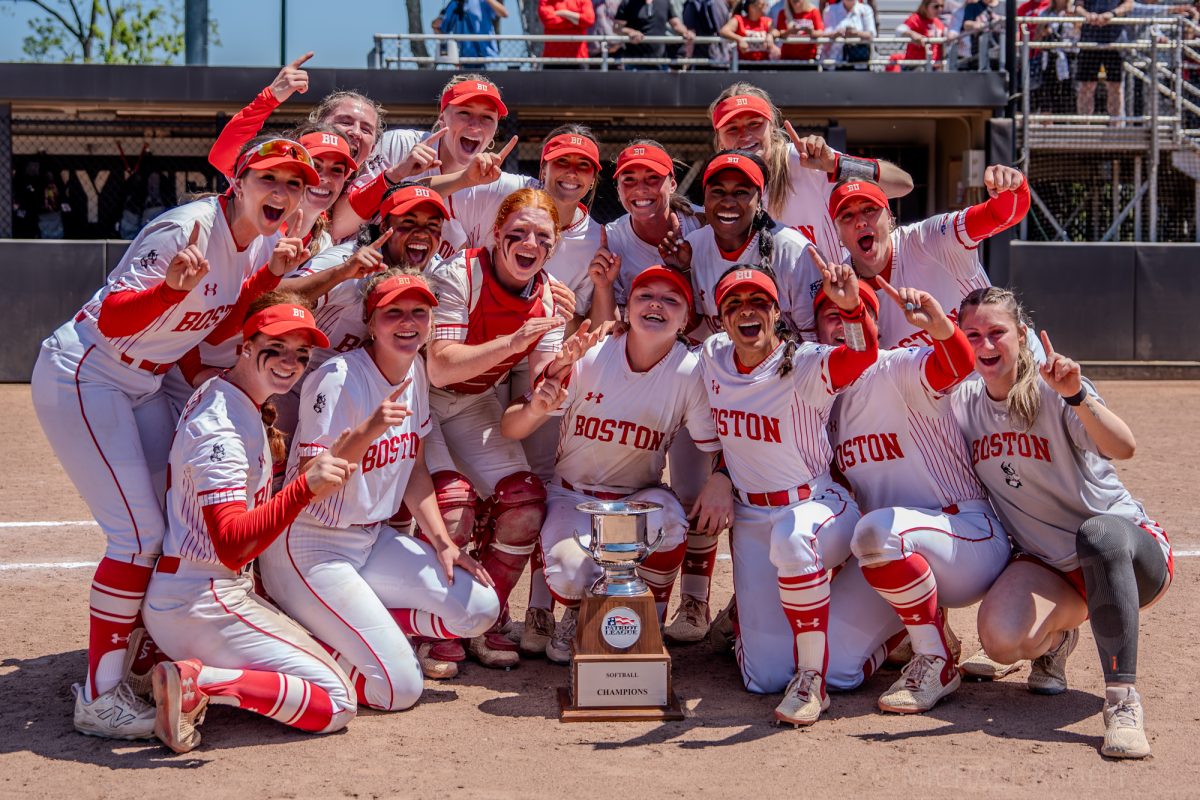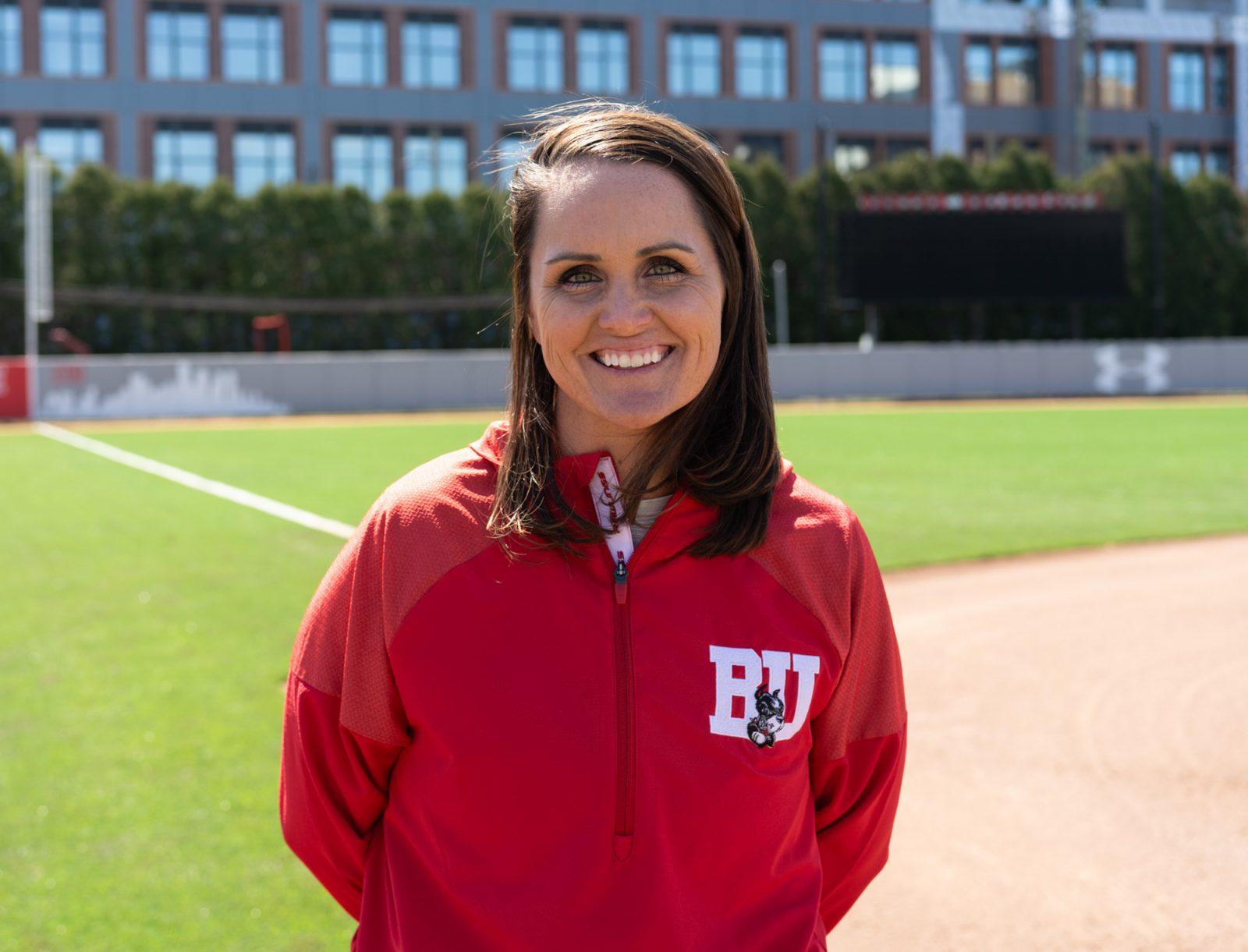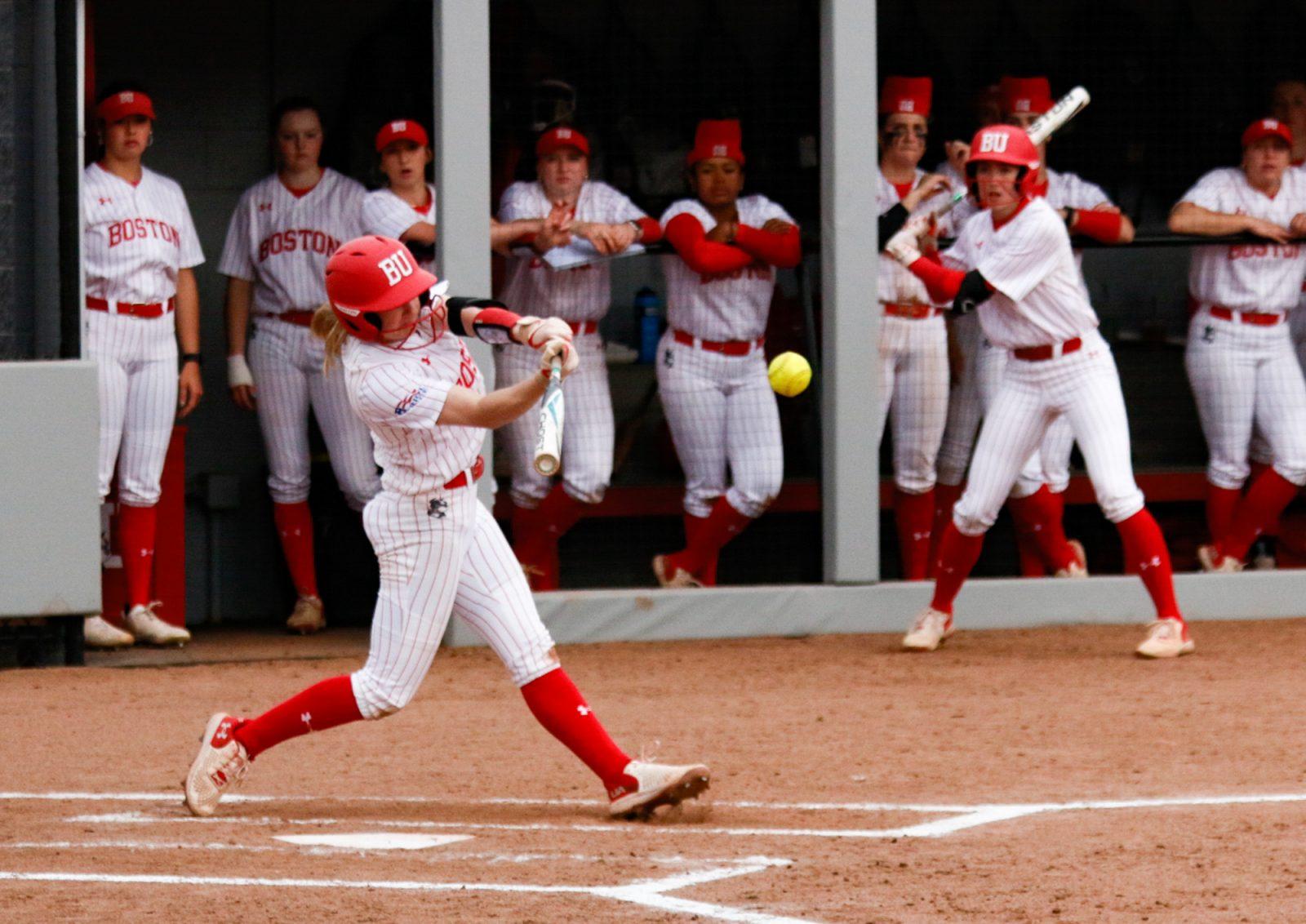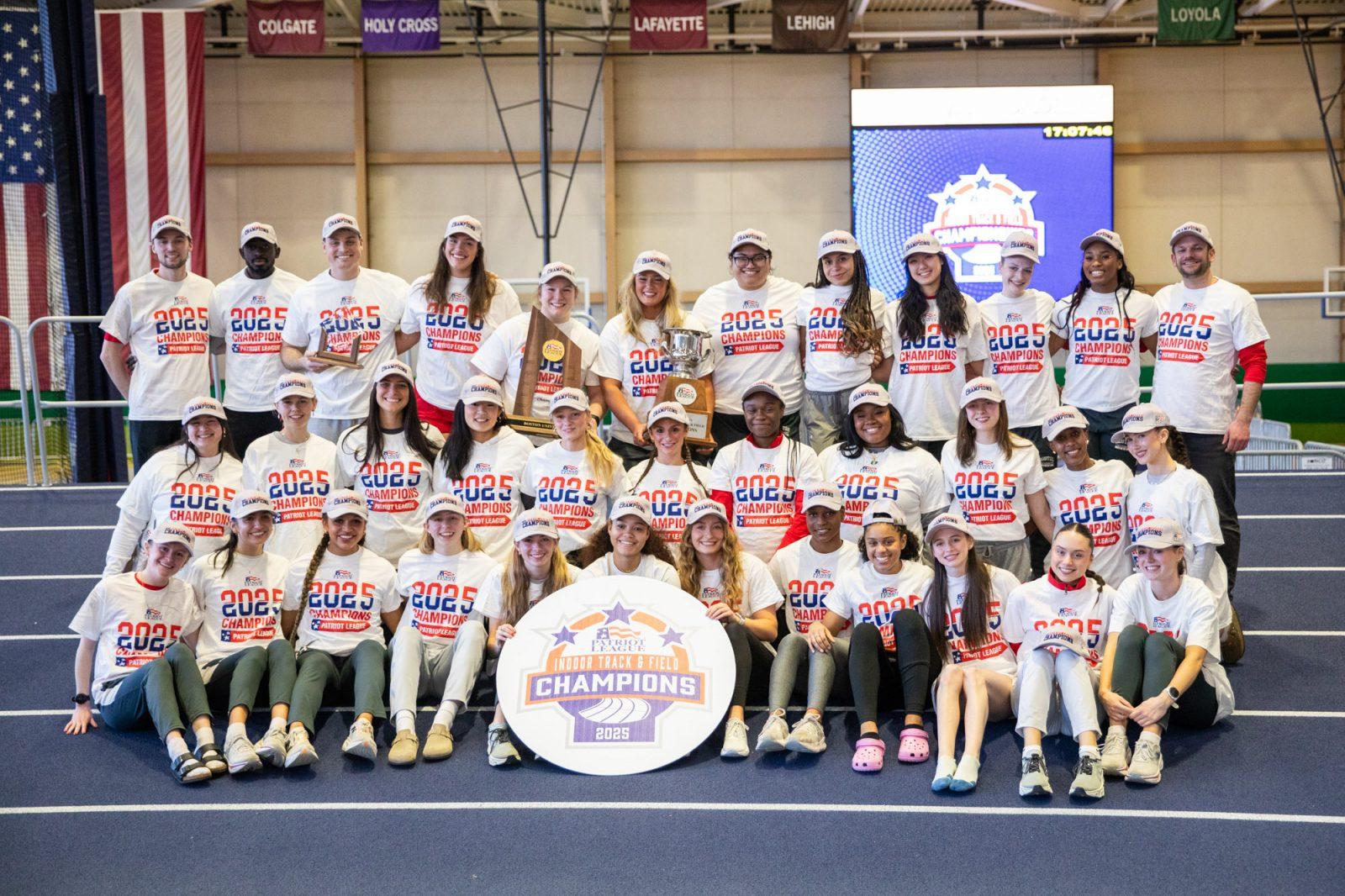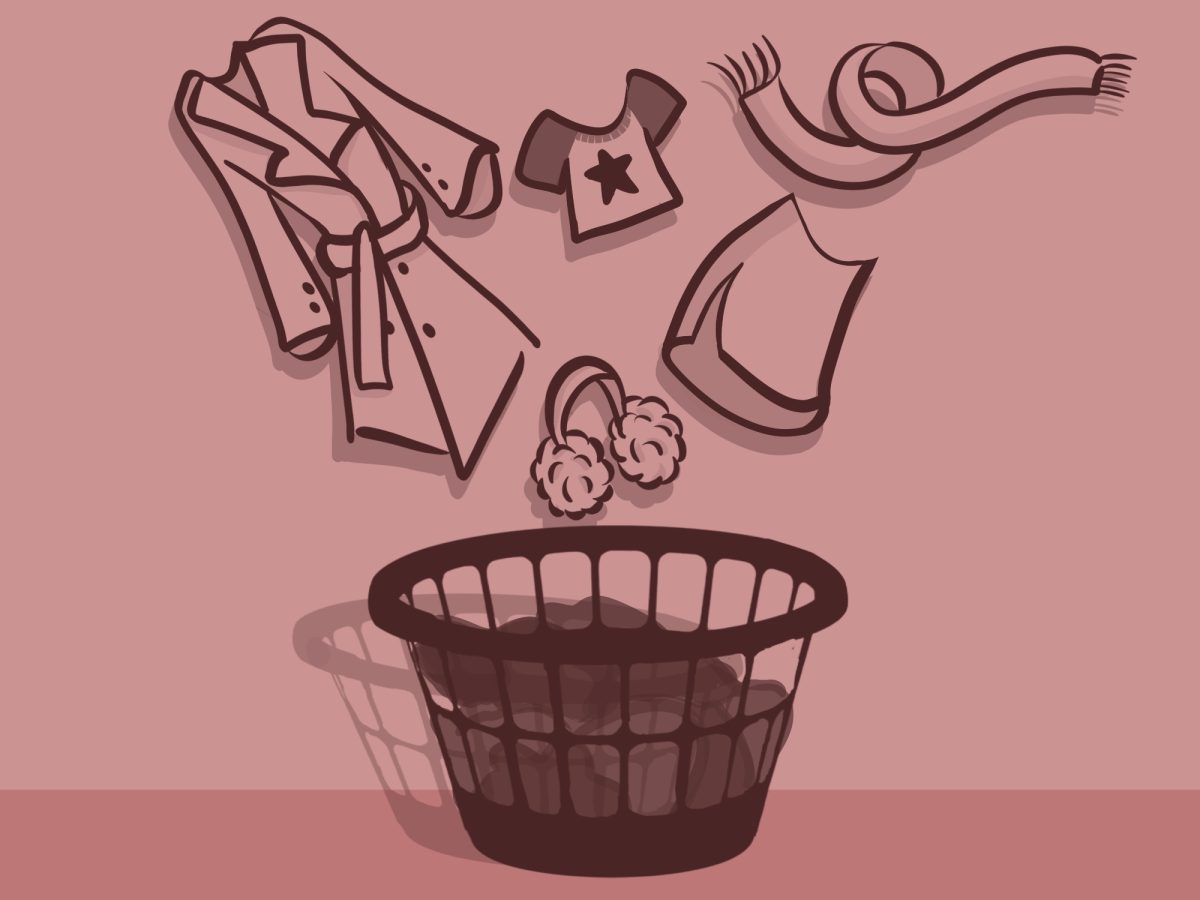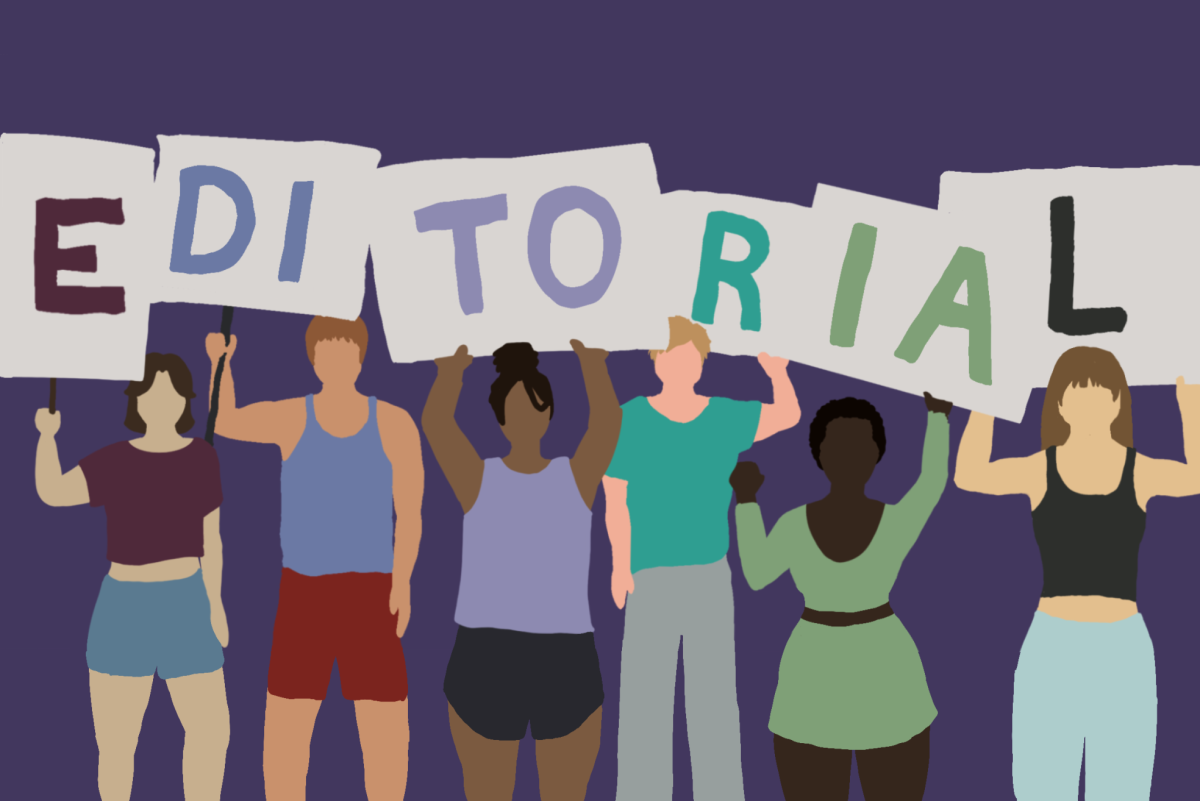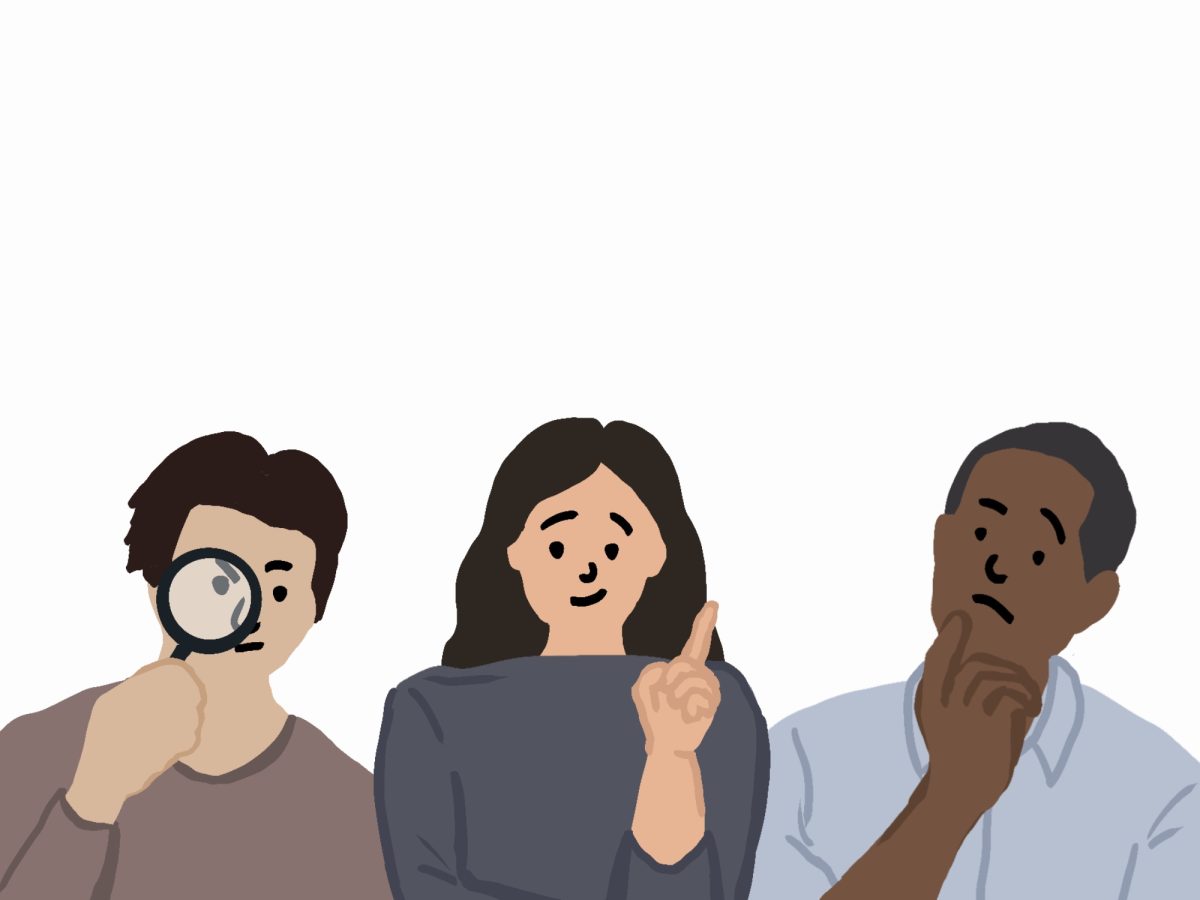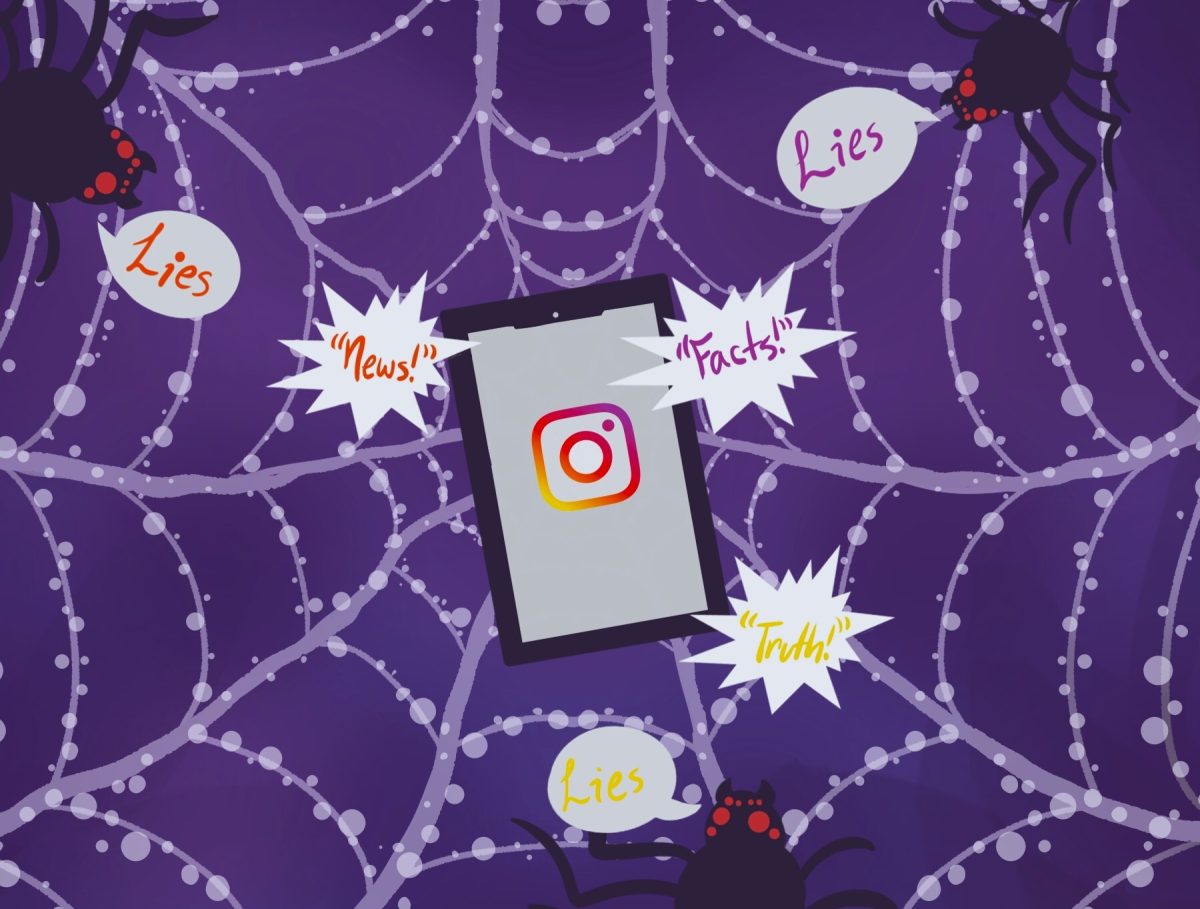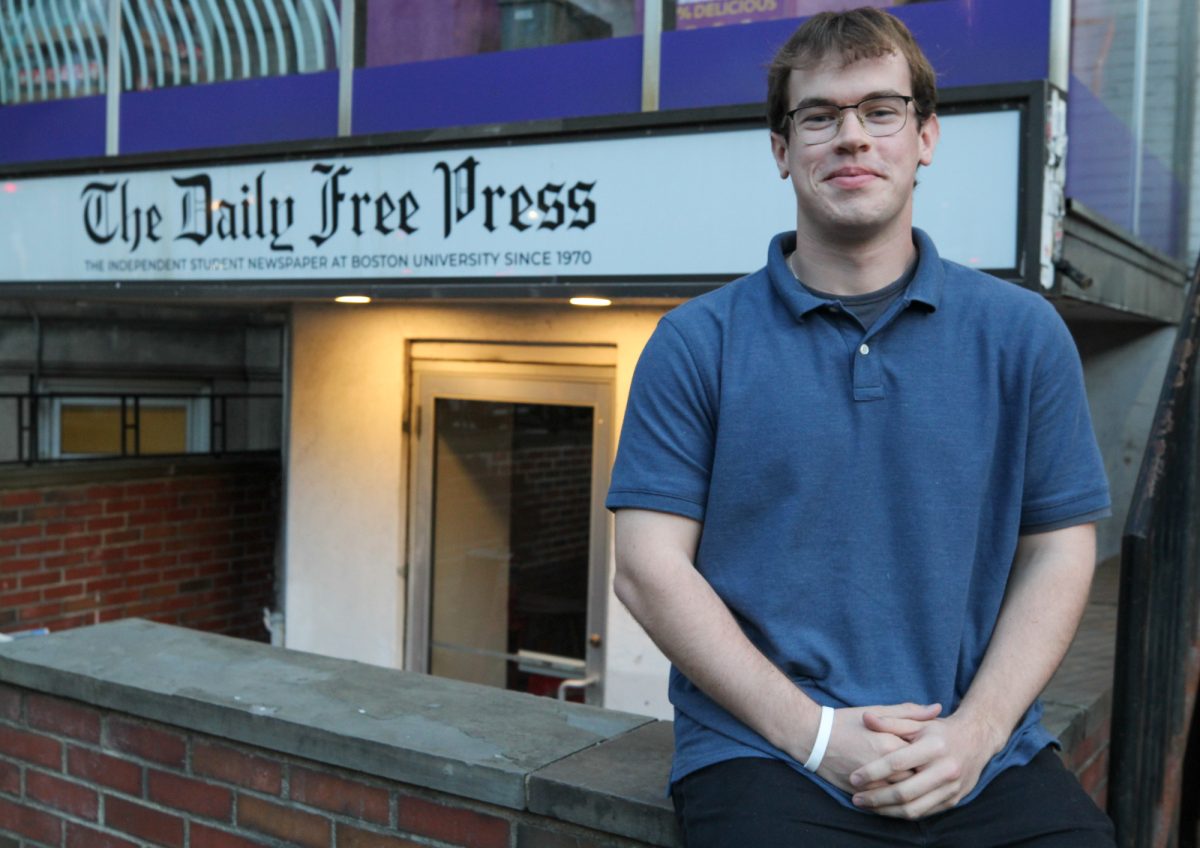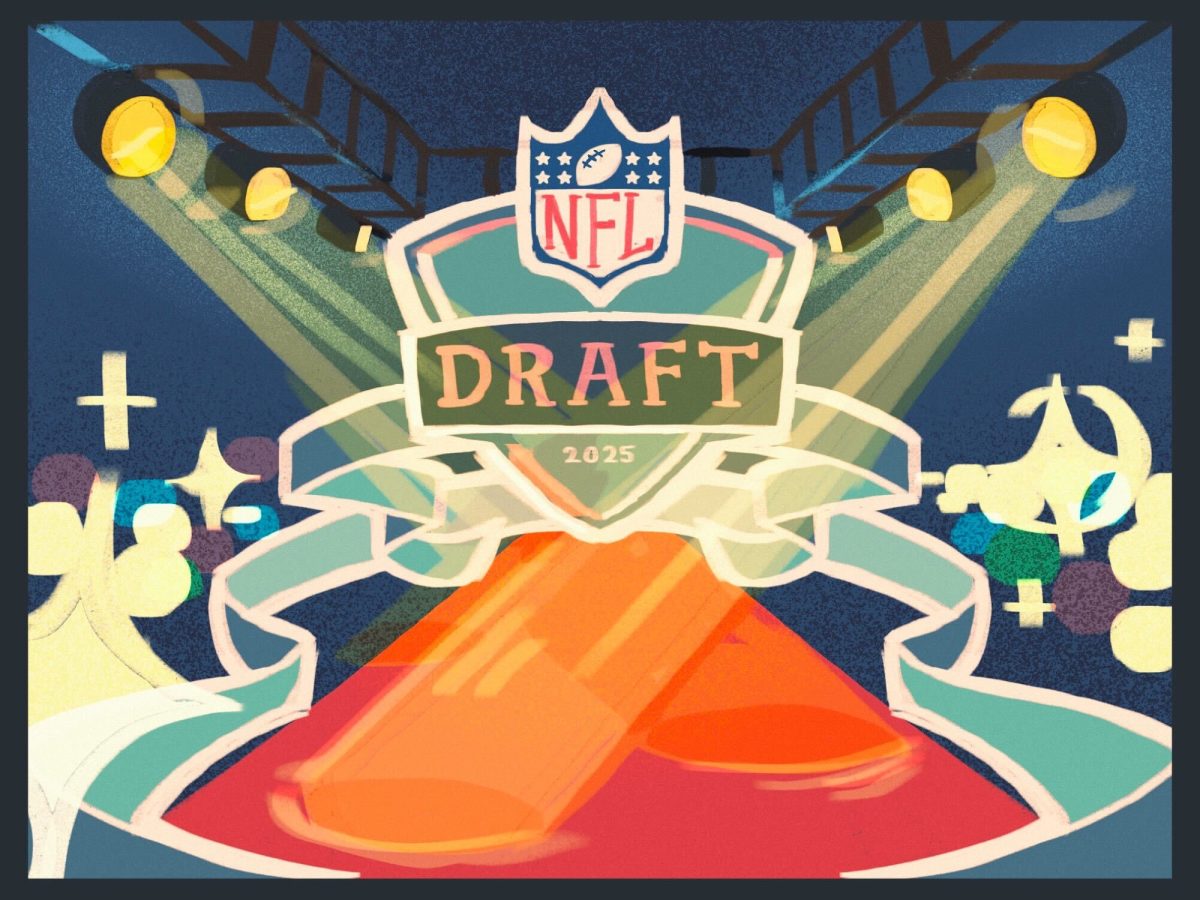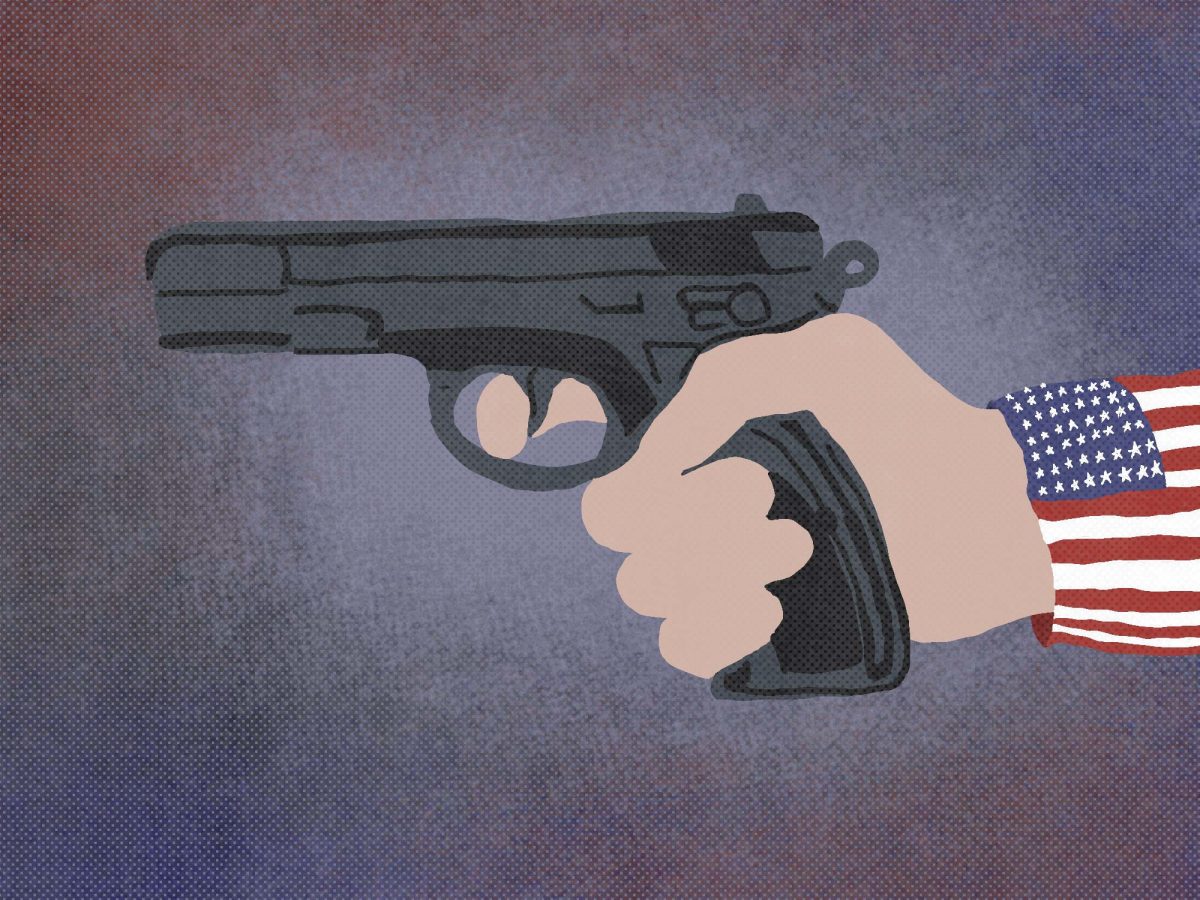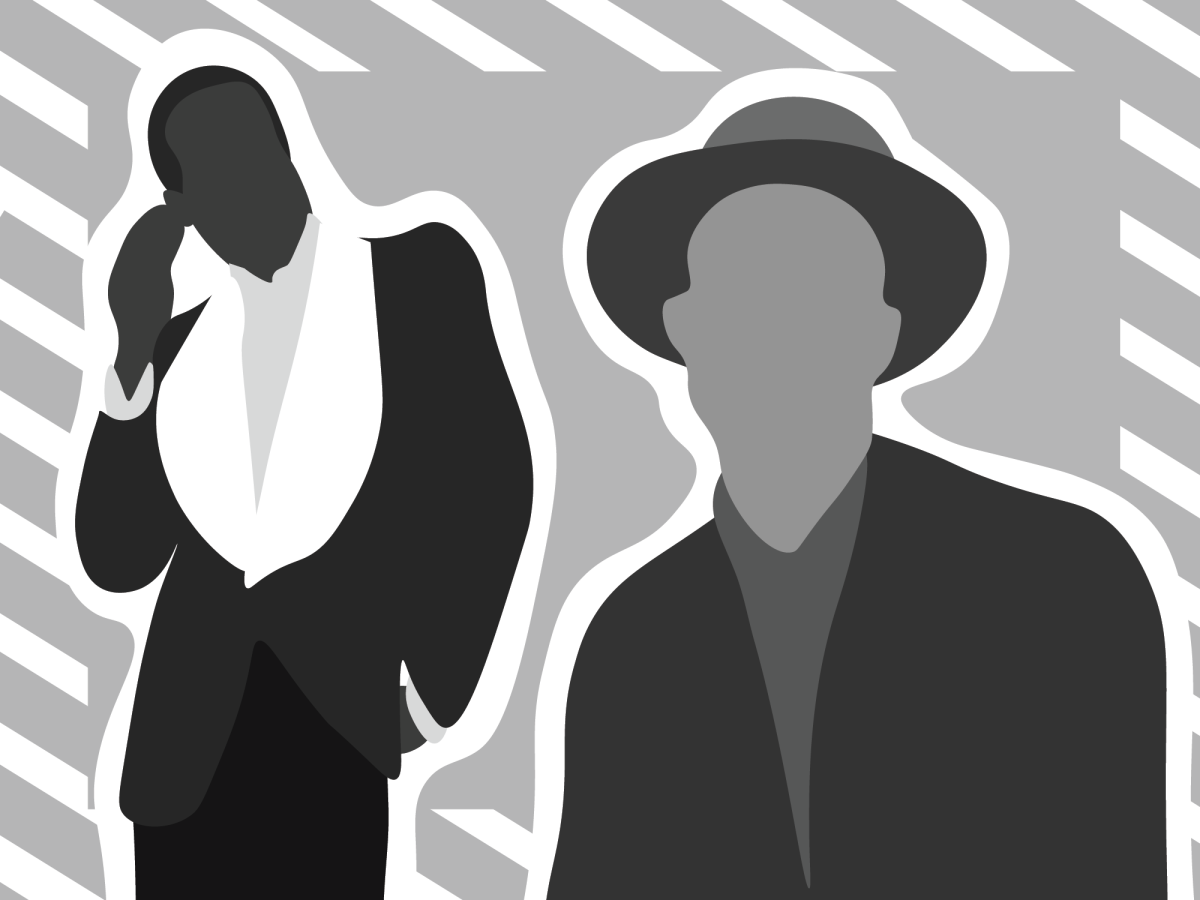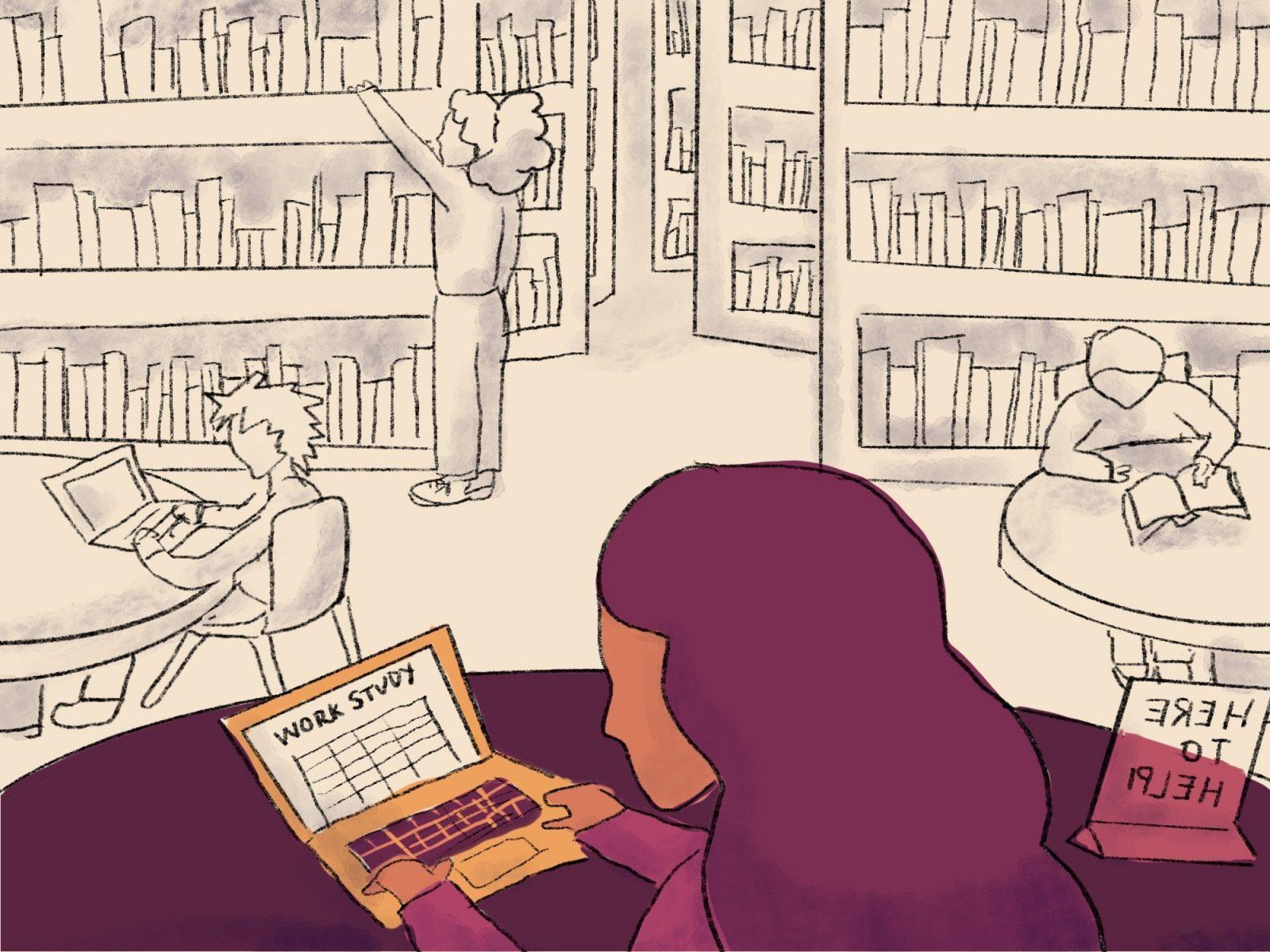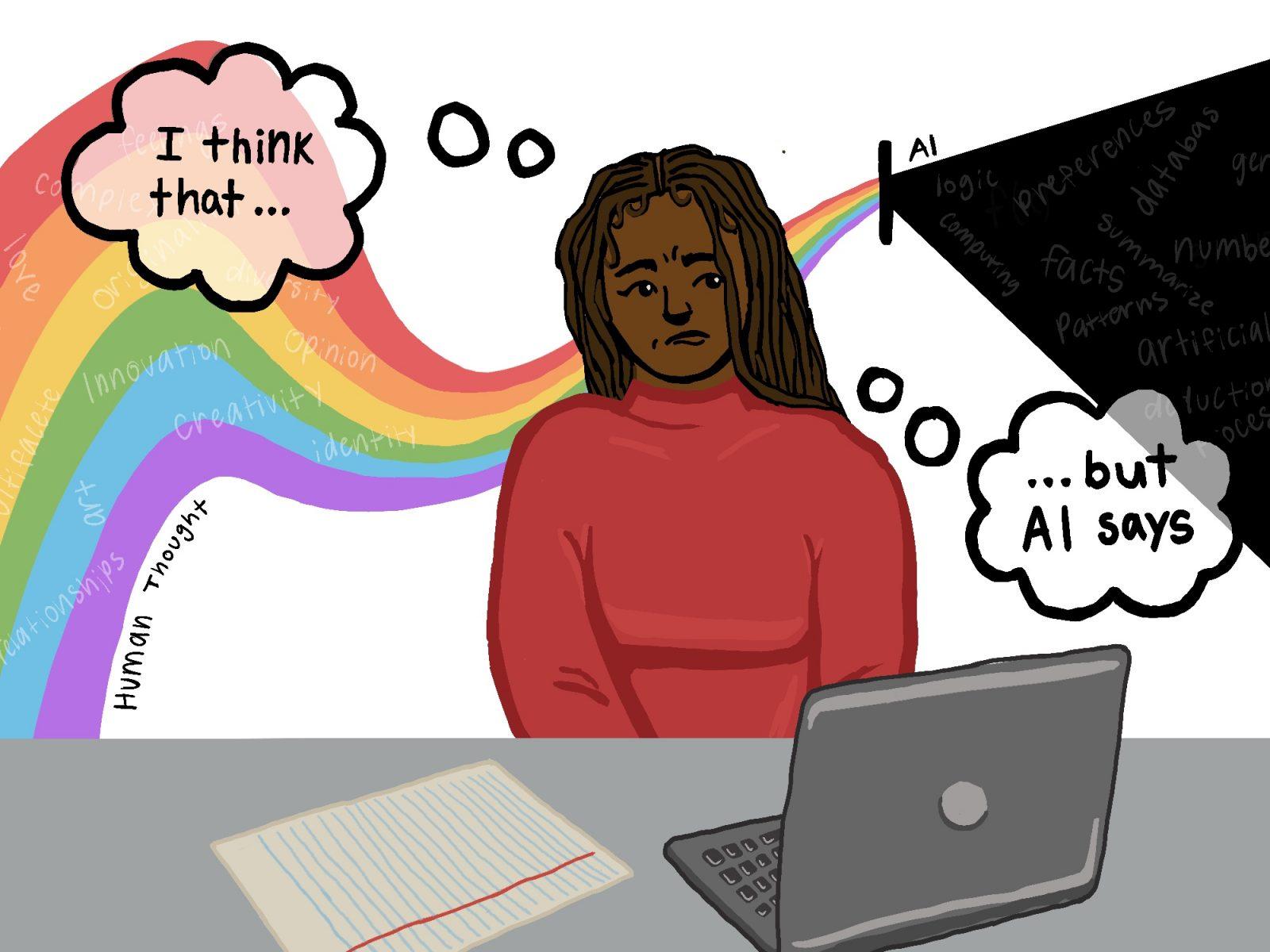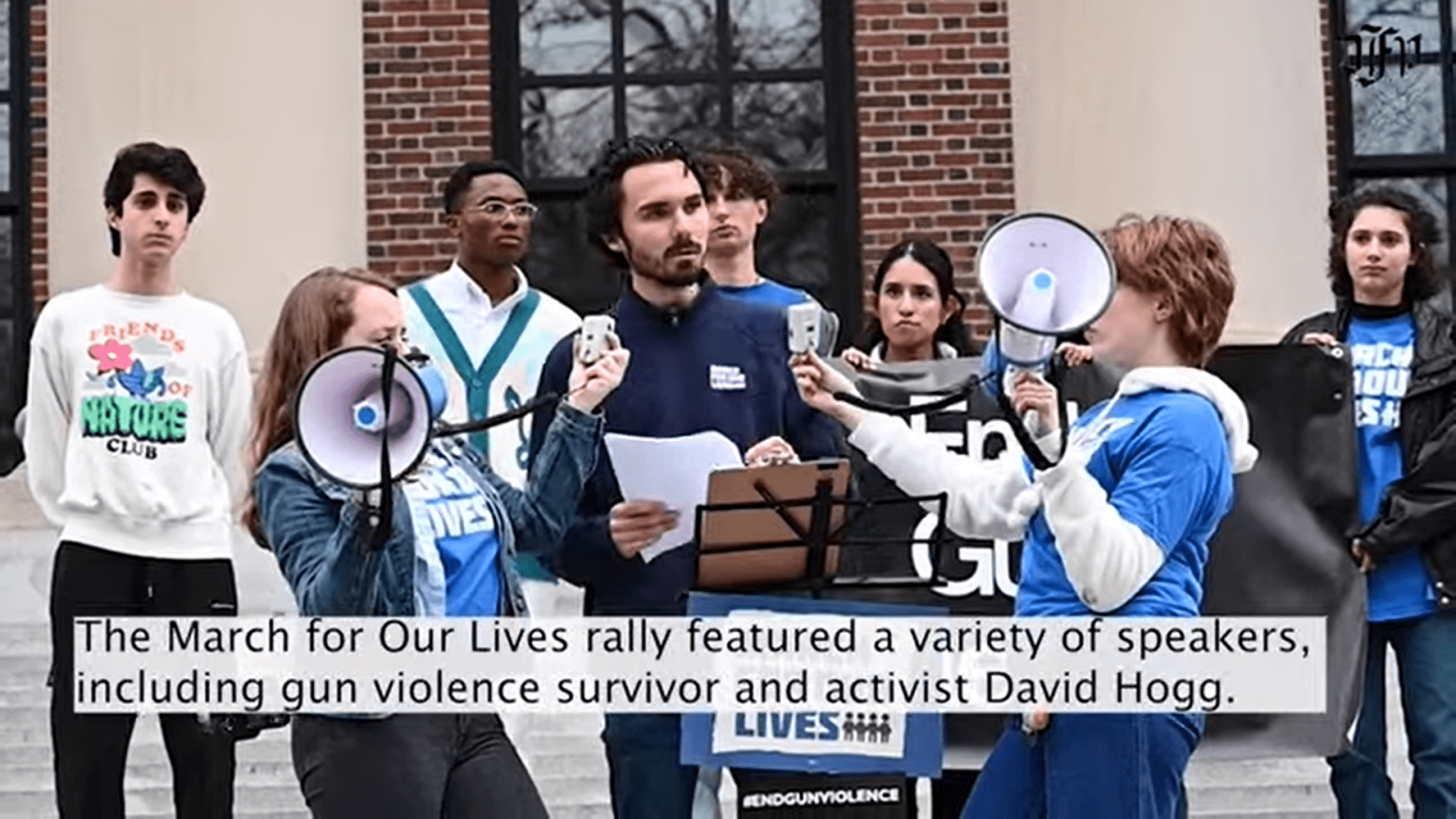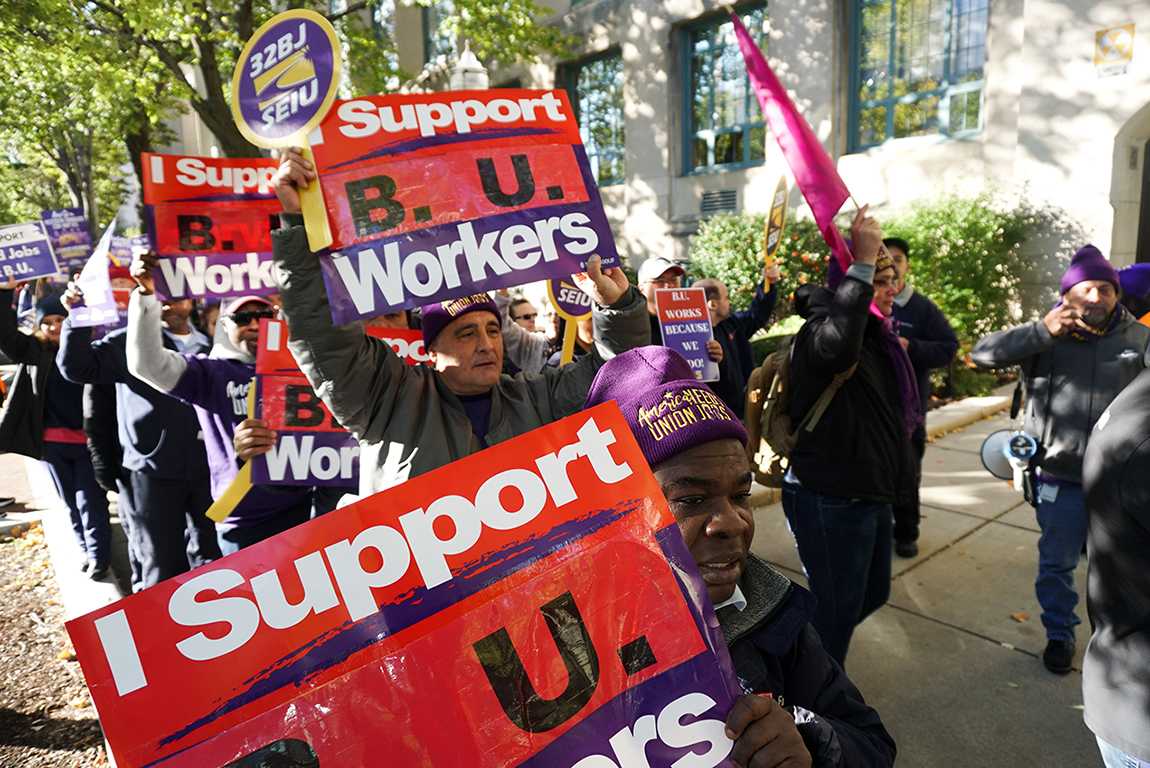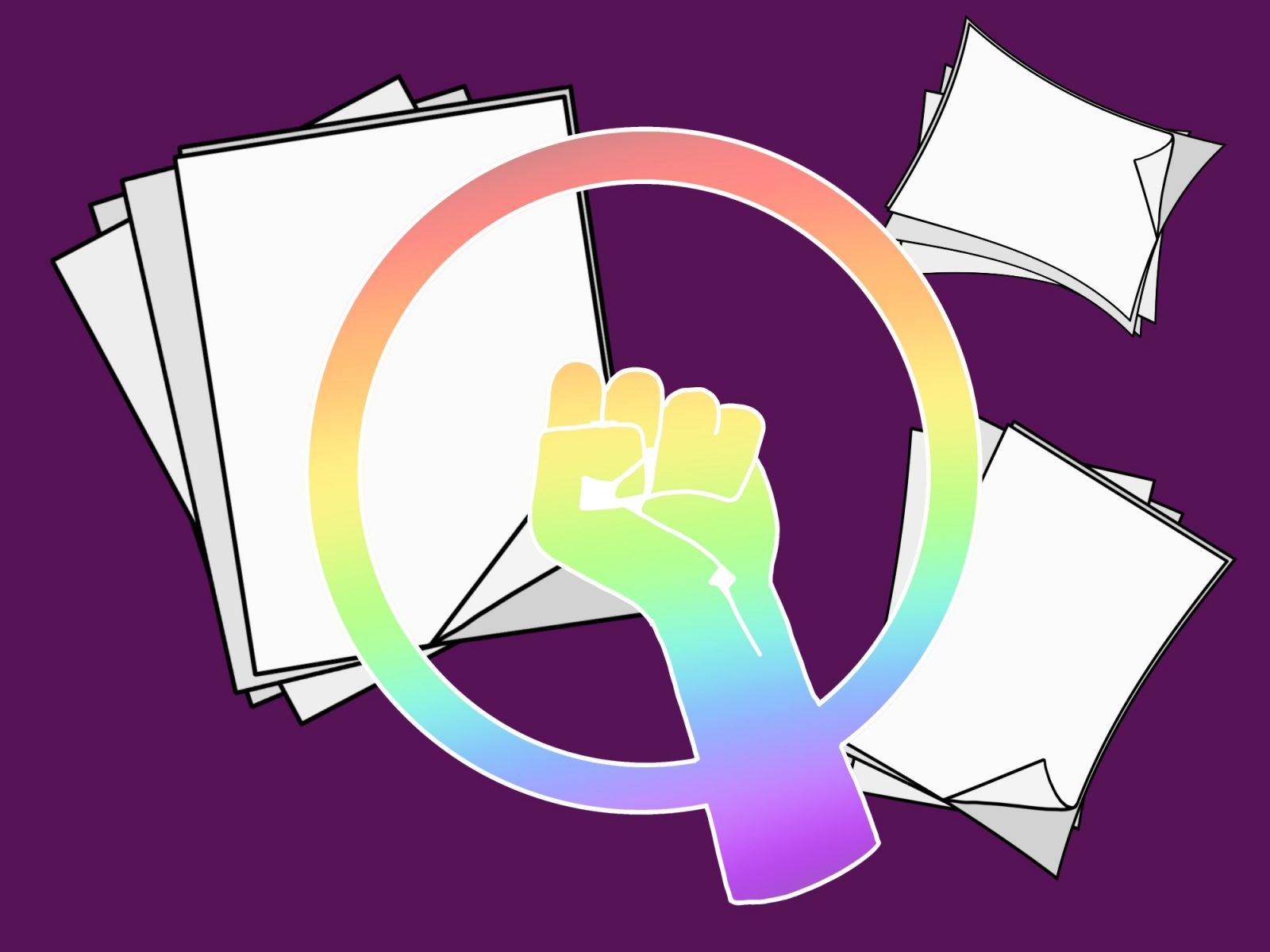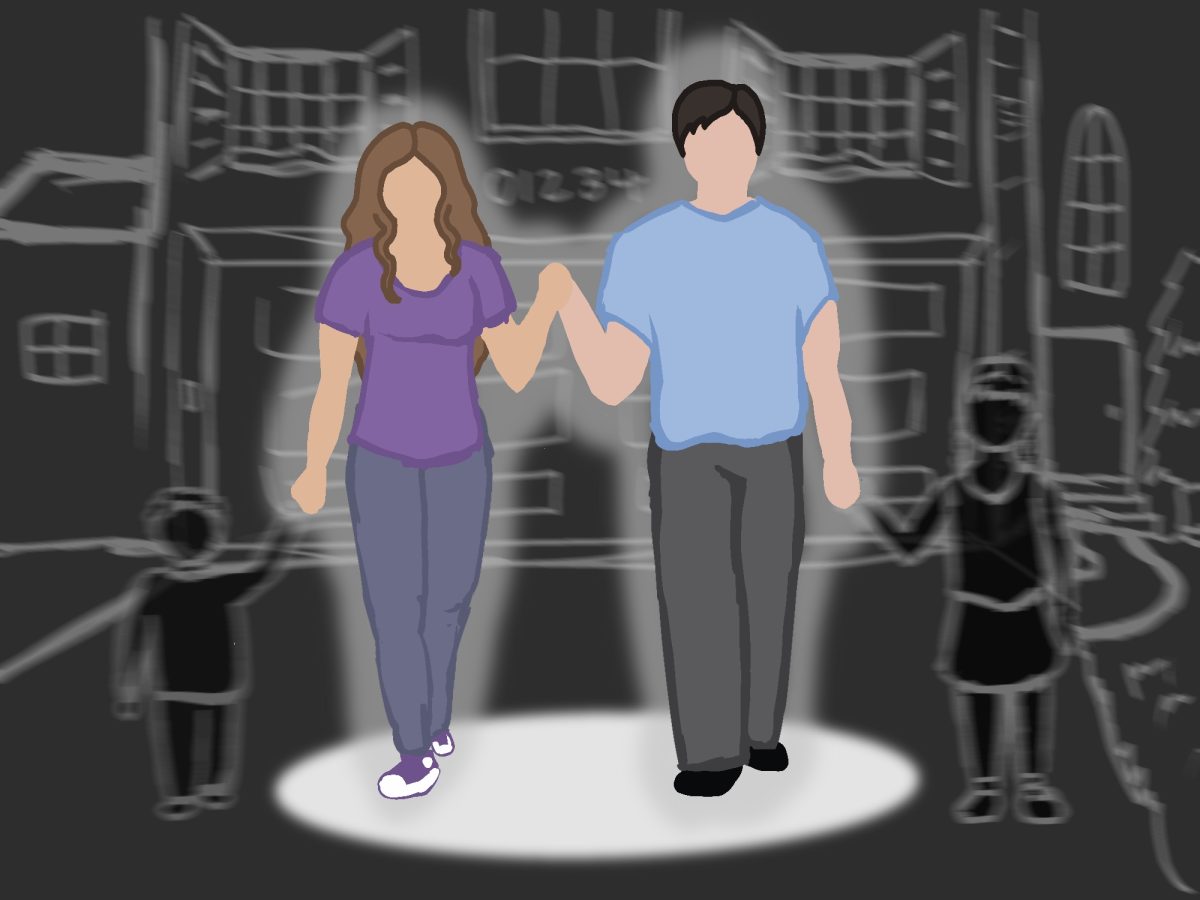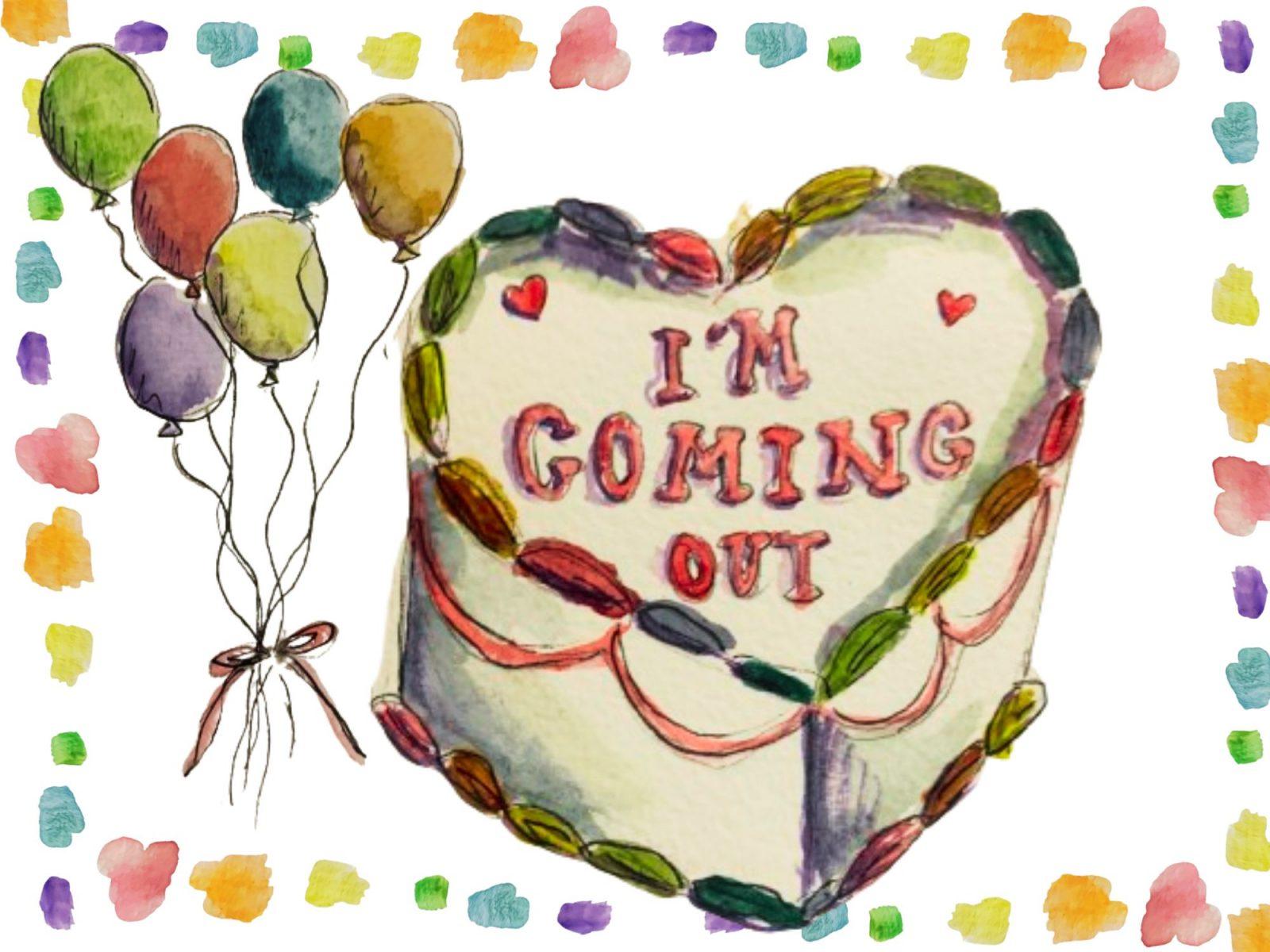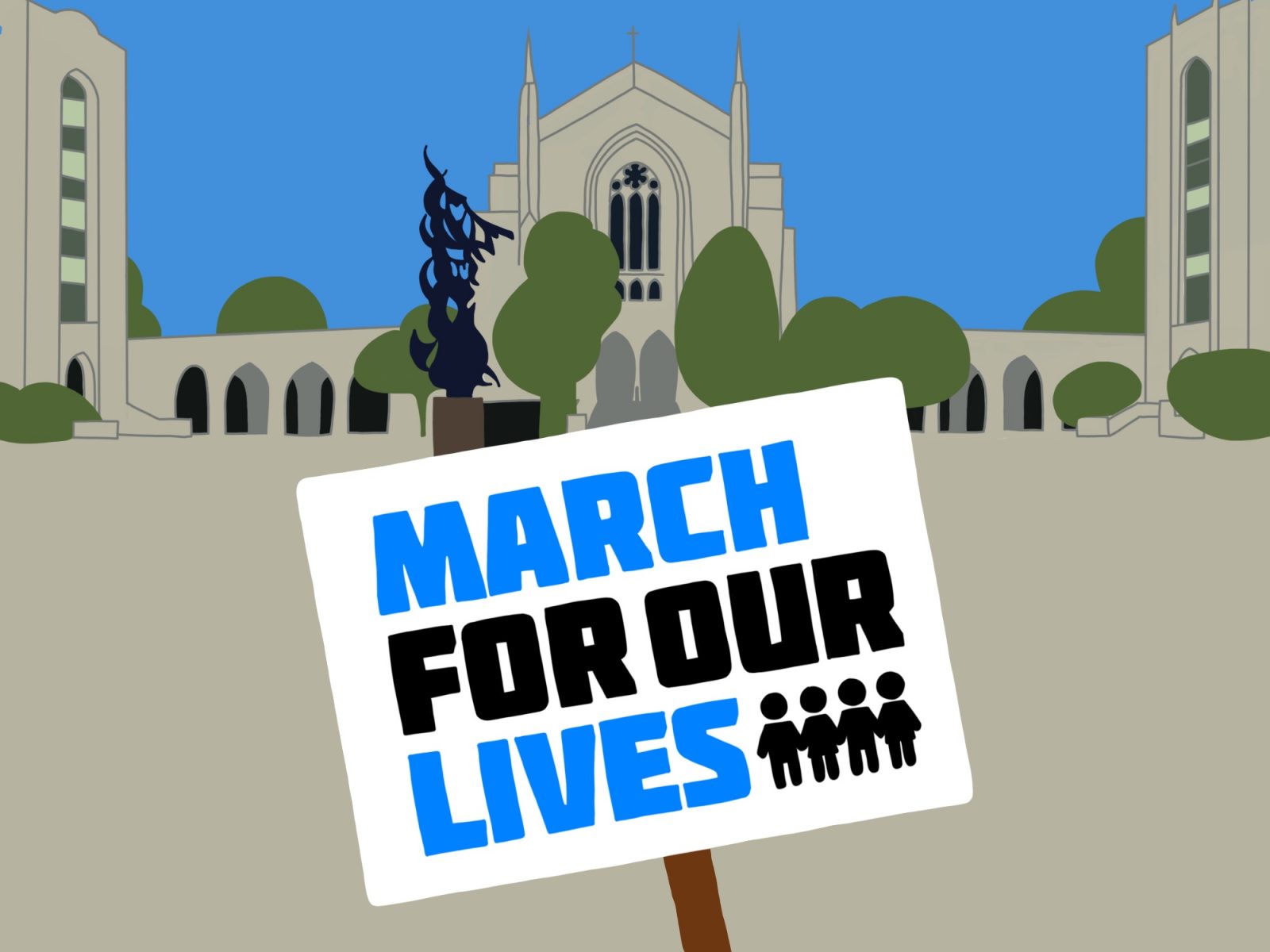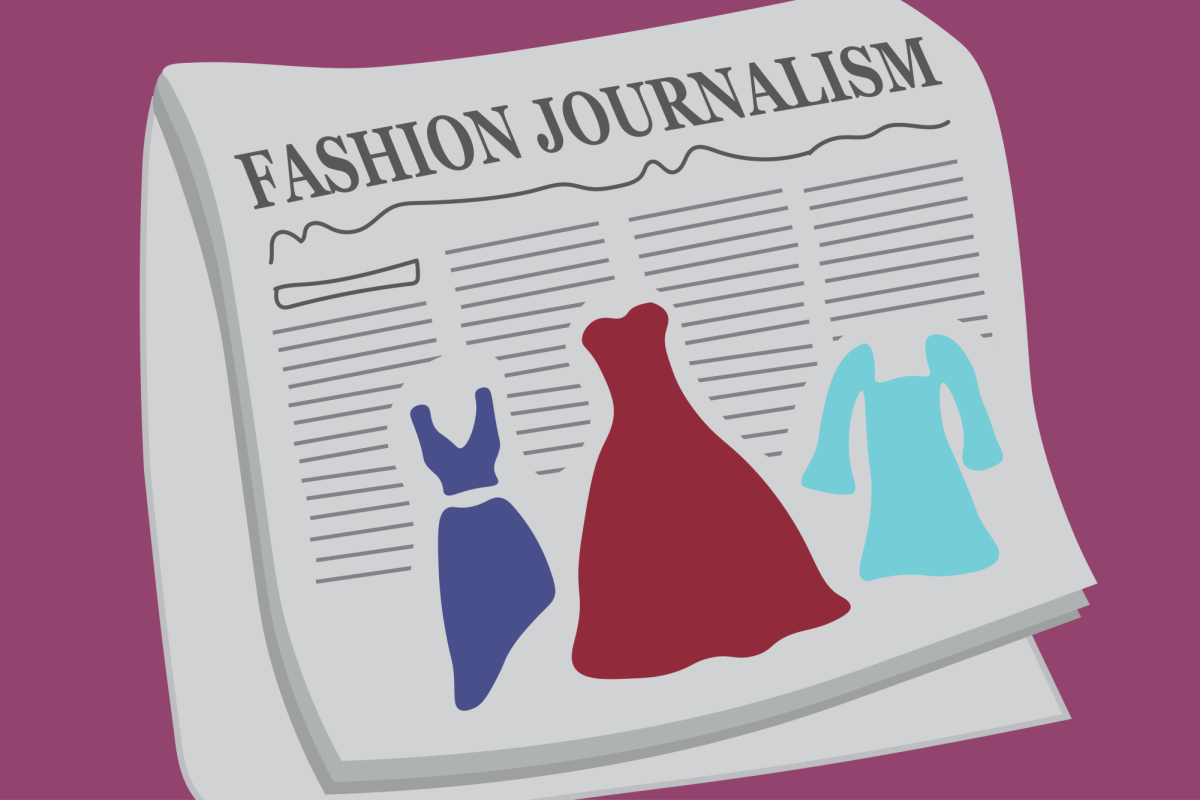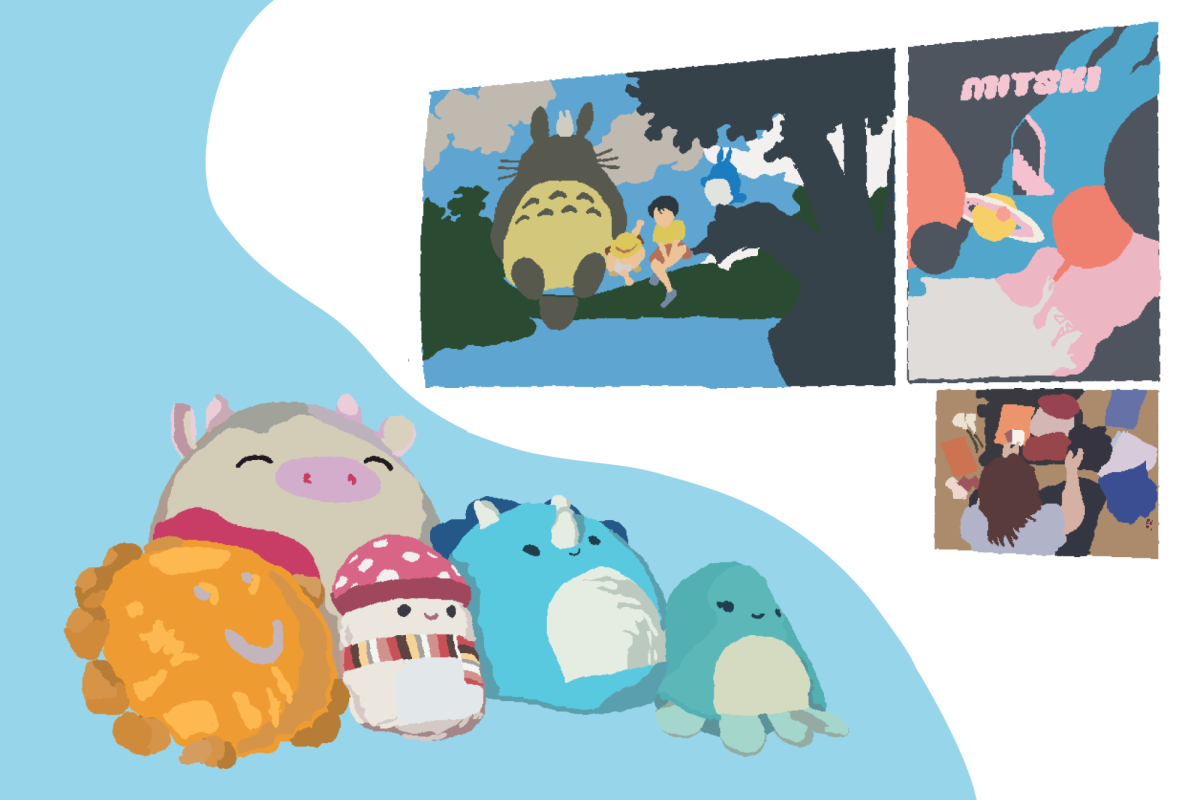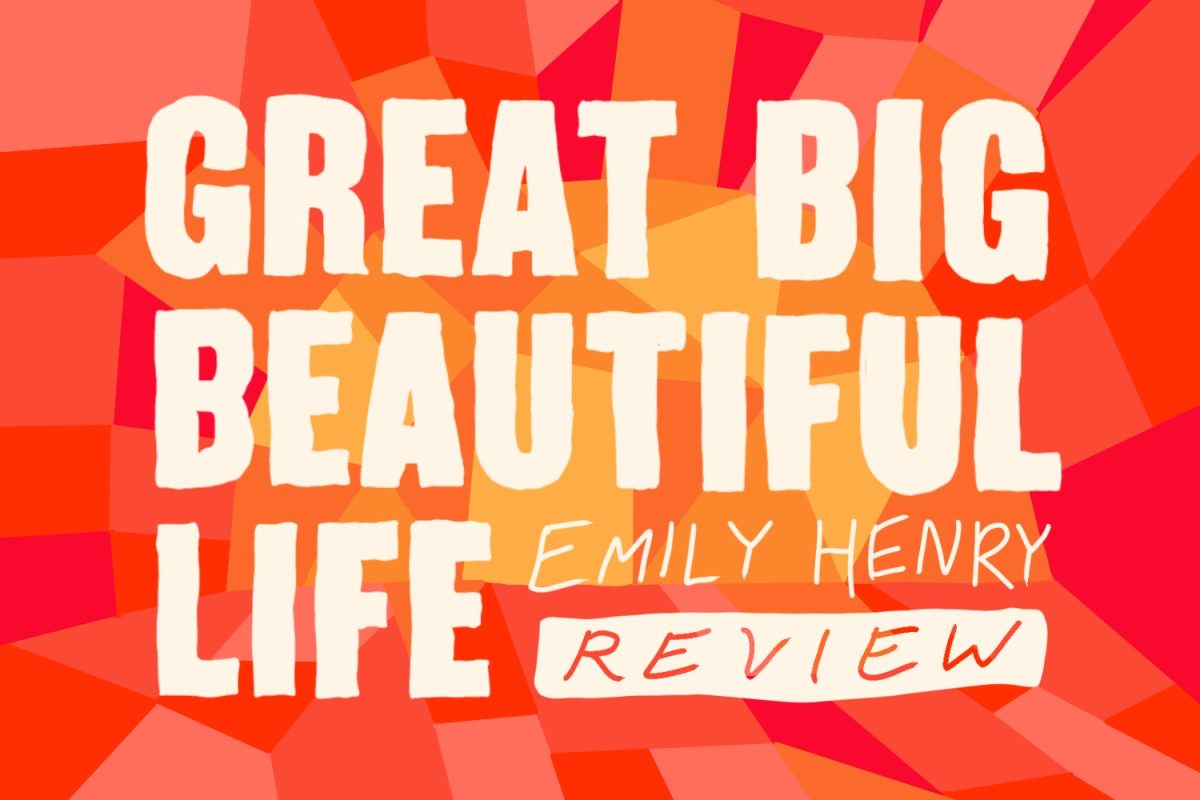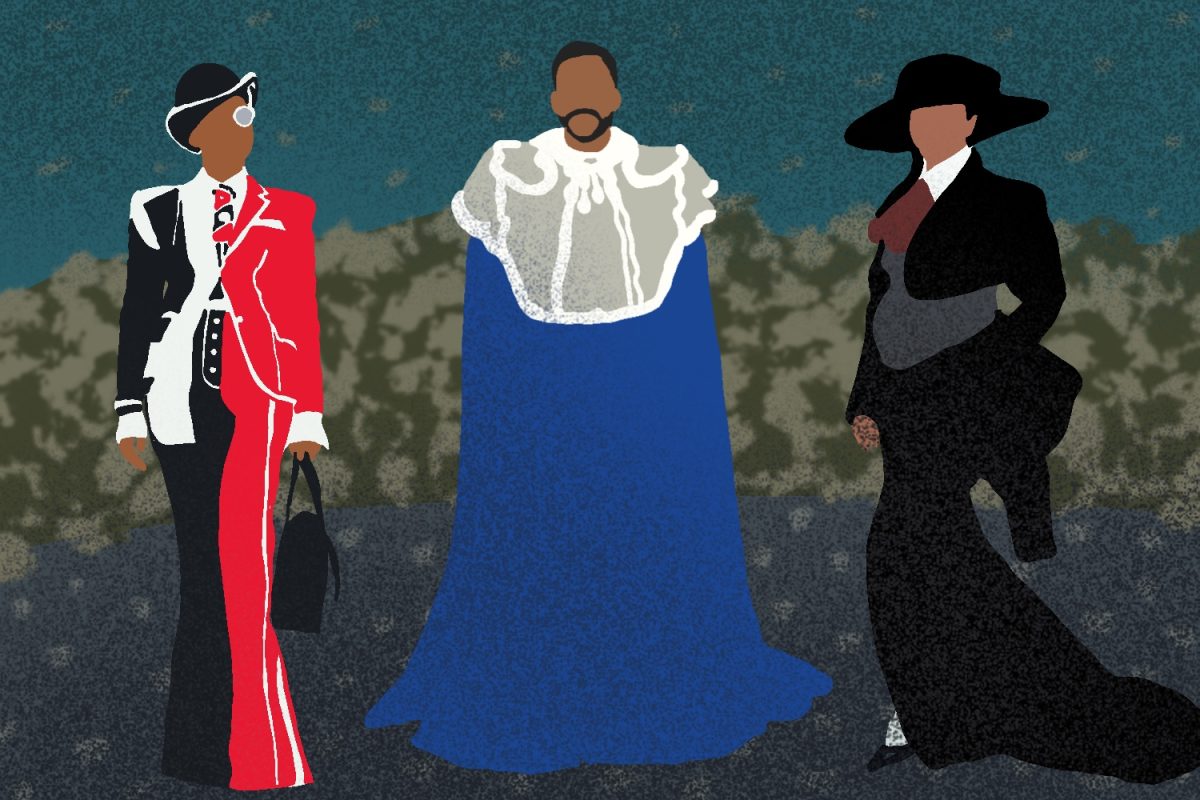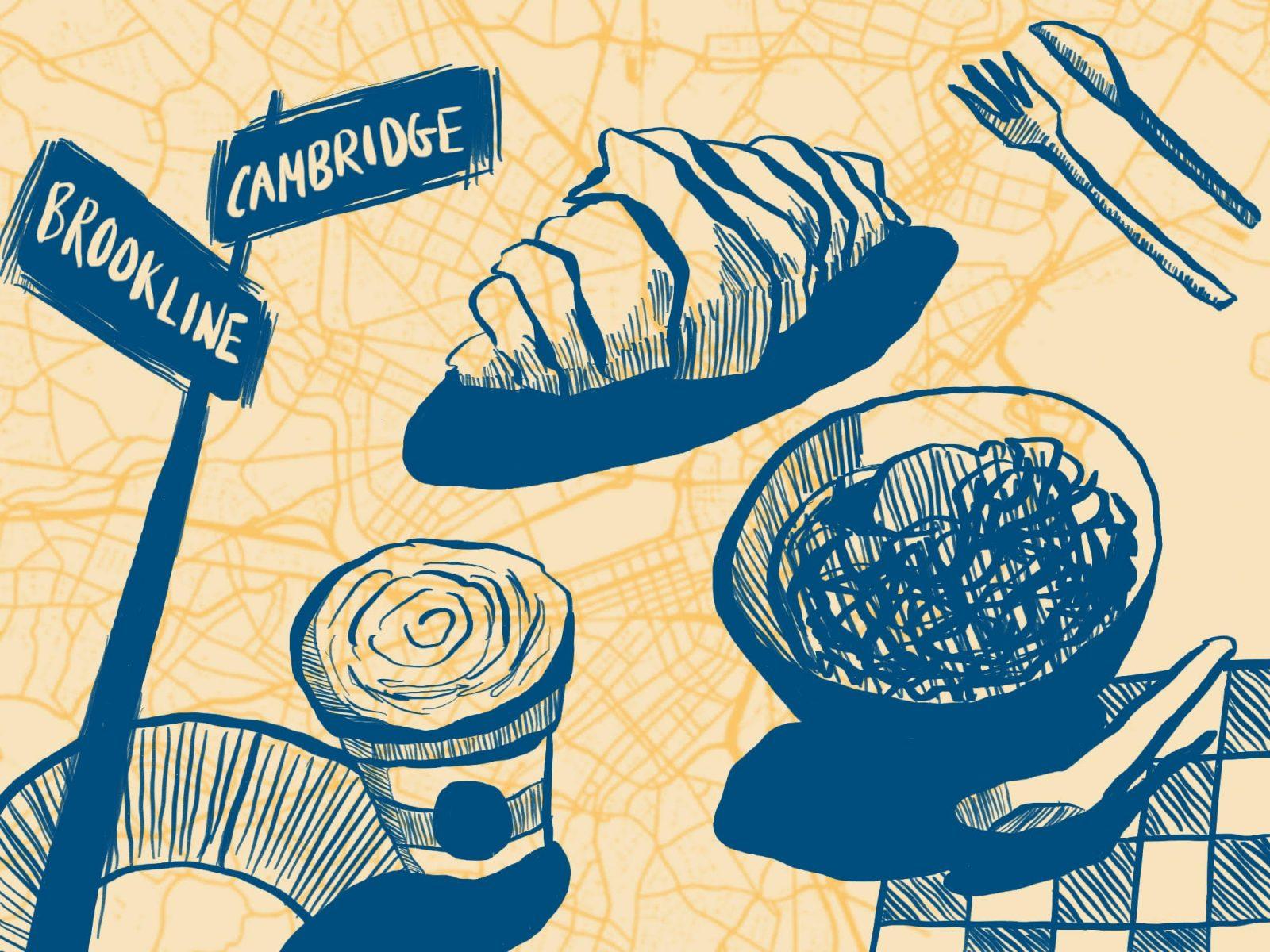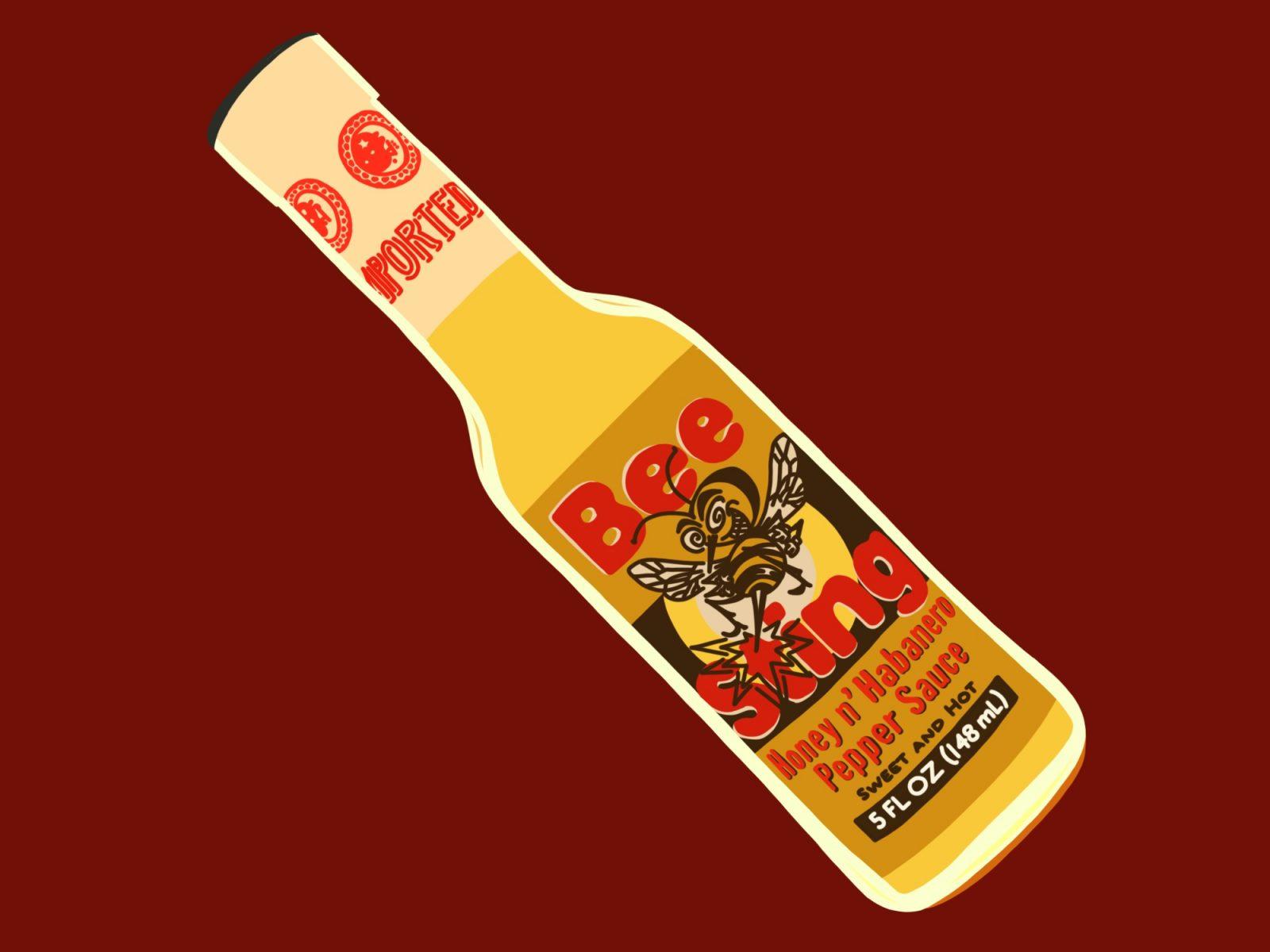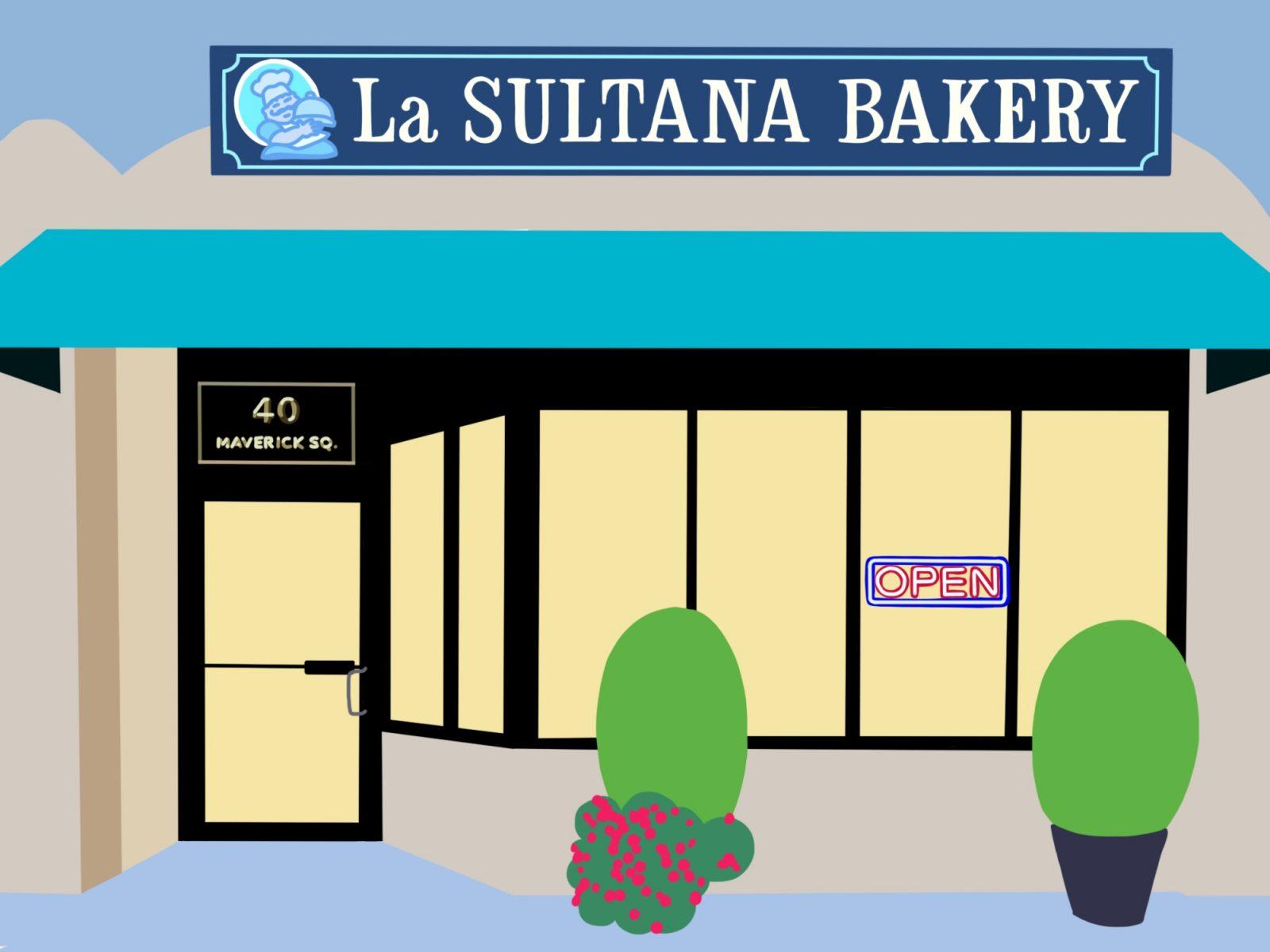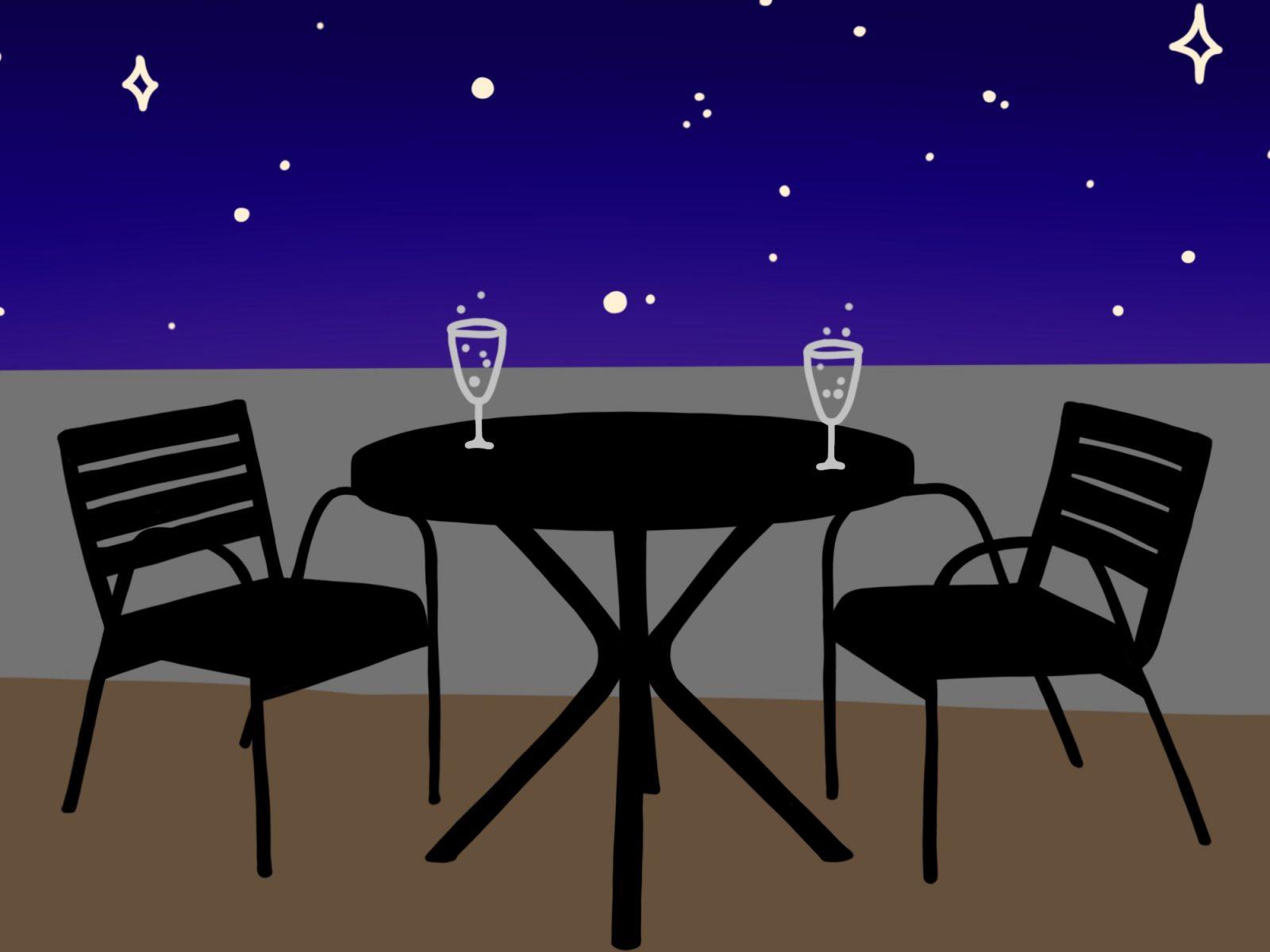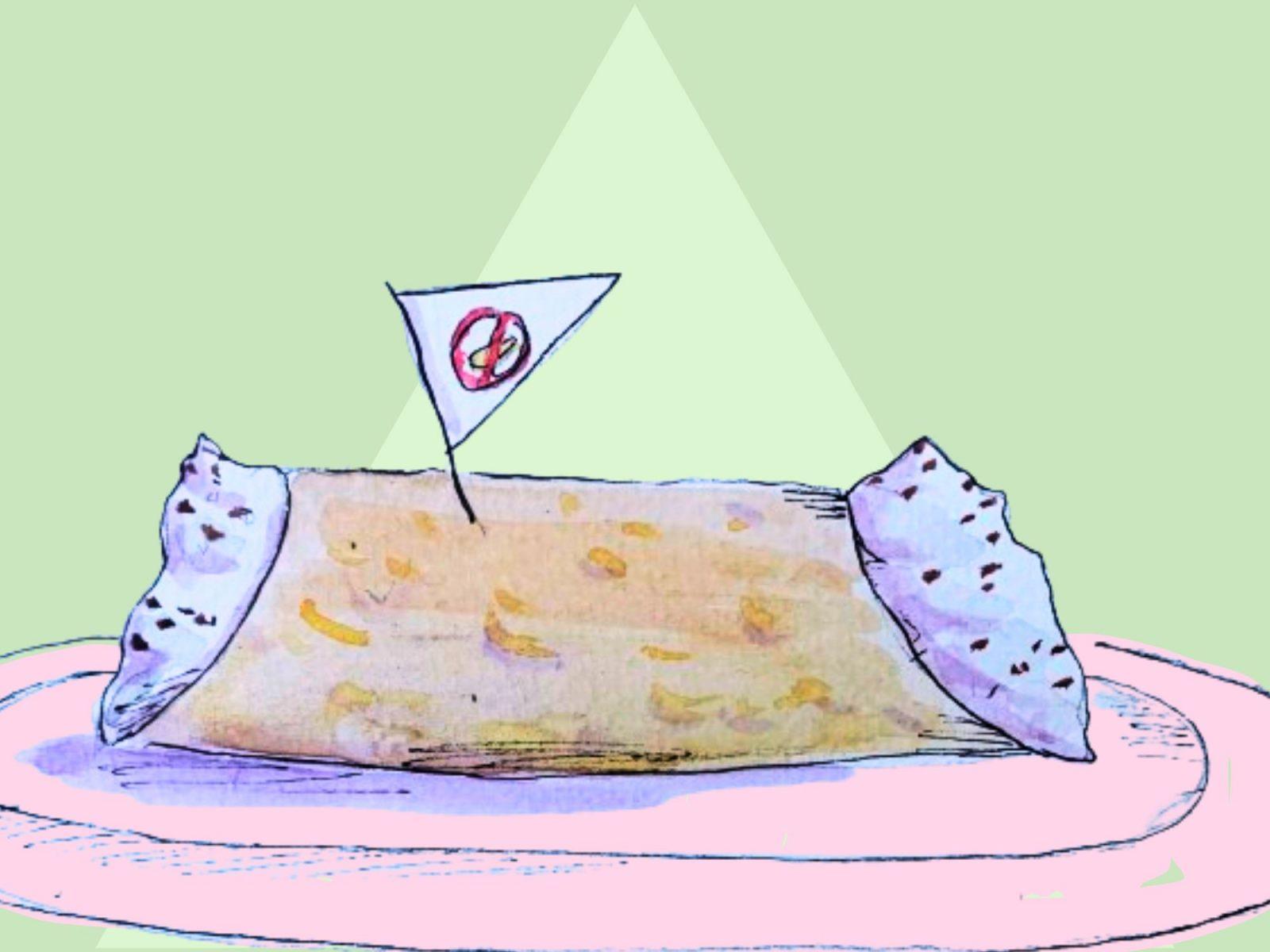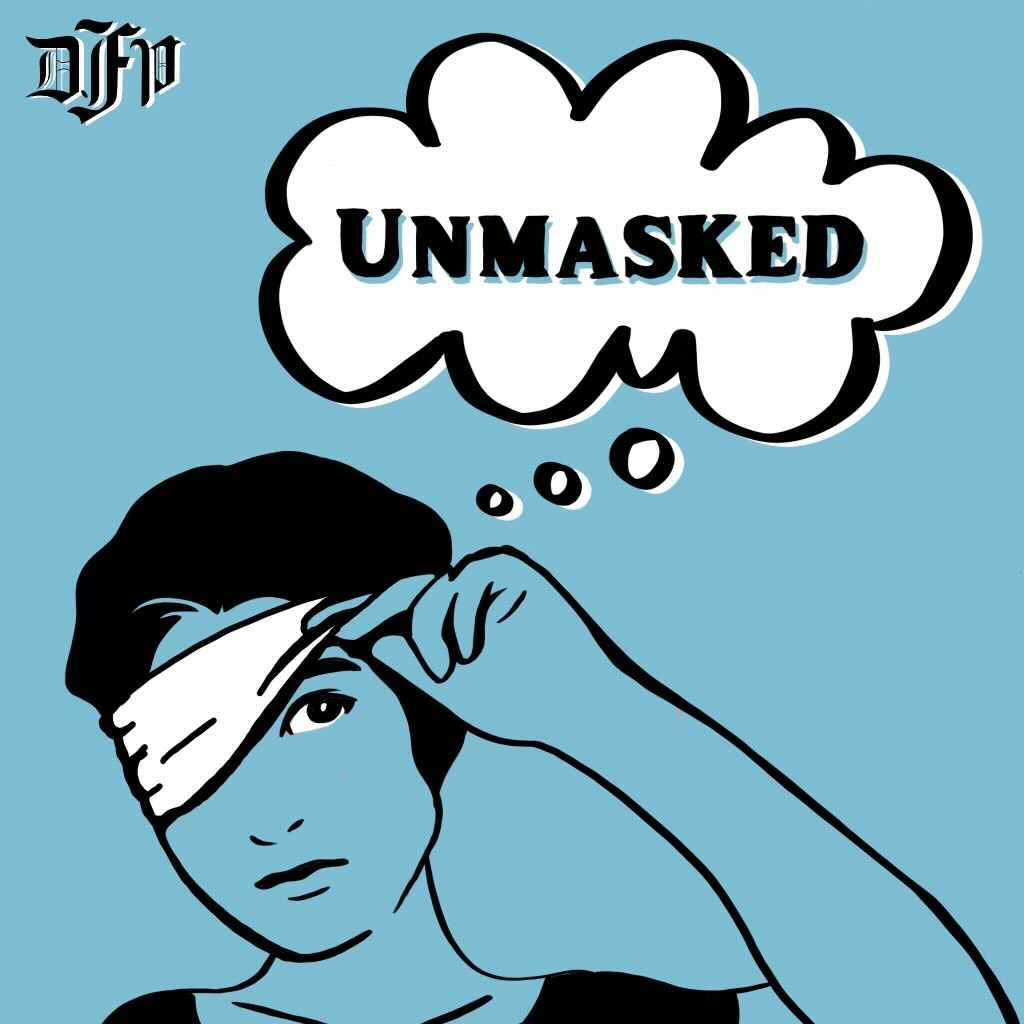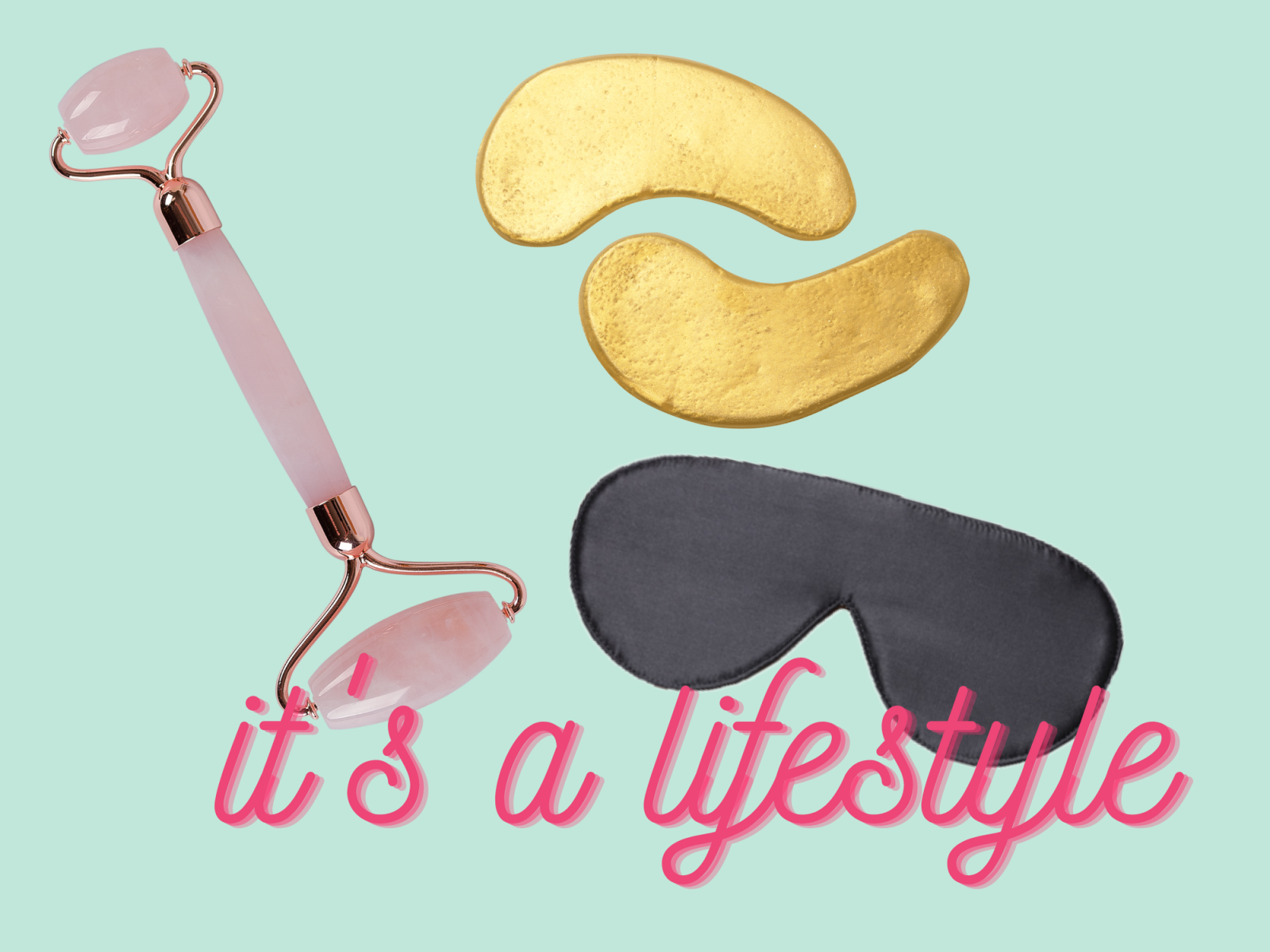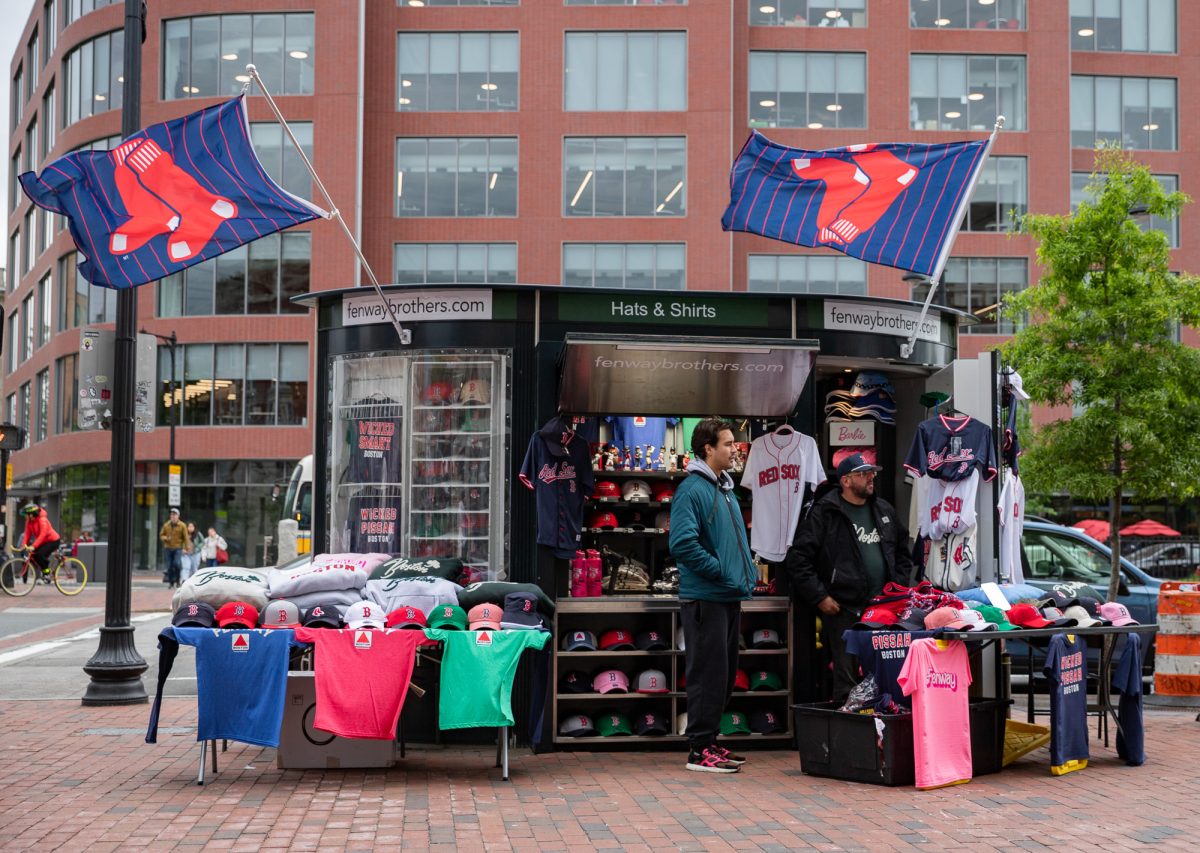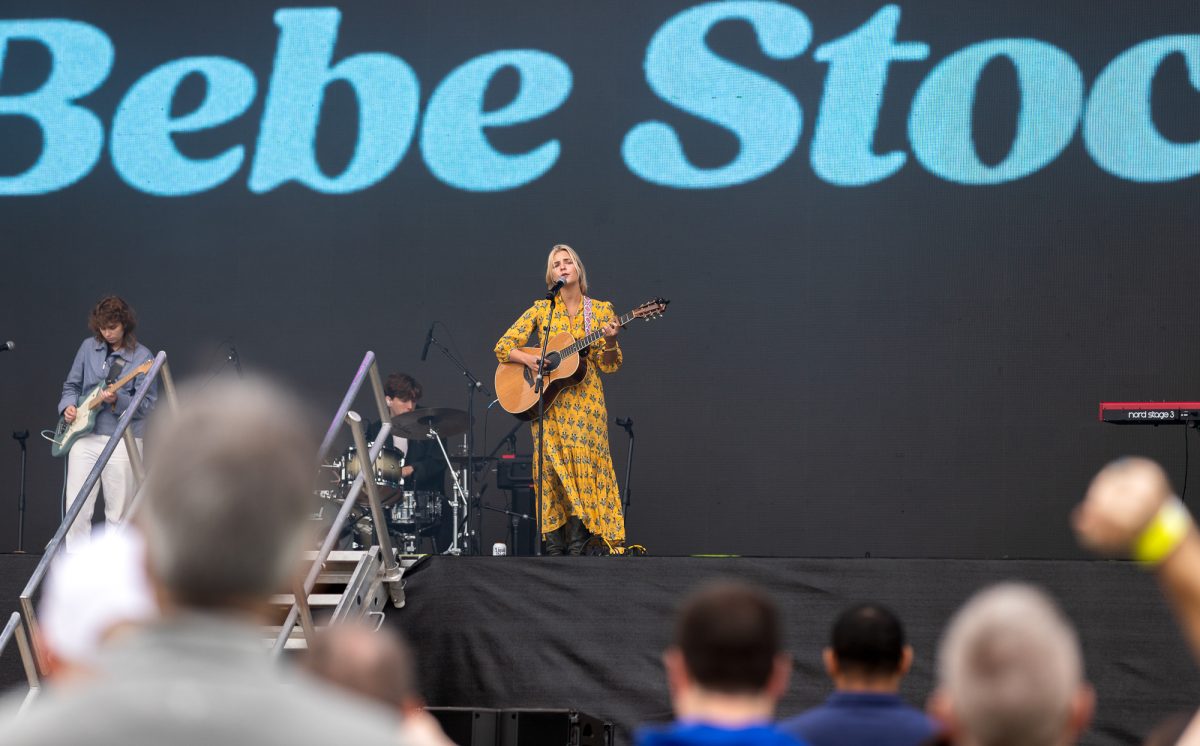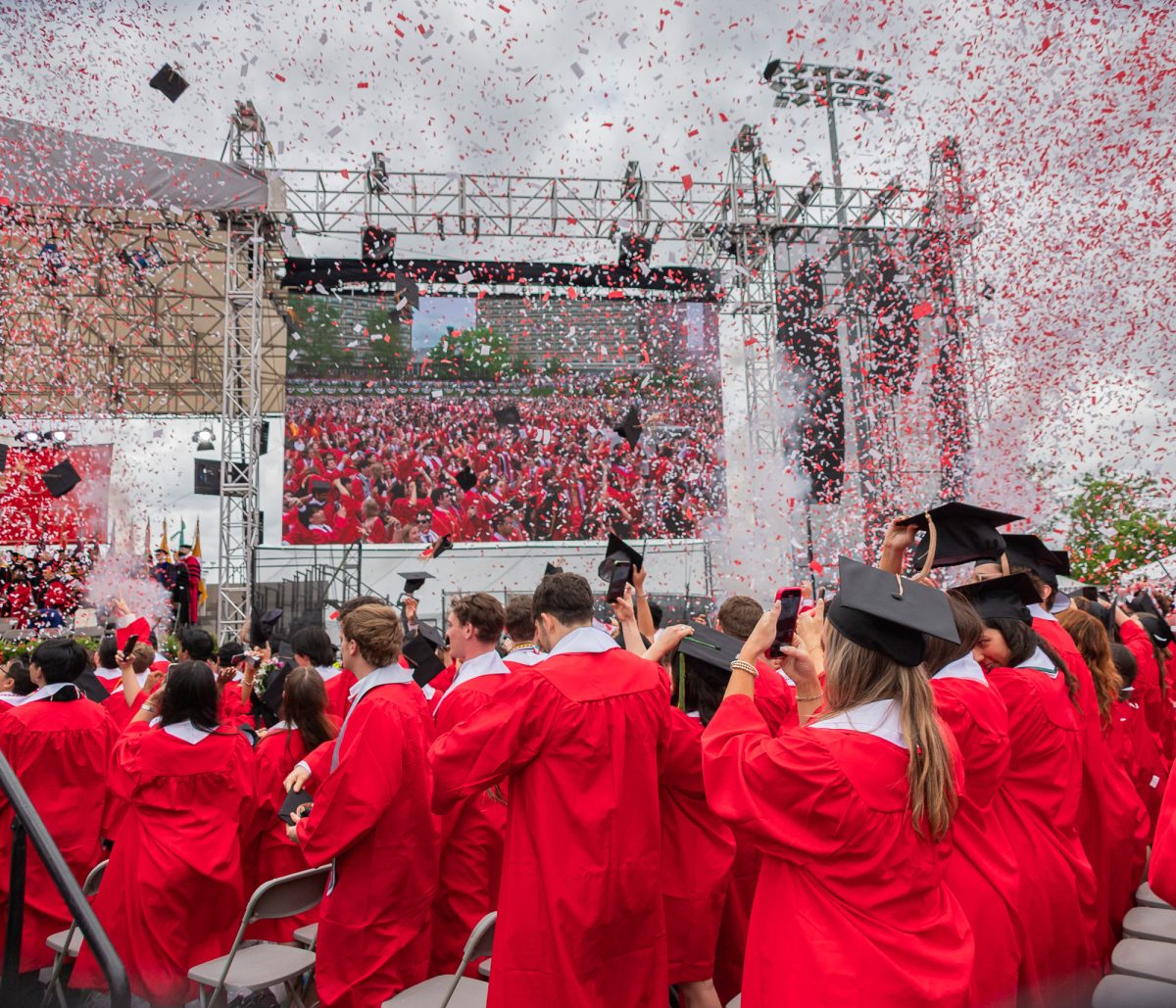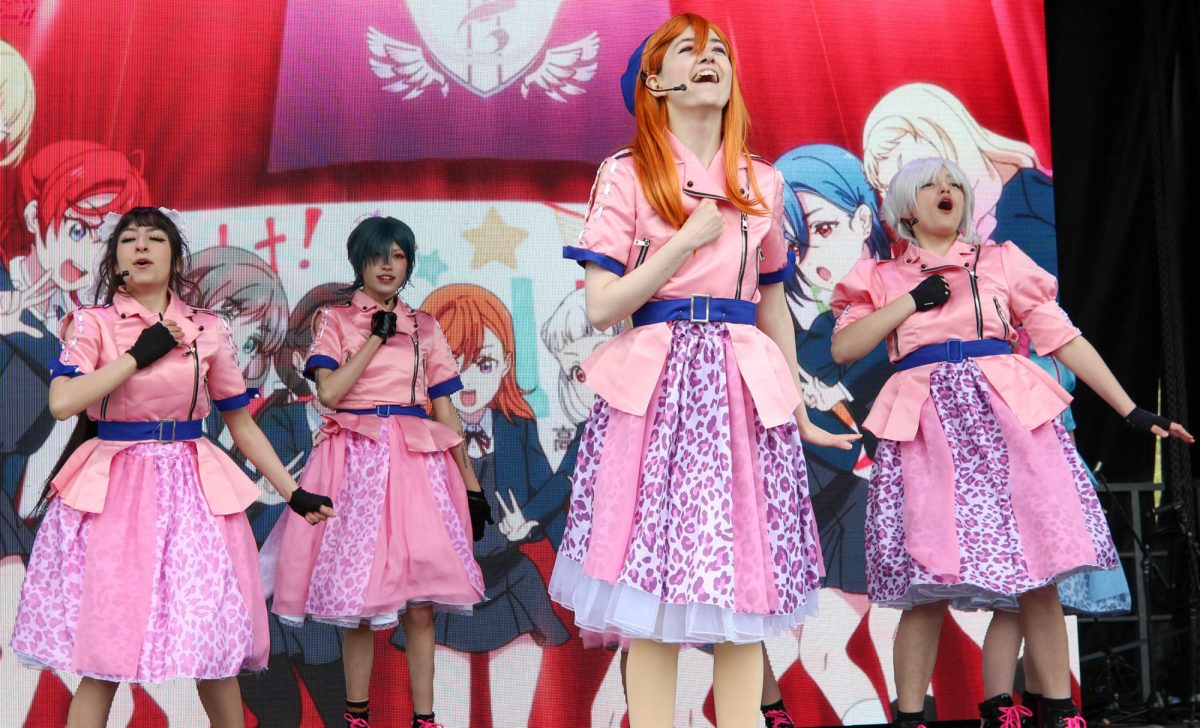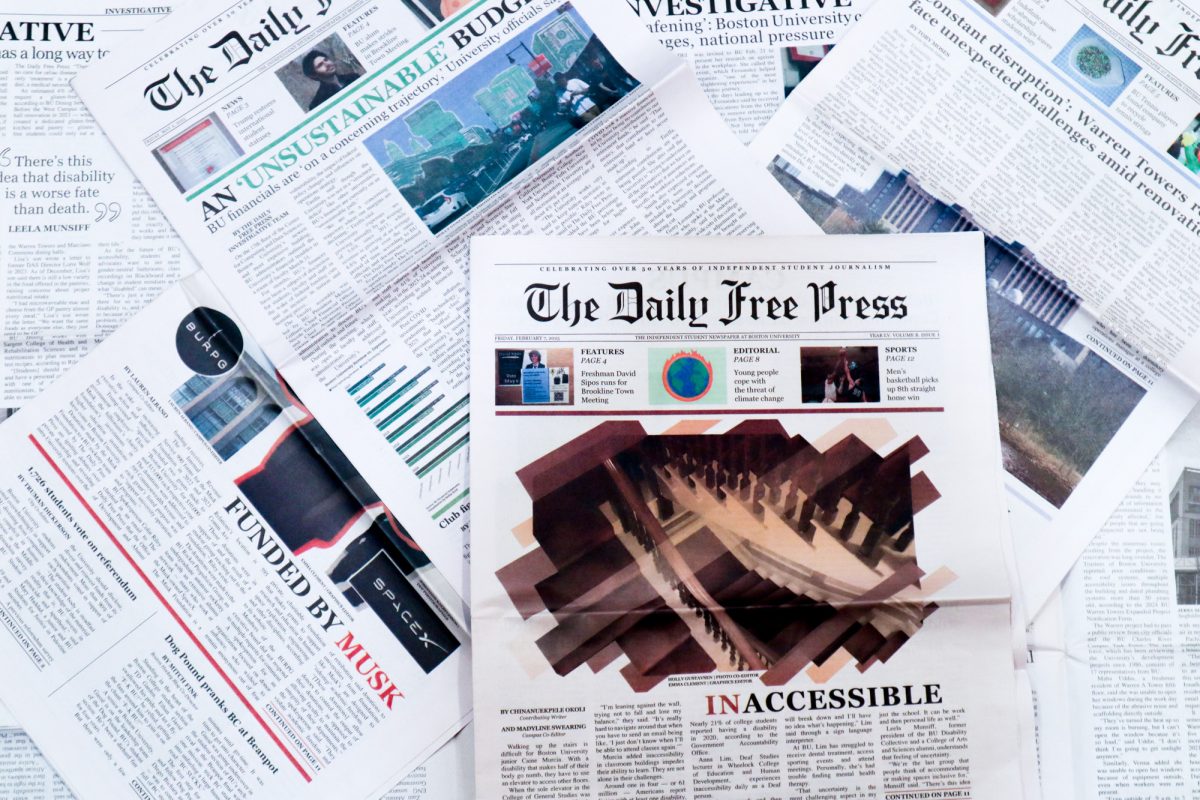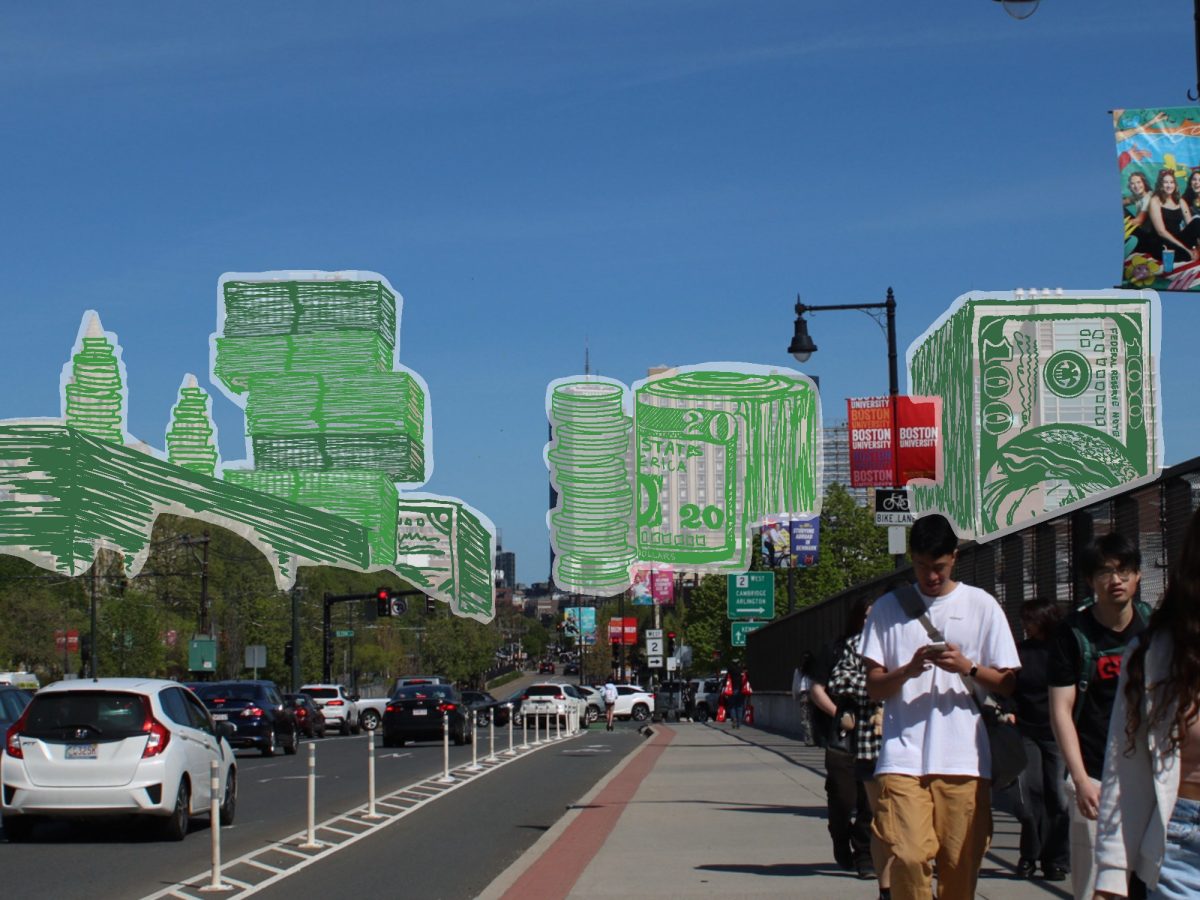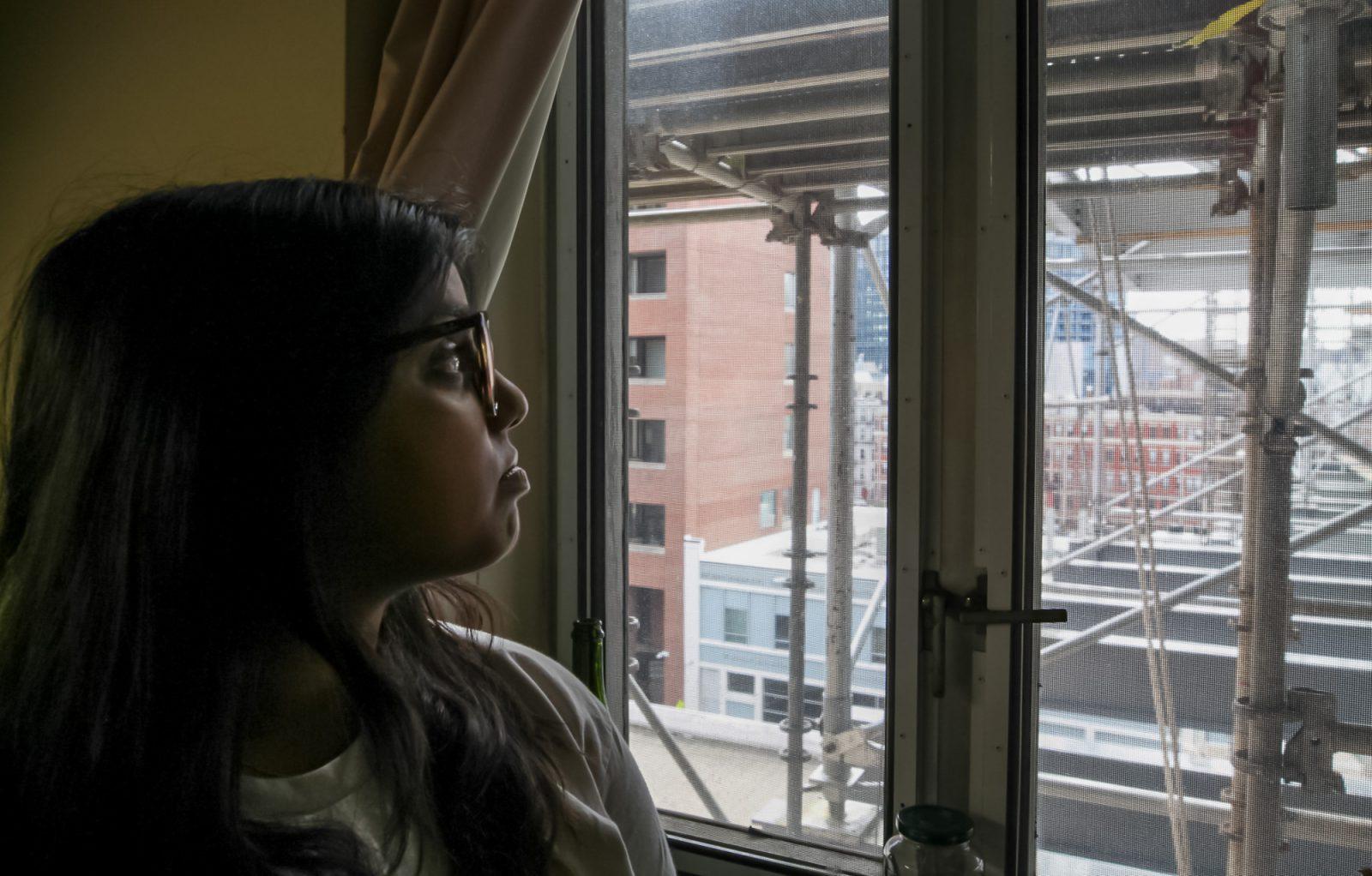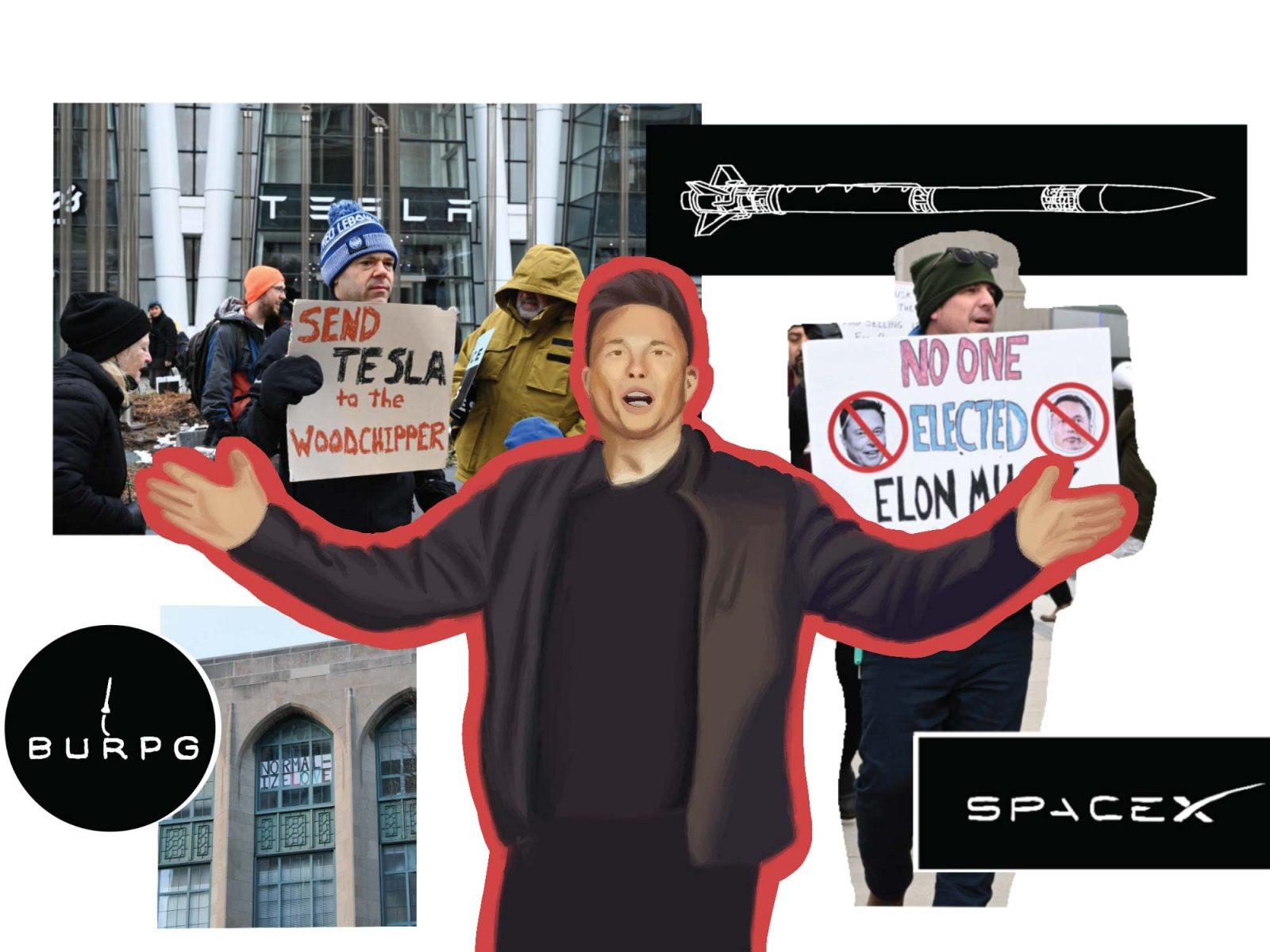Somewhere below the sunny skies of central Florida lies Walt Disney’s little slice of imagination. Or what he thought it would become.
“I don’t want the public to see the world they live in when they are in [Walt Disney World],” Disney said. “I want them to feel like they’re in another world.”
How outrageously wrong he turned out to be.
Walt Disney World is possibly the closest anyone has come to creating a large-scale utopian society. Disney imagined a place where people could enter the theme park gates and forget all about the complications of everyday life. It would be a city in itself, devoid of all reality. And to the naked eye, Disney World is indeed such a place. When you first step through the Magic Kingdom gates you feel as if you’ve been transformed into an entirely different lifestyle. But a closer look at “The Happiest Place on Earth” shows that it’s merely a crude display of American values and swine-like greed.
Let me disclaim that “American values and swine-like greed” aren’t necessarily bad. In fact, it’s those exact qualities that have made Disney World one of the world’s most popular tourist destinations. But most tourists don’t see those qualities.
My mother, always one for whims, asked me as I was waiting for my Christmastime train to Philadelphia if I would like to go to Disney World. Seeing as I’d been there three times before and had loved it each time, I immediately accepted the invitation. It would be a small vacation, but I thought any trip to see Mickey and Minnie would be worth the time.
But as it turned out, Disney World is not really worth the time, and surely not worth the money. What Walt Disney envisioned as a community of stress-free, reality-free fun has become a hulking, disgusting gift shop. That gift shop is disguised by character greetings with long lines, rides with even longer lines and one of the world’s largest fake smiles.
Of course, some say Disney World is for children. Well, most of the children I saw at the park were too busy crying or sleeping to know what was going on around them. So their parents — baby boomers and late-period yuppies — pay for a flight, tickets to the parks, a hotel room, food, drink and extraneous services so their kids can cry in the heat. Most of these kids, younger than five years old, won’t even be able to recall the trip in five years.
The most telling example of how Disney World affects young children came while watching a young girl, about six years old, running with her autograph book in hand. Smiling wide, she yelped, “Look, mom! I got the security guard’s autograph!” It just goes to show that if you give a child an autograph book and a pen, she won’t care where she is. Kids are easily amused.
Disney World plays on the naiveté of these kids’ parents. Supposedly every family has to take a trip there, so every family usually does. Mine has three times, and I thought I had a great time. But in retrospect, all I can remember is running around with an autograph book one time and buying a bunch of figurines to “collect” Disney toys another time. I must’ve destroyed my parents’ wallets with that one.
This time it wasn’t toys, but I still destroyed my mother’s wallet. She insisted on paying for almost everything, including the flight, the hotel room, lunches, dinners and drinks (alcohol is everywhere in Disney World). You’d think the amount of fun would match the amount of money, but it wasn’t even close. Even Peter Pan’s Voyage had a 45-minute line. Worse, Dale Chipmunk, one of Disney’s lower-tier characters — right up there with those Country Bears — had a line of at least 30 kids. What is the meaning of this?
And what about those characters? You usually either have to wait in a long line or pay for a “character meal” to see them. Because of this, you either get tired and cranky children or frustrated and almost-broke parents. Why can’t the characters roam freely, stopping every once in a while to write an autograph or pose for a picture? If Disney World is so afraid of characters being mobbed, then it hasn’t quite reached the goal of a utopian society.
I do support Disney’s original mission of utopia, but if I wanted what I get in Disney World, I’d head to the nearest Six Flags. I’d pay less money, probably ride more attractions and hear fewer screaming kids.
Of course, Disney World does trump other theme parks in many respects. For one, it’s in Florida, where I was able to sit out at a pool deck, get a tan and feel the sun for the first time in ages. The resort hotels are top-notch in service, beauty and convenience. Much of the food, especially in Epcot’s World Showcase, is impeccable, despite the high prices. For these reasons alone I’d recommend Disney World to successful young adults looking for a week-long getaway. But then again, doesn’t the Bahamas offer practically the same amenities at a lower cost?
While visiting Pleasure Island, Disney’s answer to Lansdowne Street, I sat at a bar chatting with the 22-year-old bartender and a 20-year-old employee taking the night off. I asked the 20-year-old about working at Disney. Why did she work there? Was it worth it?
She told me that she defected to Orlando from Washington D.C. after a couple of unfulfilling college years. At first working at Disney was “slave work,” especially at the Magic Kingdom, where she operated rides.
“I ruined a lot of families’ vacations,” she said. Supposedly one wrong statement to a parent can destroy the entire mood of a family’s trip. And supposedly it happens often. Yeah, Happiest Place on Earth.
But after finding work at Pleasure Island, she’s learned to love it. She has great friends and a great boyfriend, she works a lot, makes money and has become a humanist.
“I really know people,” she told me. It’s fascinating for her to meet different people from different cultures — which, oddly enough, reflects the goals of a utopian society.
But despite Disney’s dream, Disney World, like America, has become a commercialized catastrophe, a cosmopolitan, globalized, mainstream mega-mall. Its next step is Wi-Fi, and I’m sure they’ll have it within five years.
No matter what Walt Disney wanted for his Florida theme park, it remains a reflection of American society, sprinkled with pixie dust and dressed up in gold. You may be in another world, but you’ll remember what country you’re in.
Tim Malcolm, a senior in the College of Communication, is Executive Editor of The Daily Free Press. He can be reached at [email protected].


